
- Kenya safaris

Kenya safari guide – where & when to go, and what to see
Kenya safaris rock! Kenya is one of East Africa’s premier safari destinations, with massive open savannah regions hosting a huge breadth and depth of African wildlife. Over 10% of the country is protected in some form or other, and national parks in Kenya rate as some of the best in the world. A safari in Kenya almost guarantees you a sighting of the big five African animals of lion , buffalo , elephant , rhino , and leopard . Alongside these big-hitters are hundreds of other species of African animals, and some of the world’s most diverse bird-life.
Straddling the equator, Kenya is dominated by the Rift Valley – a huge range of valleys strung along a 5,000 km crack in the earth’s crust that runs through East Africa. Within the Rift Valley are Africa’s highest peaks – in Kenya these are the volcanoes of Mount Kenya and Mount Elgon. East of the Rift Valley are the coastal plains, whilst the north of Kenya is made up of arid wastelands. The prime Kenya safari destinations are the Central Highlands and areas within the Rift Valley. The south of the country hosts the great migration of plains animals and their predators each year between June and November. In short, Kenya safaris are up there with the very best in terms of wildlife and scenery.
Self-drive safaris are an option in many national parks in Kenya, though to enjoy full access to the most remote (and tourist-free) areas you’ll need a 4WD car or jeep. If you fancy taking a tour or arranging your own guide and/or driver have a look at our list of safari tour companies in Kenya before arrival in the country.
Alongside safaris and wildlife spotting, a visit to Kenya allows you to easily extend your safari with a visit to a resort on the Indian Ocean coast, or with activities such as trekking, hiking, sailing or diving .
Useful resources
- Book a Kenya Safari
- Kenyan Ministry of Tourism
- Kenya Wildlife Service
Kenya safari highlights
Experience maasai culture.
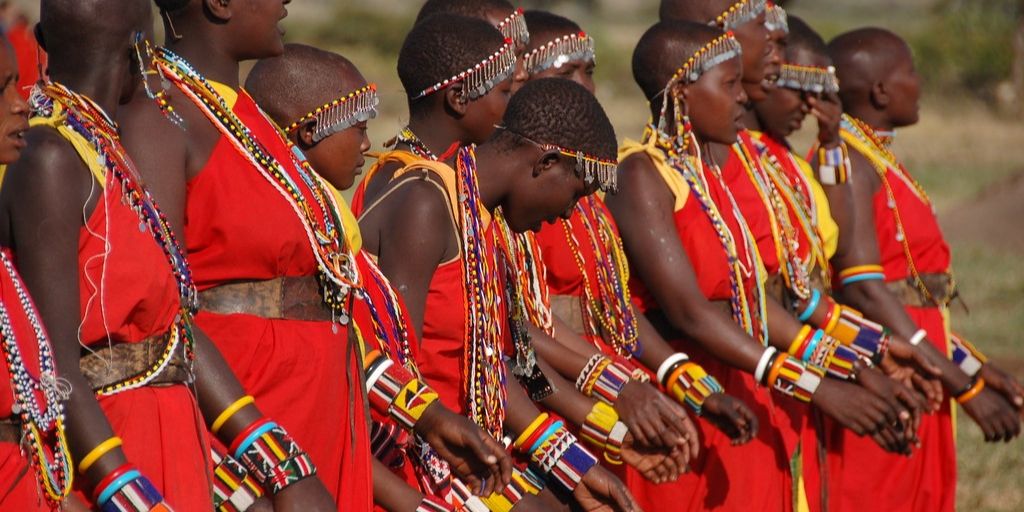
The Maasai are one of the few African tribes who have retained most of their traditions, lifestyle, and lore – along with their distinctive red robes. Many safari lodges and operators work with local Maasai on community projects. Experiencing some time in a Maasai village whilst in Kenya is a unique cultural experience that will help put your visit in context.
Big five spotting

Big five spotting in Kenya is high on most visitor’s safari checklist, and with Kenya’s superb network of national park gems seeing Africa’s biggest beasts up close and personal is a realistic goal. Destinations rich in lion, leopard, elephant, rhino, and buffalo are clustered in the south of the country, particularly Amboseli, Masai Mara and East and West Tsavo (for the Tsavo lions !) national parks.
Watch the ‘Great Wildebeest Migration’

Indian ocean beach perfection

Best time to safari in Kenya
The peak tourist season in Kenya is January and February when the weather is consistently warm and dry, with wildlife easy to spot in large concentrations. If you take a Kenya safari in peak season expect to be in company with crowds of tourists, and paying top dollar for your safari. If you’re specifically after catching sight of the annual great migration, June to October is the time to head to the Masai Mara National Park in southern Kenya.
The long rains hit Kenya through March, April and May, and the short rains from October to December. During the short rains, it generally rains only for short periods at a time, meaning your wildlife viewing will not be too disrupted. This is the time you can get some great deals on safari tours, or safari lodges if you’re travelling independently.
Flights To Kenya
Search, track and book flights to Kenya, from anywhere in the world.
Kenya Accommodation
Find safari accommodation in Kenya – from budget campsites to luxury lodges.
Kenya Car Hire
Considering a self-drive safari? Research and book car hire in Kenya.
Activities in Kenya
Search and book things to do in Kenya – tours, excursions and activities.
National parks in Kenya
With a stunning array of wildlife and more than 10% of the country given over to national parks and reserves, Kenya is undoubtedly one of the world’s best safari destinations. Whilst the world-famous Kenyan national parks such as Masai Mara and Amboseli National Parks can be uncomfortably heaving with tourists in January and February, Kenya has plenty of smaller, out of the way national parks that see only a trickle of visitors year-round. As such it’s well worth taking the time to consider whereabouts in Kenya to go on safari if you’re visiting during peak season.
Top Kenya national park picks
Masai mara national reserve.
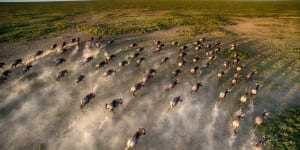
Situated in southwest Kenya, the Masai Mara is part of the northern section of the Serengeti National Park, and is generally recognised as one of the greatest wildlife reserves in Africa. The reserve is famous for the abundance of predators – particularly big cats – and the great wildebeest migration to feed these predators, as well as the Maasai people themselves.
- Lake Nakuru National Park
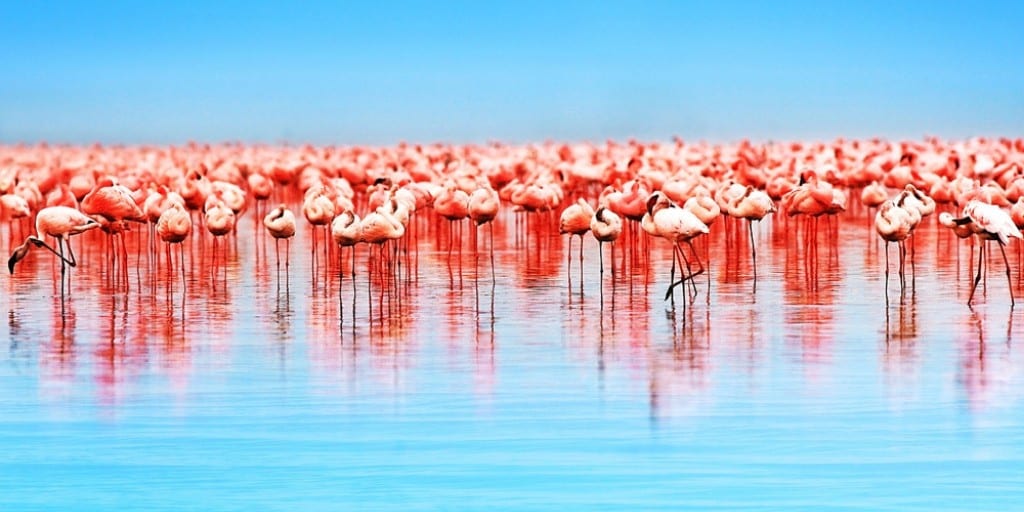
The stunning Lake Nakuru National Park is on the floor of the Great Rift Valley, surrounded by bushy grasslands and woods. There are 56 species of mammal in the park, but the star show are the thousands of flamingos, arriving in their millions some years.
- Amboseli National Park

Crowned by Africa’s highest peak, Mount Kilimanjaro, Amboseli is one of Kenya’s most popular parks . The name ‘Amboseli’ comes from the Maasai language and means ‘salty dust’… perfect for the large herds of elephants that roam the park.
- Meru National Park
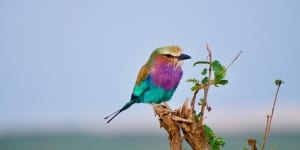
Meru National Park is a Kenyan park is located 350 km from Nairobi, featuring multiple landscapes including grasslands, swamp, jungle and rivers. It’s a birders paradise with over 427 recorded bird species, in addition to the big five .
All national parks in Kenya
Use the map below to locate all national parks in Kenya. Click the icons for more info.
Get Directions
- Aberdare National Park
- Arabuk Sokoke National Park
- Hell’s Gate National Park
- Kakamega National Park
- Lake Bogaria National Park
- Malindi Watumu National Park
- Masai Mara National Park
- Mount Elgon National Park
- Mount Kenya National Park
- Nairobi National Park
- Saiwa Swamp National Park
- Shimba Hills National Park
- Tsavo National Park
Kenya safari resources
Kenya safari companies.

There are plenty of companies offering safari tours around Kenya. The focus is on the high end, but there are some companies that specialize in mid and budget safaris. Check out our reviews of safari tour companies in Kenya .
Kenya safari lodges
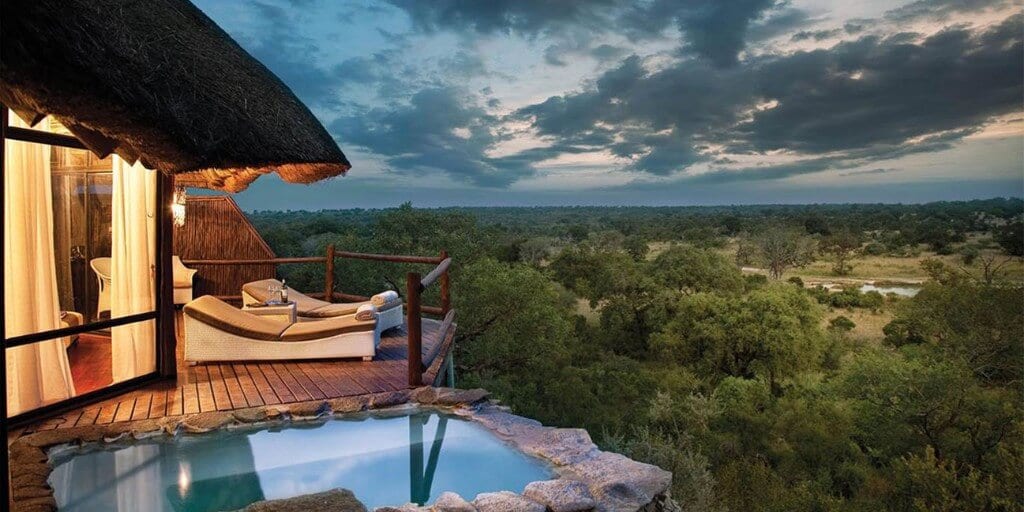
As a tourism-focussed country, Kenya has plenty of choice when it comes to safari accommodation. Lodge standards vary from rustic to modern, from the simple room to extreme luxury with en-suite private plunge pool. Search and book accommodation in Kenya .
For a trip to Kenya, travellers are required to apply for a visa. The easiest, most commonly used visa for going on a safari in Kenya, is the Kenya e-visa . It is valid for 90 days, and can even be extended once to 180 days once you arrive in Kenya. The visa can easily be applied for online and will save you the hassle of having to apply at an embassy or consulate.
Read safari guides to all countries
Botswana safaris , Namibia safaris , Rwanda safaris , South Africa safaris , Tanzania safaris , Uganda safaris , Zimbabwe safaris
Do you have any experience of planning or going on safari in Kenya?
We’d love to hear any feedback or tips you may have – please get in touch , or add to the comments below.
Top countries for safaris
- Botswana safaris
- Namibia safaris
- South Africa safaris
- Tanzania safaris
- Uganda safaris
Safari basics
- Safari animals
- How to find the right safari company
- When to go on safari
- What to take on safari
- Safari clothing – what to wear
- Safari rules & etiquette
- Wildlife spotting tips
Most read articles
- All about the ‘big five’ animals
- Collective nouns for animals
- Safari movies to watch before you go
- The world’s fastest land animals
- Apex predators
- 10 Fascinating African tribes
- The biggest animals in the world
- 17 Epic hybrid animals
- The world’s ugliest animals
- Why are flamingos pink?
Africa’s best game reserves
- Chobe National Park, Botswana
- Etosha National Park, Namibia
- Kruger National Park, South Africa
- Masai Mara National Reserve, Kenya
- Moremi Game Reserve, Botswana
- Okavango Delta, Botswana
- Serengeti National Park, Tanzania
Session expired
Please log in again. The login page will open in a new tab. After logging in you can close it and return to this page.
- You are here:
- Kenya Tours
Your Safari
Tour length, rates in usd $ – change currency, starting from.
- Nairobi (2376)
- Mombasa (52)
- Diani Beach (12)
- Entebbe (5)
- Johannesburg (0)
- Zanzibar (1)
- Dar es Salaam (0)
- Victoria Falls Town (0)
- Kampala (0)
- Windhoek (0)
- Addis Ababa (0)
- Cape Town (0)
- Livingstone (0)
- Antananarivo (0)
- Hoedspruit (0)
- Port Elizabeth (0)
- Pretoria (0)
- Bujumbura (0)
- Hazyview (0)
- Nelspruit (1)
- Upington (0)
- Blantyre (0)
Comfort Level
- Luxury+ (28)
- Luxury (681)
- Mid-range (1,251)
- Budget (390)
Private or Shared Tour
- Private tour (2,004)
- Shared tour (452)
Safari Type
- Lodge, tented camp or hotel (2,385)
- Camping (71)
Operator Rating
- & up (2,340)
Specialized Tours
- Fly-in safaris (101)
- Family (1,247)
- Beach time (173)
- Honeymoon (709)
- Gorilla trekking (18)
- Photographic safaris (2)
- Mountain climbing (37)
- Walking safaris (5)
- Self-drive (0)
- Guided self-drive (0)
- Chimp trekking (14)
- Overland tours (0)
- Cycling safaris (2)
- Canoe safaris (0)
- Horseback safaris (2)
- Birding tours (3)
- Accessible safaris (0)
- Golf & Wildlife (1)
Other Tour Features
- Airport transfer is included (2,441)
- Itinerary can be customized (2,117)
Filter by Operator
Filter by accommodation, operators from.
- Kenya (2,304)
- South Africa (14)
- Tanzania (27)
- United Kingdom (32)
- United States (61)
- Australia (0)
- Belgium (0)
- Botswana (0)
- Comoros (0)
- Denmark (0)
- Ethiopia (32)
- Eswatini (0)
- Germany (0)
- Ireland (0)
- Lesotho (0)
- Madagascar (0)
- Mauritius (0)
- Mayotte (0)
- Mozambique (0)
- Namibia (0)
- Netherlands (0)
- New Zealand (0)
- Nigeria (0)
- Portugal (10)
- Reunion (0)
- Seychelles (0)
- Singapore (0)
- Switzerland (3)
- Uganda (51)
- United Arab Emirates (0)
- Zimbabwe (0)
Kenya Safari Tours - Compare 2,456 Packages
Kenya is the historical home of the East African safari, a land of sweeping savannah grasslands inhabited by charismatic megafauna, including big cats, the Big Five (elephant, buffalo, lion, leopard and rhino) and just about everything in between. Elsewhere, landscapes here stir the soul with deserts in the north, dense forests in the west, Rift Valley lakes in the center and tropical coast out east. The result for those on safari is an experienced safari industry ready to show you a seemingly endless parade of wildlife against one of the most beautiful backdrops in Africa.

3-Day Maasai Mara Eco Safari by Air
$1,595 to $2,035 pp (USD)
Kenya: Shared tour (max 7 people per vehicle) Mid-range Tented Camp
You Visit: Nairobi (Start) , Masai Mara NR, Nairobi (End)
WildLife Sun Safaris Tour operator has an office in Kenya
5.0 /5 – 79 Reviews

10-Day Safari & Beach Adventure
$2,481 to $3,328 pp (USD)
Kenya: Private tour Mid-range Lodge & Tented Camp
You Visit: Nairobi (Start) , Masai Mara NR, Lake Nakuru NP, Lake Naivasha (Naivasha) , Amboseli NP, Tsavo East NP, Diani Beach, Nairobi (End)
Kameraz of Afrika Tour operator has an office in Kenya
4.8 /5 – 97 Reviews

8-Day Kenya Safari & Beach Holiday
$6,474 to $7,666 pp (USD)
Kenya: Private tour Luxury Lodge & Tented Camp
You Visit: Nairobi (Start) , Masai Mara NR, Diani Beach, Nairobi (End)

4.9 /5 – 149 Reviews

3-Day Private Luxury Tour to Masai Mara National Reserve
$1,095 to $1,469 pp (USD)
Kenya: Private tour Luxury Tented Camp
5.0 /5 – 16 Reviews

3-Day Masai Mara Daily Joining Safari - Enkorok Camp
$652 to $1,124 pp (USD)
Kenya: Shared tour (max 8 people per vehicle) Mid-range Tented Camp
Samson’s Safaris Tour operator has an office in Kenya
5.0 /5 – 31 Reviews

3-Day Safari from Mombasa Tsavo East, Saltlick Lodge
$946 to $990 pp (USD)
Kenya: Private tour Mid-range Lodge
You Visit: Mombasa (Start) , Tsavo East NP, Taita Hills WS, Mombasa (End)
Back of Africa Adventure Tour operator has an office in Kenya
4.8 /5 – 84 Reviews
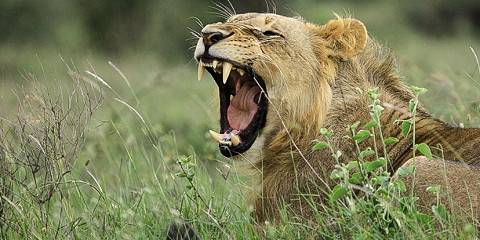
3-Day Masai Mara Classic Safari at Mara Simba Lodge
$850 to $1,235 pp (USD)
Indigo Safaris
4.8 /5 – 123 Reviews

9-Day Ol Pejeta, Samburu, Lake Nakuru and Masai Mara
$2,673 to $2,970 pp (USD)
You Visit: Nairobi (Start) , Ol Pejeta (Laikipia) , Samburu NR, Lake Nakuru NP, Masai Mara NR, Nairobi (End)
Madukha Tours and Safaris Tour operator has an office in Kenya
4.7 /5 – 26 Reviews
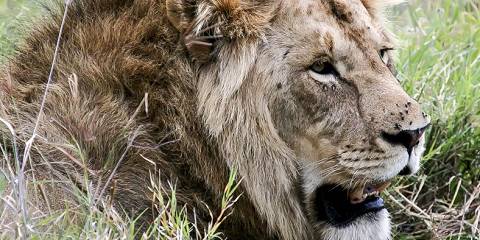
3-Day Group Joining Masai Mara
$350 to $589 pp (USD)
Kenya: Shared tour (max 8 people per vehicle) Budget Tented Camp
Jocky Tours and Safaris Tour operator has an office in Kenya
4.9 /5 – 1289 Reviews
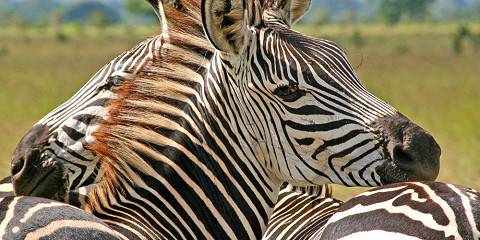
13-Day From Kenya to Tanzania and Zanzibar
$5,070 to $6,590 pp (USD)
Kenya & Tanzania: Private tour Mid-range Lodge & Tented Camp
You Visit: Nairobi (Start) , Lake Nakuru NP, Masai Mara NR, Serengeti NP, Ngorongoro Crater, Lake Manyara NP, Zanzibar (End)
Unlimited Expeditions: The Soul of Tanzania
4.9 /5 – 438 Reviews
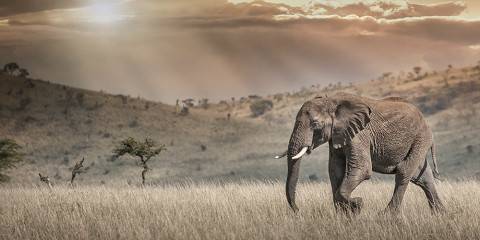
3-Day Wild Elephants Mid-Range
$830 to $950 pp (USD)
Kenya: Private tour Mid-range Tented Camp
You Visit: Nairobi (Start) , Amboseli NP, Nairobi (End)
Spirit of Kenya Tour operator has an office in Kenya
4.9 /5 – 480 Reviews

4-Day Mara & Nakuru Jeep Trek
$682 to $902 pp (USD)
Kenya: Shared tour (max 7 people per vehicle) Budget Tented Camp & Hotel
You Visit: Nairobi (Start) , Lake Nakuru NP, Masai Mara NR, Nairobi (End)
Super Eagles Travel and Tours Tour operator has an office in Kenya
4.8 /5 – 156 Reviews

4-Day Exotic Kenya - Luxury
$1,936 pp (USD)
Ways Of Africa Travel Tour operator has an office in Kenya
5.0 /5 – 60 Reviews

4-Day Roaming Mara & Lake Nakuru Budget Camping Safari
$601 to $760 pp (USD)
You Visit: Nairobi (Start) , Masai Mara NR, Lake Nakuru NP, Nairobi (End)
Jungleroam Safaris Tour operator has an office in Kenya
5.0 /5 – 7 Reviews

3-Day A Budget Tour in Maasai Mara
$781 to $1,122 pp (USD)
Kenya: Shared tour (max 9 people per vehicle) Mid-range Lodge
Creek Tours and Travels Tour operator has an office in Kenya
5.0 /5 – 6 Reviews

4-Day Kenya Group Tour on 4 By4 Land Cruiser
$580 to $750 pp (USD)
You Visit: Nairobi (Start) , Masai Mara NR, Maasai Village (Cultural Village) , Lake Nakuru NP, Nairobi (End)
Josana Tours Tour operator has an office in Kenya
4.8 /5 – 18 Reviews

3-Day Magical Mara Migration Joining
$396 to $517 pp (USD)
Kenya: Shared tour (max 7 people per vehicle) Budget Tented Camp
Tai Adventures Tour operator has an office in Kenya
4.9 /5 – 7 Reviews

5-Day Masai Mara Fly-in Luxury Tour
$4,851 to $5,071 pp (USD)
Nashibe Adventures Tour operator has an office in Kenya
5.0 /5 – 12 Reviews
9-Day Luxurious & Spectacular Safari-Majestic Wonderland
$2,918 to $3,957 pp (USD)
Kenya: Private tour Luxury Lodge & Hotel
You Visit: Nairobi (Start) , Tsavo West NP, Amboseli NP, Lake Naivasha (Naivasha) , Lake Nakuru NP, Masai Mara NR, Nairobi (End)
Peak Season Africa Safaris Tour operator has an office in Kenya

6-Day Best of Kenya Maasai Mara-Lake Nakuru-Amboseli
$693 to $924 pp (USD)
Kenya: Shared tour (max 8 people per vehicle) Budget Camping & Hotel
You Visit: Nairobi (Start) , Masai Mara NR, Lake Nakuru NP, Amboseli NP, Nairobi (End)
Dennsland Trekktours Tour operator has an office in Kenya
4.4 /5 – 21 Reviews
Related Searches
- Kenya Tour Operators
- Kenya Budget Safaris
- Kenya Luxury Tours
- Kenya Honeymoon Safaris
- Kenya Tours for Families
- Kenya Camping Safaris
- Masai Mara Safari Tours
- Amboseli Safari Holidays
- Tsavo East Safaris
- Tsavo West Safaris
- Kenya Safari & Mombasa Beach
- Diani Beach Beach Holidays
8 Questions About Kenya Safaris

Answered by
Anthony ham.

When is the best time to visit Kenya?
“June to October is an excellent time for Kenya tours. During these months, the weather is generally dry (although it can get really hot in October and at the tail end of September) and most trails are open. This also coincides with the wildebeest and zebra migration in the Masai Mara National Reserve. This is the Dry season, and as it progresses, water sources for animals tend to dry up and become fewer, drawing animals in numbers to those that remain. One downside is that high-season prices apply during the Dry season months. Crowds are also larger – in some parks, the queue of safari vehicles can take away something from your experience, and some areas of the Masai Mara can be completely overwhelmed with vehicles during the migration. In the Dry season, June is one of my favorite months to visit. Visiting from November to February also has its devotees. At this time, migrating birds arrive, the rains rarely disrupt travel, and the country is transformed into a lovely shade of green. Most travelers avoid March to May because heavy rains are always possible and can transform safari trails into muddy bogs. That said, prices are lower and I visited once in April and was lucky to find very few other visitors (except for local visitors around Easter) and clear skies.”
Why visit Kenya? What are the major attractions?
“Outstanding wildlife is the main reason to visit Kenya. While many visitors come for the migration, Kenya is excellent year-round, with a large number of world-class national parks – apart from the Masai Mara, there’s Amboseli, Lake Nakuru, Tsavo East and Tsavo West National Parks and Samburu National Reserve – where superb wildlife viewing is almost guaranteed. It all adds up to Kenyan safari possibilities of great variety. Kenya is Big Five territory, with healthy populations of elephant, buffalo, lion, leopard and rhino, but the birdlife is also outstanding, as is the cultural element – this is the land of the Maasai, Samburu, Turkana and others. The sheer number of habitats, too, make for wonderful scenery – endless horizons in the Masai Mara, tropical forests in Kakamega Forest National Reserve, the starkly beautiful parks of the north, and peerless Kilimanjaro views from Amboseli.”
What does a Kenyan safari cost?
“It all depends on what sort of safari you want and can afford. Kenya has more variety than most other African safari destinations, with excellent options from the lower end of the pricing scale (from US$200 per person per day) to luxury Kenya safaris (up to US$1,000). While accommodation is partly what will determine the price for many travelers, it can also depend on how you wish to travel between the various parks. Air transfers, usually via Nairobi, can be expensive, but dramatically reduce the amount of time you’ll spend on the road, thereby maximizing the amount of time you’ll get to spend in the parks themselves. Remember also that most Kenya safari packages will include transport, accommodation, all meals and activities (including game drives).”
How is the wildlife viewing?
“It can vary from park to park. Most of the more popular parks that you can visit on a Kenya tour – Amboseli, Masai Mara, Samburu and Lake Nakuru – have fabulous wildlife-viewing opportunities. Dense wildlife populations in all of these parks make them good all-round safari destinations that enable you to see as many animals (and different species) as you can in a short period of time. Other parks are more specialist – such as the birds and primates of Kakamega, and the sitatunga in Saiwa Swamp National Park – allowing you to tick off a hard-to-find species, usually without the crowds. And a more exclusive Kenyan safari experience is possible in the conservancies of Laikipia Plateau – you pay more, but, with the exception of Ol Pejeta Conservancy, crowds are non-existent and wildlife viewing is excellent. At most of these conservancies, you can get off-road as well, meaning that you’ll get a lot closer to the animals than you will in a national park.”
How safe is Kenya for tourists?
“For the most part, a Kenya safari is safe, but there are some important things to know. Nairobi and, to a lesser extent, some other Kenyan cities have a reputation for violent crime. I’ve spent a significant amount of time in Nairobi and elsewhere and have never once had a problem, but it does happen often enough to mean that you should always be careful and follow local advice when it comes to these cities. Another potential danger comes from traveling on the country’s roads – the accident rate is extremely high. You can minimize the danger by spending as little time as you can in Nairobi and other cities (in any case, Kenya’s charm rarely resides in its major urban centers), by never traveling at night and by flying between the parks. The danger from wild animals is minimal; most Kenya safari trips and operators have excellent safety records, and you should be fine if you follow the safety briefings and instructions from guides.”
How do I select a reliable tour operator for a Kenyan safari?
“The best way to choose a Kenya safari is to read all about the safari experiences of other travelers at SafariBookings.com – chances are that their reviews will answer many of your questions (before you’ve asked them), as well as speak to the professionalism of the various operators with whom they’ve traveled. Otherwise, it’s extremely important that you contact any tour companies with whom you are considering traveling before you make a booking, and ask any questions you may have. This could be anything from the mode of transport, frequency of meals or daily safari schedules to the languages spoken by your guide or how many other travelers will be in your vehicle. Be as specific as you can. Not all operators offer customized Kenya tours, it’s true, but there’s no substitute for being informed. The operator’s willingness to answer questions can be a good guide to their dealings with people on safari.”
What type of accommodation can I expect?
“As a general rule, the higher your Kenya safari prices, the better you can expect your accommodation to be. At the lower end, campsites are usually basic, sometimes crowded and not always in the best locations within the national parks or reserves, but they are well priced and often have ample facilities such as showers and toilets. Lodges are the mainstays of the Kenya safari scene and the quality varies considerably. Many lodges within the reserves and national parks have excellent locations but are aging and in need of renovation, while others are luxurious and recently overhauled. In tented camps, including mobile camps, you’ll sleep in large, walk-in tents – they’re like lodge rooms in terms of size but with canvas for walls and floor. Canvas tents mean that you can hear the sounds of the African night. Hopefully you won’t hear the sounds of your neighboring guests if the tents are nicely spaced. Most lodge rooms and tents of this kind have comfortable (not camp) beds, sometimes a desk and usually a private bathroom; some even have an outdoor shower with no roof but walls that protect your modesty. Particularly in tented camps, you’ll most likely need to recharge your devices not in your room but at a power station in the main public area.”
What can I expect from a safari in Kenya?
“Most days out on safari begin with a quiet African voice waking you well before sunrise. After dressing quickly, and having a coffee or tea, you head out for a few hours in a safari vehicle (with other guests, a driver, guide and sometimes a tracker) looking for wildlife – this time, and the last hours before sunset, are ideal for viewing wildlife. You’ll return to the lodge or camp mid- to late morning for a proper sit-down breakfast. A few hours of relaxation, followed by lunch, then a few hours more doing very little occupies the hottest part of the day, when even animals retreat into the shade. Afternoon tea, often known as High Tea in a nod to colonial-era safari traditions, happens around 3 PM or 3:30 PM, then it’s back out looking for wildlife until after dark. Just before sunset, you’ll stop for another safari institution, the ‘Sundowner’, when you’ll watch the sunset while nursing the drink of your choice. You arrive back in camp in time to freshen up, then it’s dinner and off to bed, before it all starts again very early the next morning.”
Kenya Safari Reviews

Stuart is a travel writer and author of numerous Lonely Planet guidebooks, including 'Kenya', 'Rwanda' and 'Tanzania'.
East Africa’s Most varied Nation
Kenya is the original home of the safari. This is the land of the world renowned Masai Mara National Reserve where tawny coloured lions feast off the hundreds of thousands of wildebeest that annually migrate into the country from...
Full Review

Alan is a travel writer and author of over 20 Lonely Planet guidebooks, including the guides to Southern Africa and Zambia & Malawi.
A Safari Behemoth
In some ways, Kenya rates as the best country for safaris in Africa. That is a contentious statement and many would argue that Tanzania should be given that title. Whichever way you go, Kenya is undeniably a destination which will fulfill...

Fantastic Tour
Our tour with Anthony of Meektrails was spectacular! We saw dozens of different animals on our eight day tour of four major parks. I was amazed at the number and variety of animals. Anthony was a helpful and informative guide and all of the...
Excellent first trip to Kenya
Our group spent 3 days in the Maasai Mara before heading to Eldoret to provide medical training. This was the perfect way to get over jet lag and stay active. We were able to see the Big 5 and multiple other animals on our daily safaris. We...

Fabulous Kenya
I am a frequent visitor to Kenya. This trip did not disappoint. I always discover something new things besides revisiting the old. I love taking friends to Giraffes Center, Elephant Orphanage and City Park to feed the monkeys. Every...

Beautiful country!
It’s a beautiful country, with so much adventurous activities. The wildlife sightings are a dream come true for any wildlife enthusiast. Avoid travelling to Mombasa in Jan-Mar, as it gets very hot in the day.
Africa Kenya Safaris

- See all photos
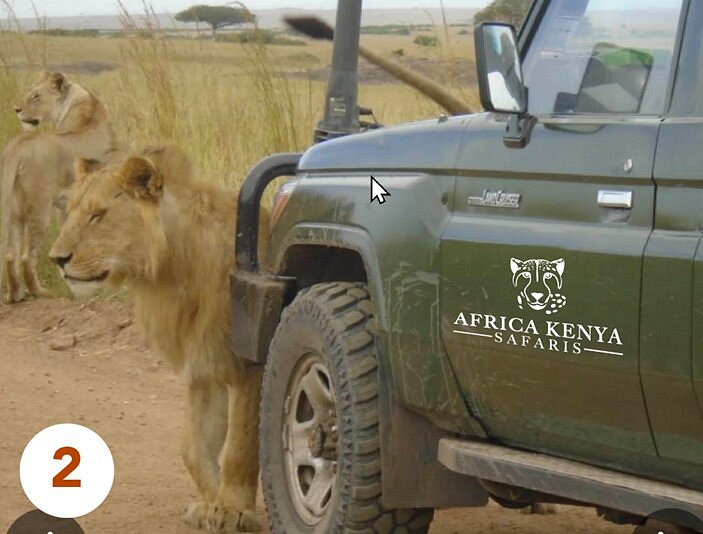
3 Days Private Tour at Masai Mara National Reserve

4-Day Tour in Lake Nakuru, Lake Naivash, Masai Mara from Nairobi

2-Day Private Tour in Masai Mara with Pick Up

3-Day Group Safari in Masai Mara with Pick Up

3-Day Private Tour in Tsavo West National Parks
Most Recent: Reviews ordered by most recent publish date in descending order.
Detailed Reviews: Reviews ordered by recency and descriptiveness of user-identified themes such as wait time, length of visit, general tips, and location information.
Africa Kenya Safaris - All You Need to Know BEFORE You Go (2024)
This website uses cookies to ensure you get the best experience on our website. Learn more
- Australian Dollars
- British Pounds
- Namibian Dollars
- New Zealand Dollars
- South African Rands
- U.S. Dollars
Talk to an expert +44 203 405 6666 Lines open now
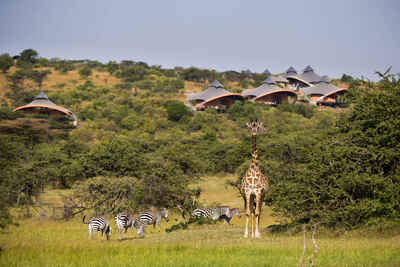
Kenya invented the safari: with its spectacular wildlife, cultural diversity and breathtaking landscapes, this is an utterly dazzling destination.
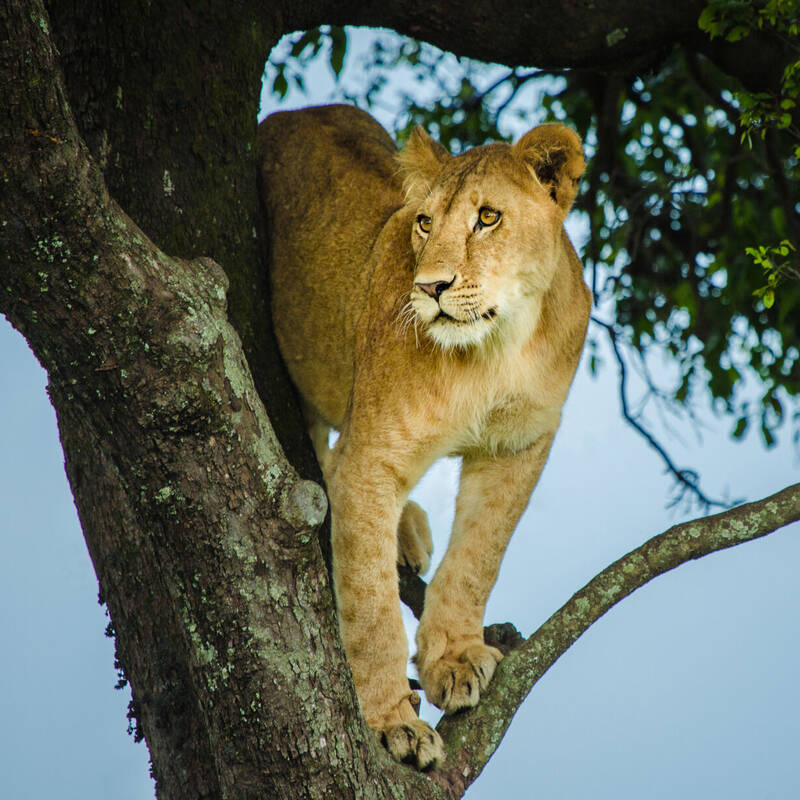
“Wonderful, but very hard to describe”: that was one recent traveller’s summary of an Expert Africa safari in Kenya, his first visit to Africa. “The impact is emotional and spiritual as well as literal. Yes, there are many animals and birds and these are real wild creatures in their natural habitat, but it is so much more than that. I will never forget this trip. It was one of the great experiences of my life.” With the Indian Ocean lapping its coral-fringed coast and Mount Kenya rising from the middle of its extraordinarily beautiful natural environment, Kenya is one of Africa’s most rewarding countries to explore. The remarkably diverse scenery, the rich variety of its wildlife and its ever-stimulating social tapestry – from traditionally dressed Maasai herders on the plains to sarong-wrapped Swahili fishermen on the coast – could keep you enthralled for months. Think of Kenya like the Maasai do – as a land formed especially for them by God. Imagine he pulled the land up in the middle – that’s Mount Kenya, with its glacier-covered peaks, dominating the highlands – then tore the east and west apart leaving the great trough of the Rift Valley with its lakes. The Maasai Mara lies in the southwest and its fabled grasslands can reveal scenes that sometimes look like a children’s animal wall frieze, as a dozen or more species of megafauna – from elephants to lions and from buffalos to zebras – mingle on the plains in front of your camera. On the coast you could be in a different country, with mosques and palm trees, crystal-blue sea and a coral reef. Wherever your trip takes you, Kenya is hard to beat as a country to thrill and impress, whether you’ve been on safari before or it's your first visit to Africa.
Safari reserves & places to visit in Kenya
Click below to read more detailed information, where you can stay, and holiday ideas visiting each area.
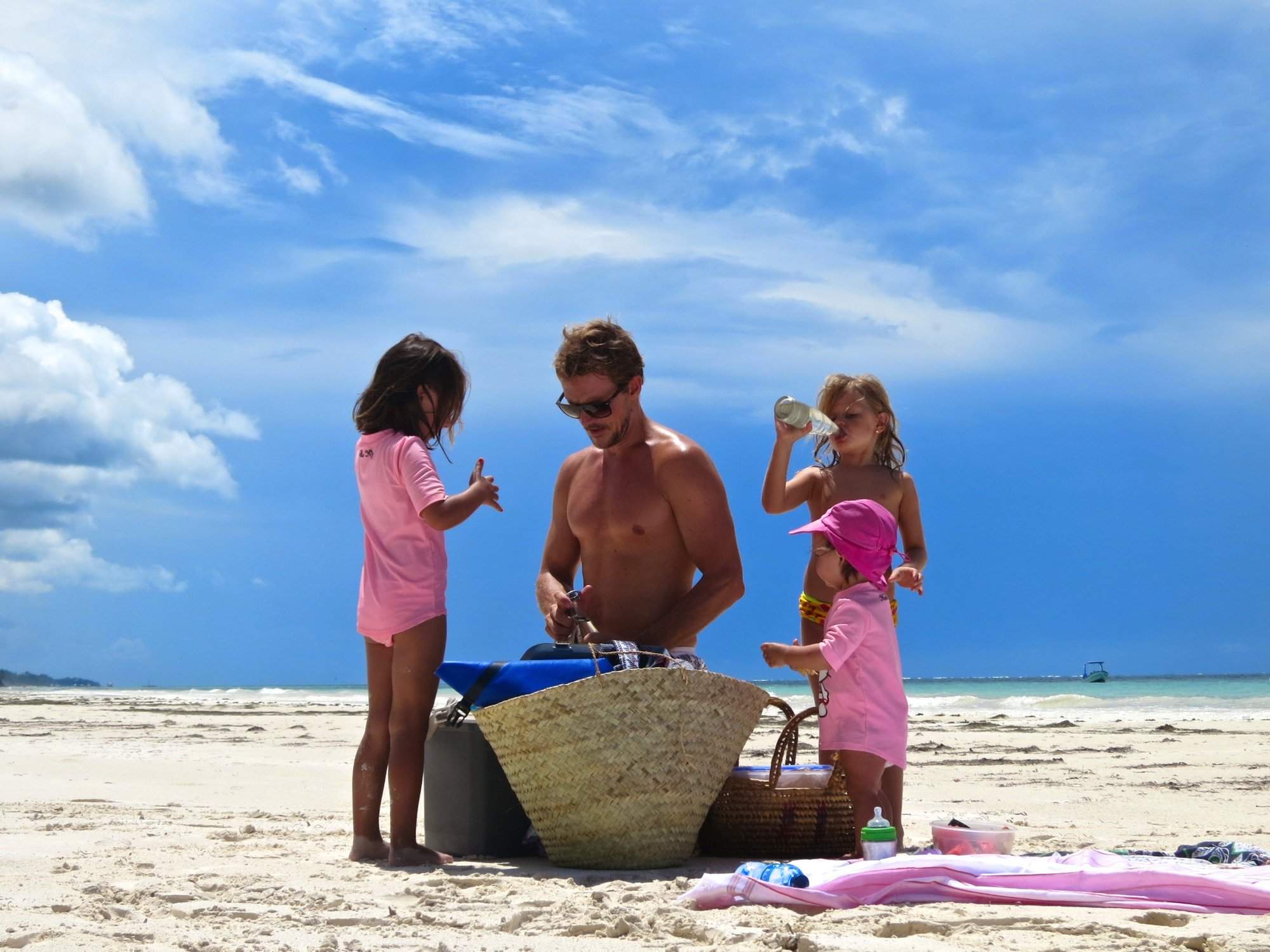
Kenya Coast
32 places to stay
Kenya’s coast is an alluring region and – relatively – little developed. As well as beautiful beaches and a coral reef, it has fascinating historical sites and forest safari areas.
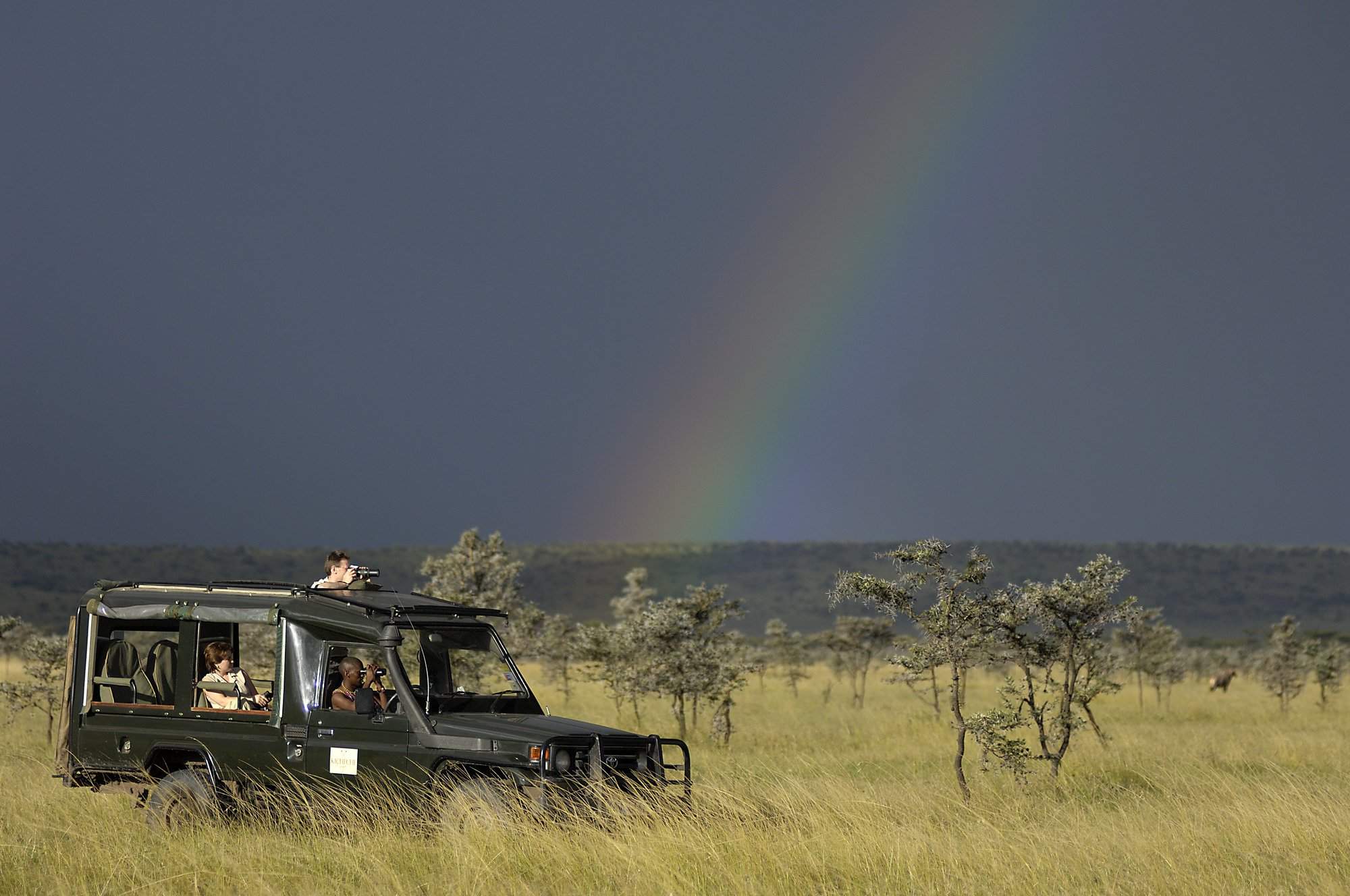
Mara Conservancies
29 places to stay
The wildlife-rich private conservancies are the Maasai-owned lands outside the national reserve. They tend to be much less busy than the reserve, but no less rewarding.
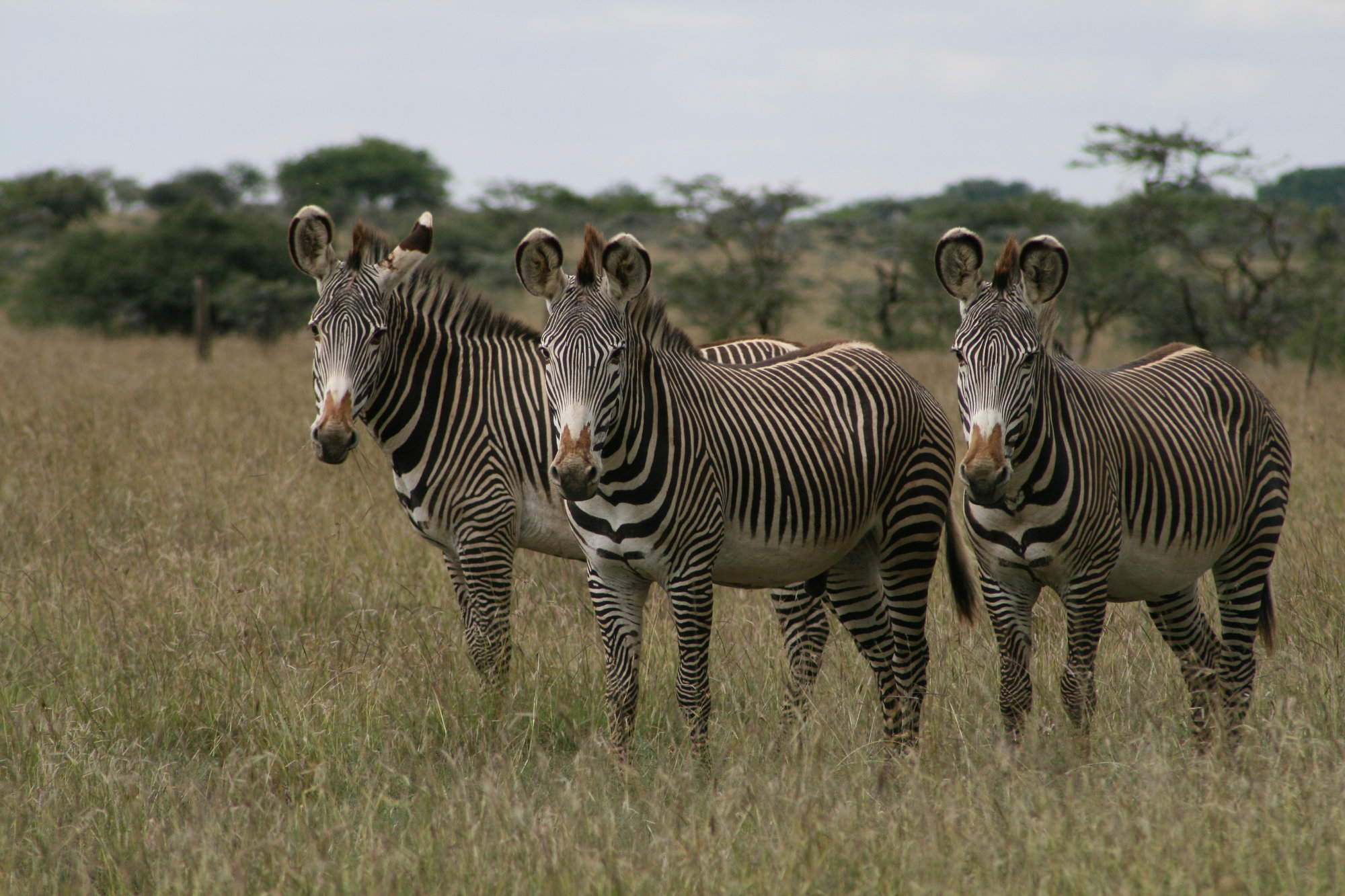
26 places to stay
Laikipia is an extensive region of large ranches and rolling, semi-arid savanna and bush country that is growing in importance for wildlife conservation and adventurous and luxury safaris.
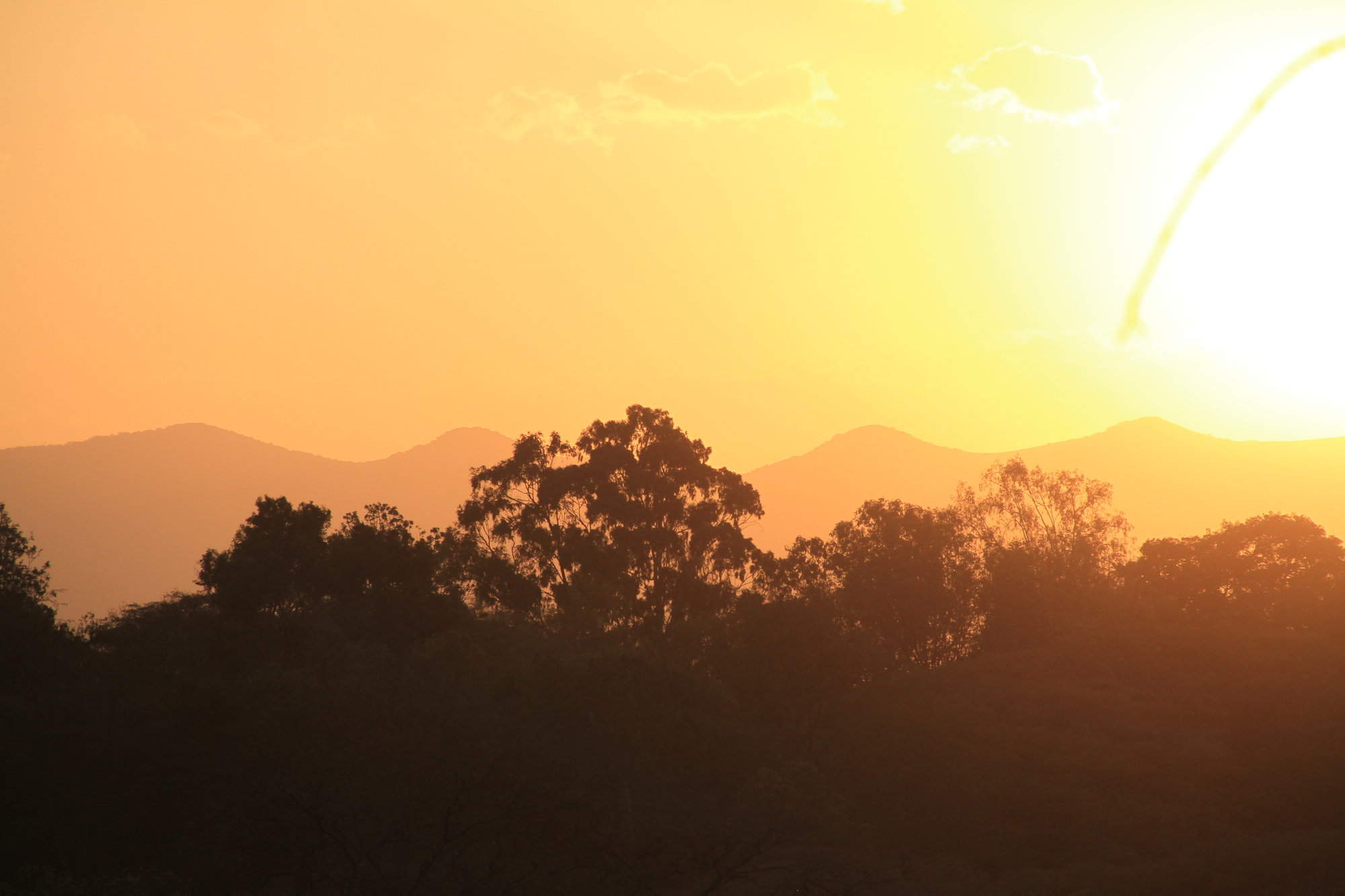
21 places to stay
Capital of Kenya and East Africa’s biggest city, Nairobi has large hanty towns and wealthy suburbs, as well as a many green spaces, including the magnificent Nairobi National Park.
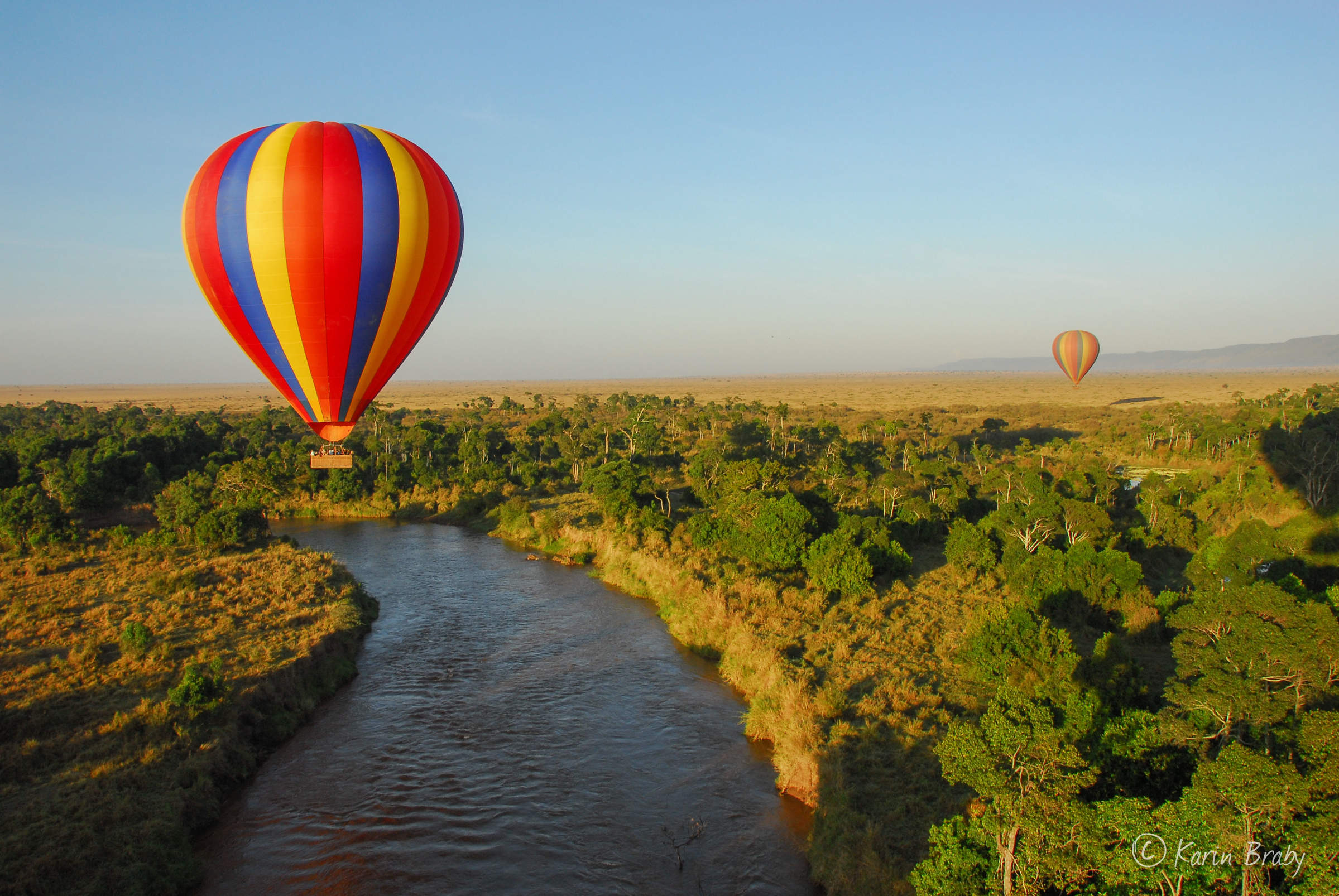
Maasai Mara
The Maasai Mara is the northern extension of the Serengeti-Mara eco-system. Together with the Mara conservancies outside the public reserve, this is Kenya’s most wildlife-rich region.
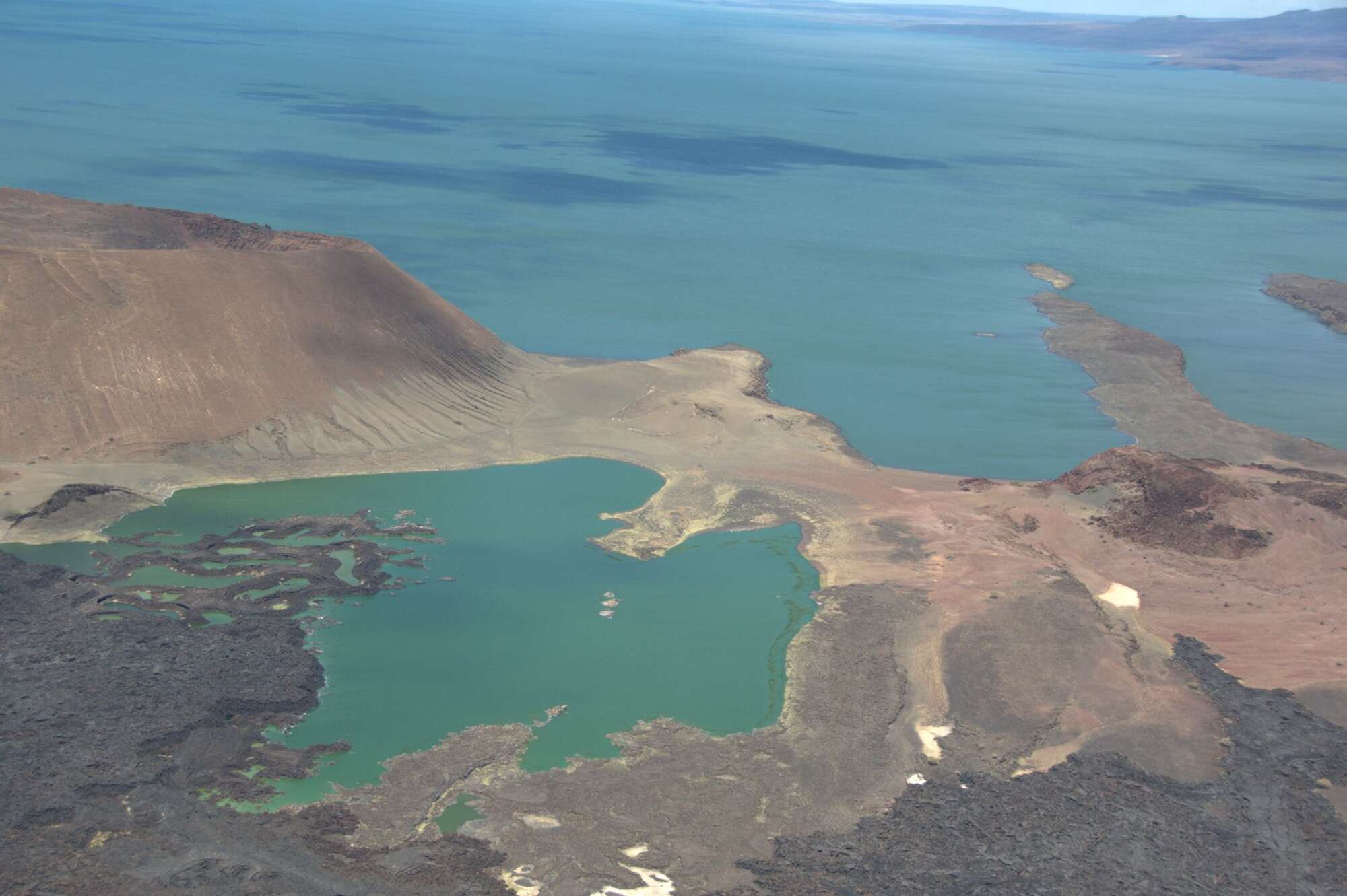
Northern Kenya
10 places to stay
Northern Kenya – split by giant Lake Turkana – is one of the country's best regions for cultural contact, and the forest-cloaked mountains have local micro-climates and much wildlife.
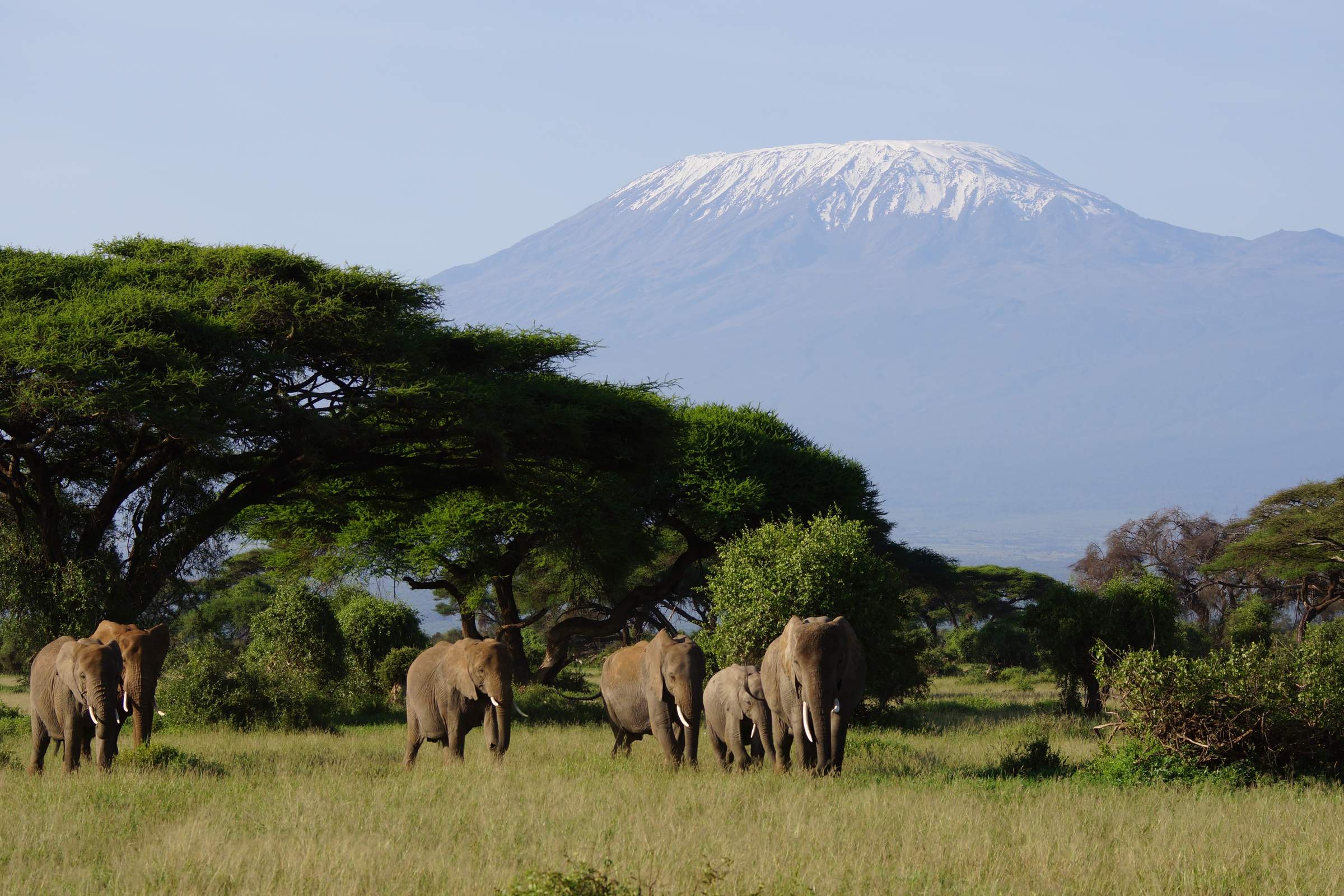
Amboseli & Chyulu Hills
7 places to stay
This region encompasses one of Kenya's most iconic national parks and a little known district of volcanic hills topped with misty cloud forest.
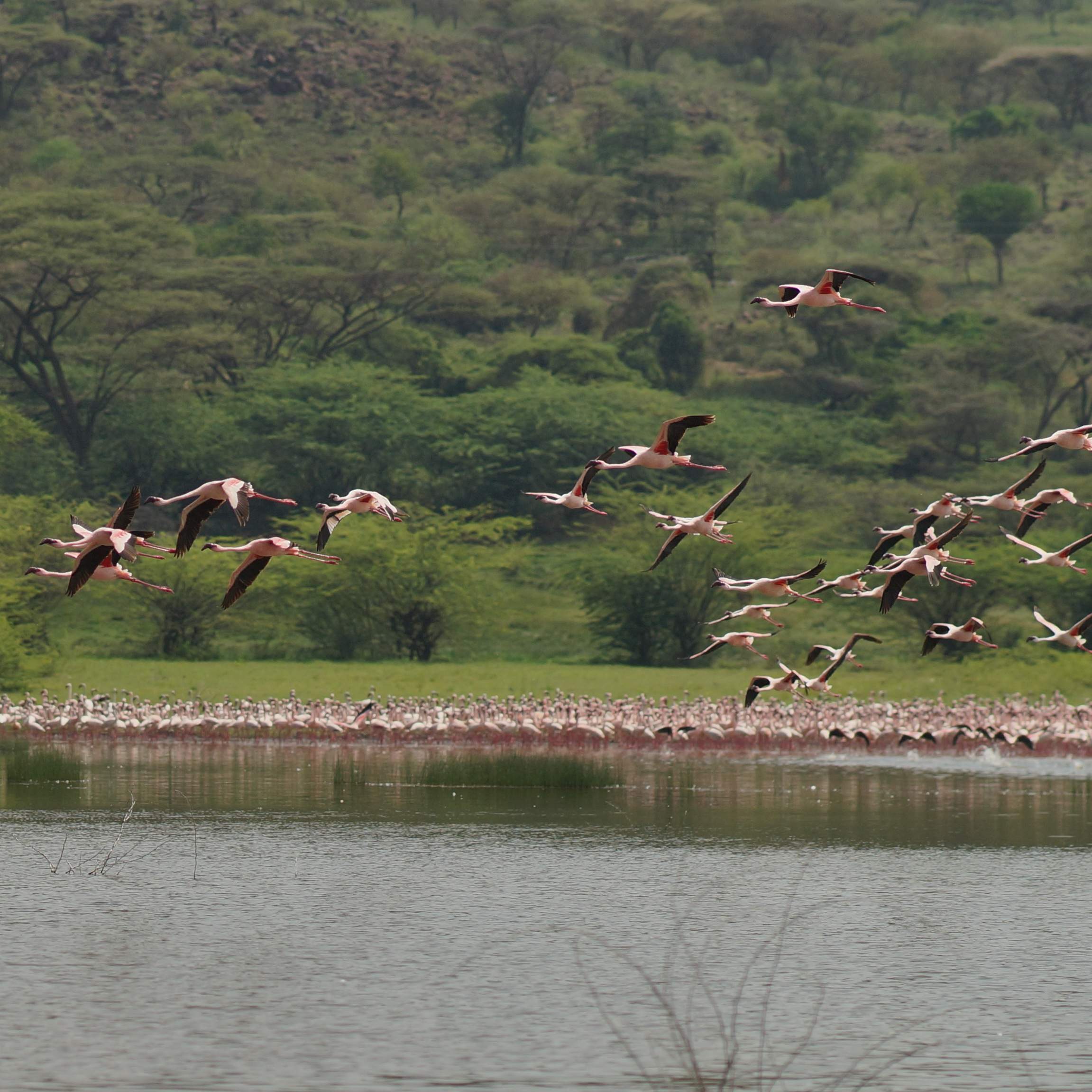
Rift Valley
4 places to stay
Most visitors take in the Great Rift Valley – embellished by a string of beautiful lakes – during the course of a road safari. It's also possible to use one or two airstrips for a fly-in safari.
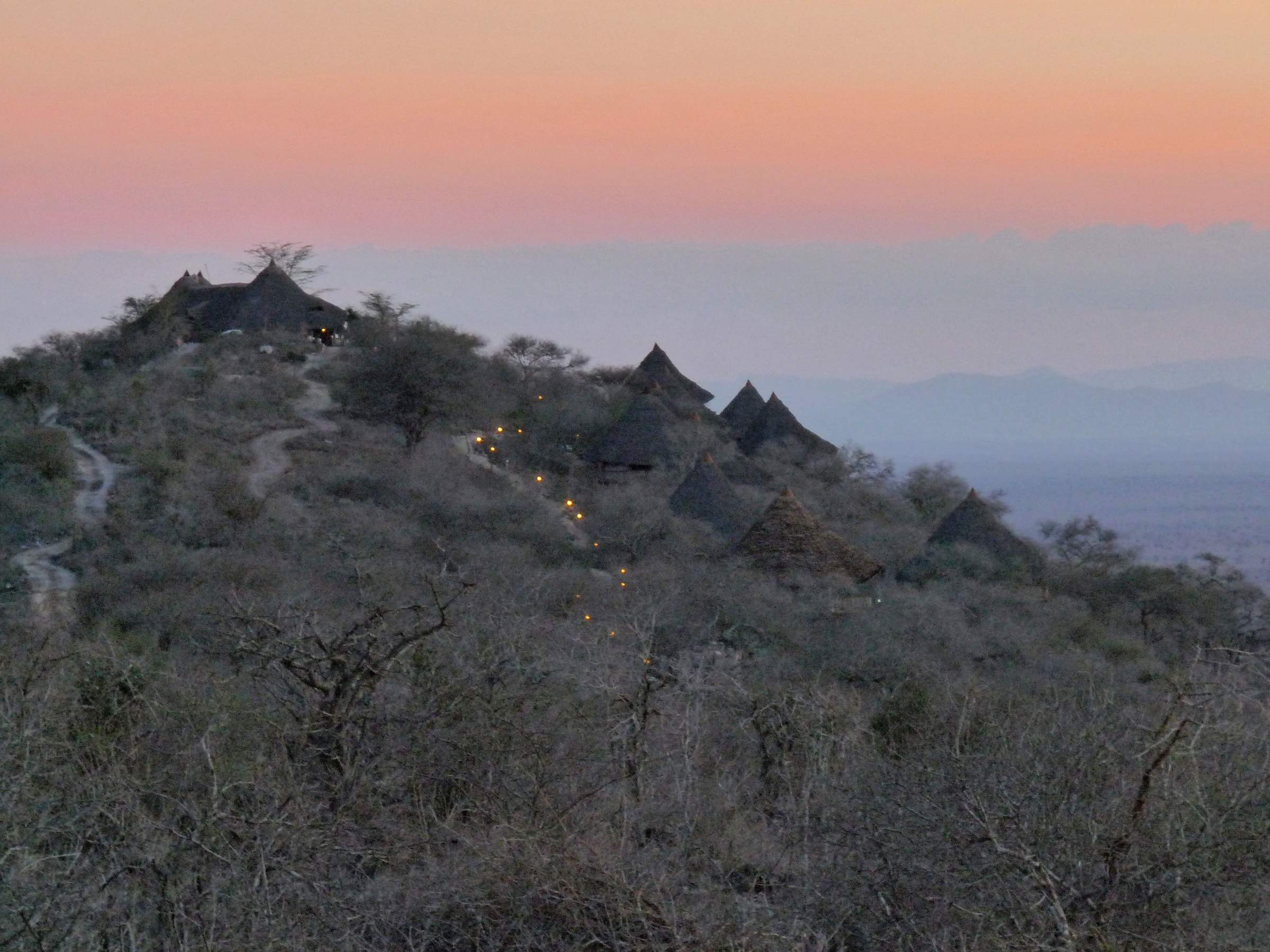
2 places to stay
This extensive park of volcanic landscapes encompasses rolling savannah, woodland and streams, and the magnetic attraction of Mzima Springs.
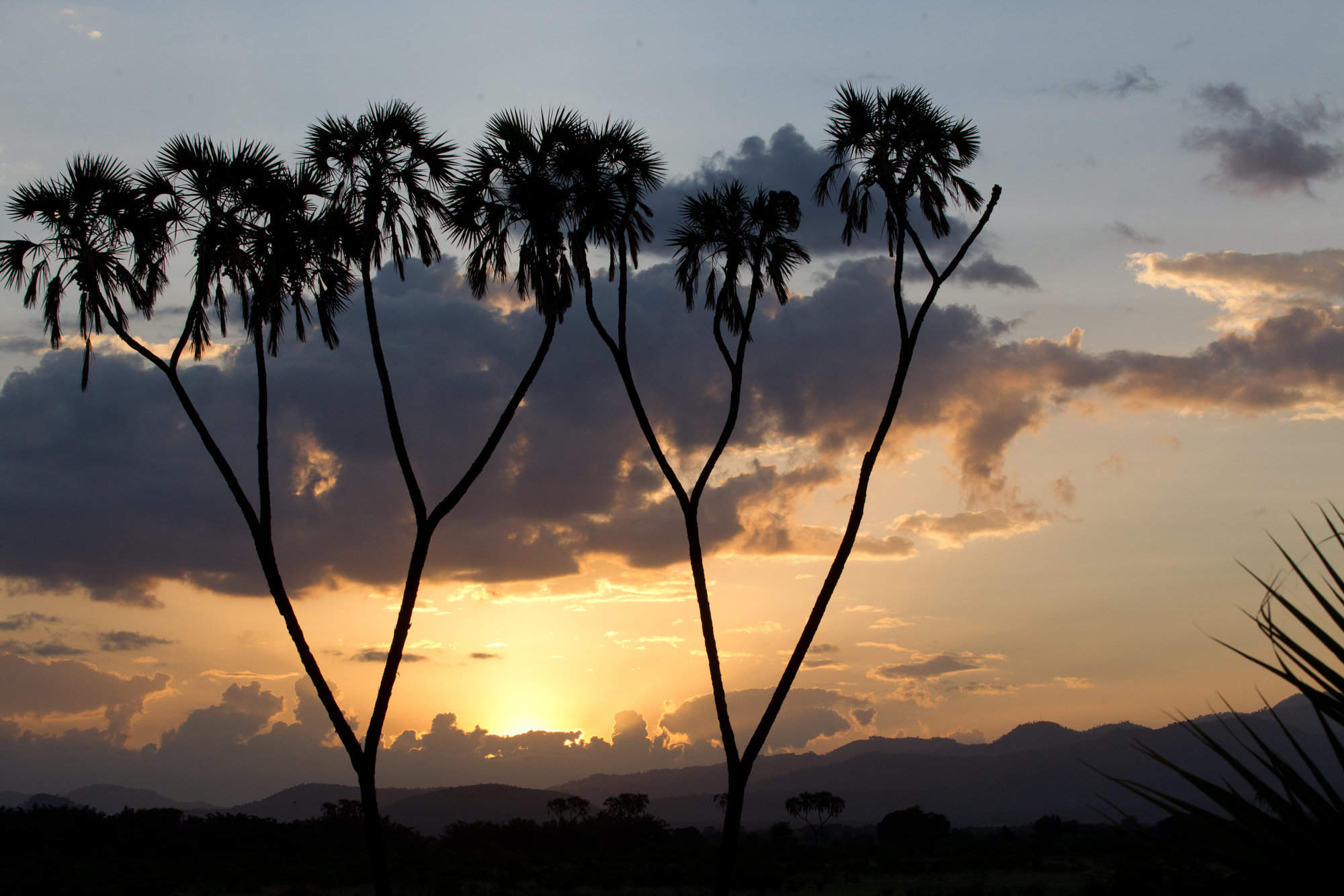
3 places to stay
This rejuvenated national park on the well-watered side of Mount Kenya has excellent game-watching, Kenya's best KWS-run rhino sanctuary, and barely a handful of camps and lodges.
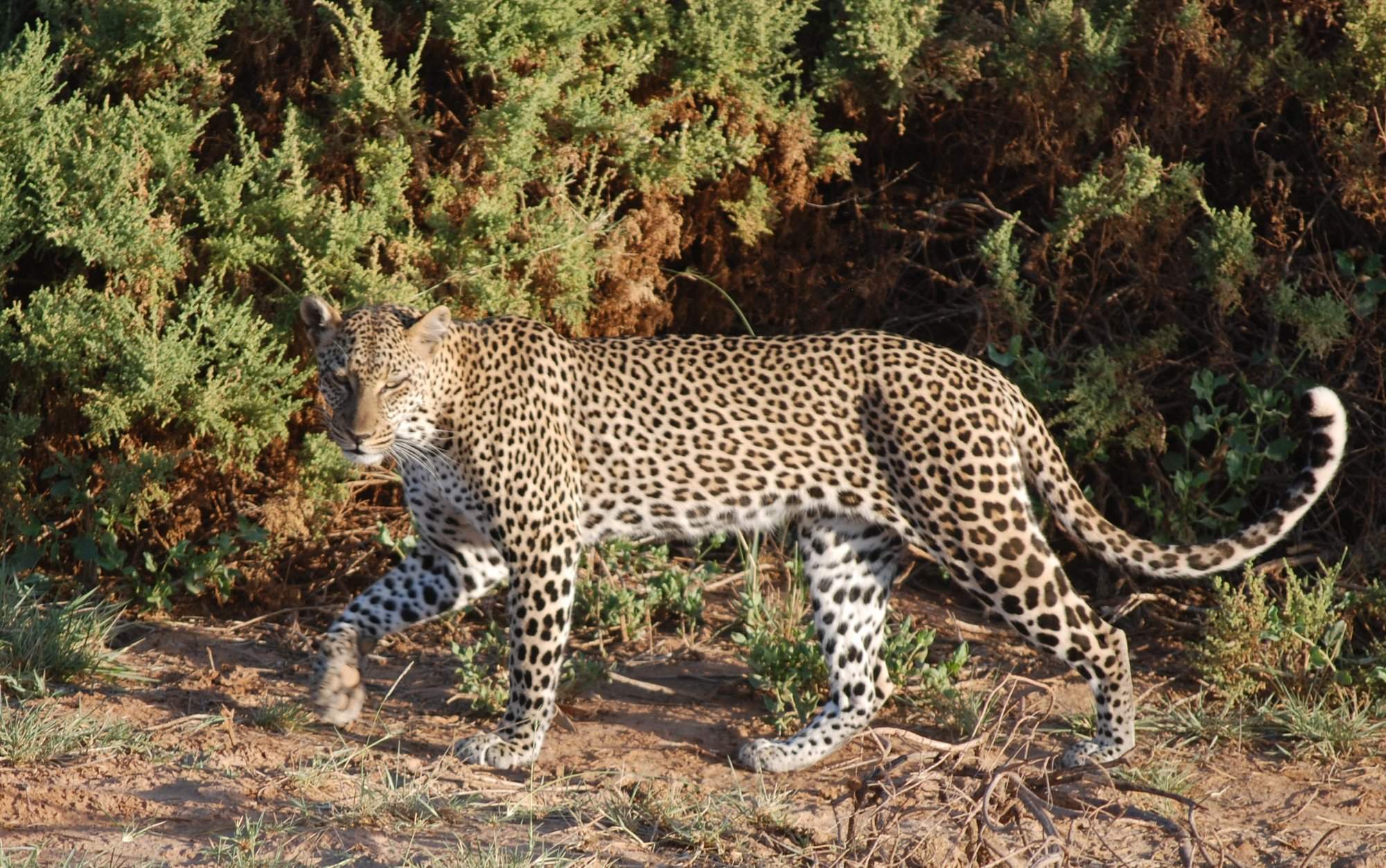
5 places to stay
This richly rewarding dry-country ecosystem depends on the seasonal Ewaso Nyiro River to support its elephants and many other species.
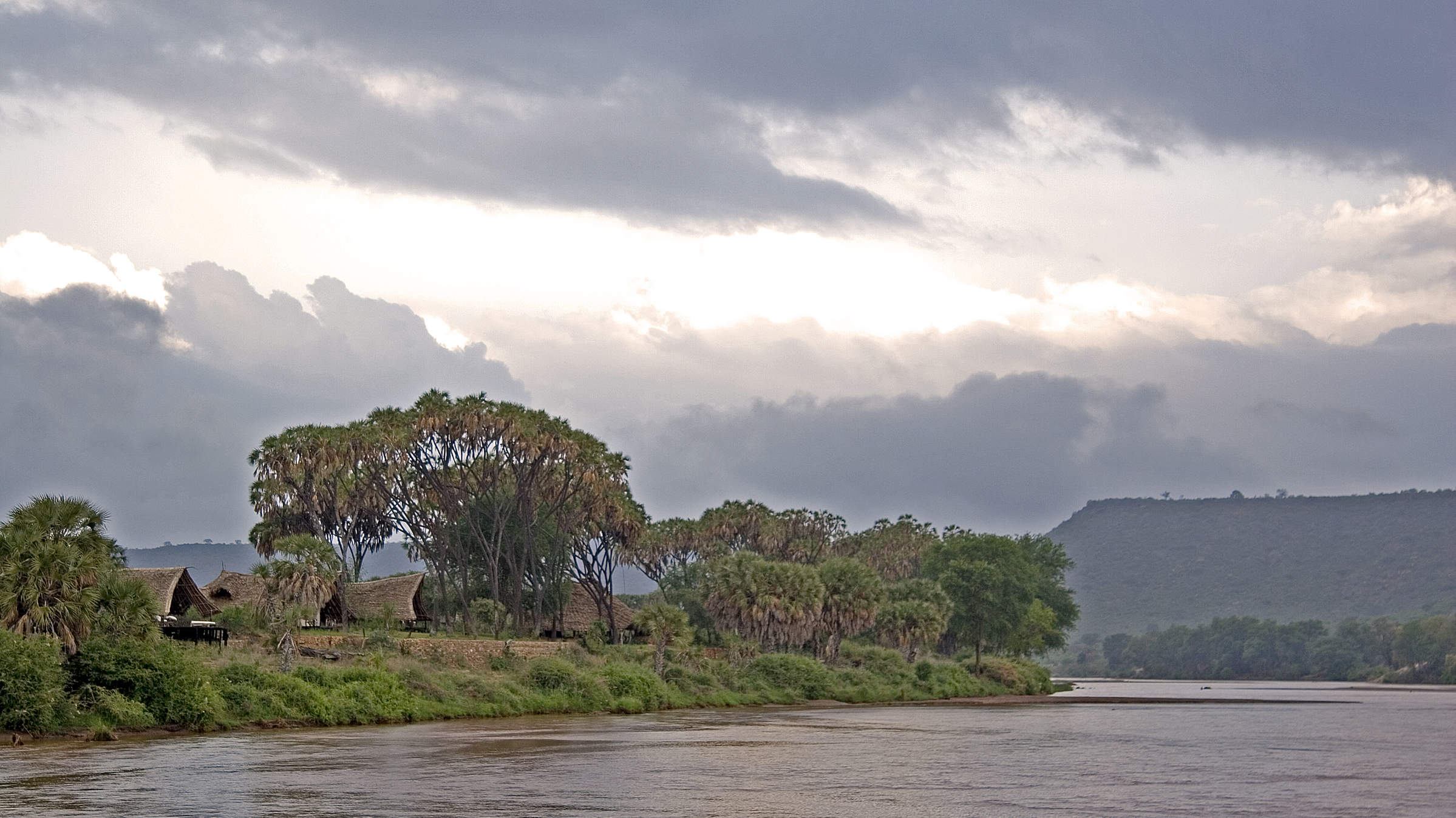
The largest park in Kenya is a vast area of dry bush, inhabited by huge herds of brick-red elephants, and dramatically cut through by the Galana River.
Our top safaris in Kenya
Here are 24 great Kenya safaris to inspire you.
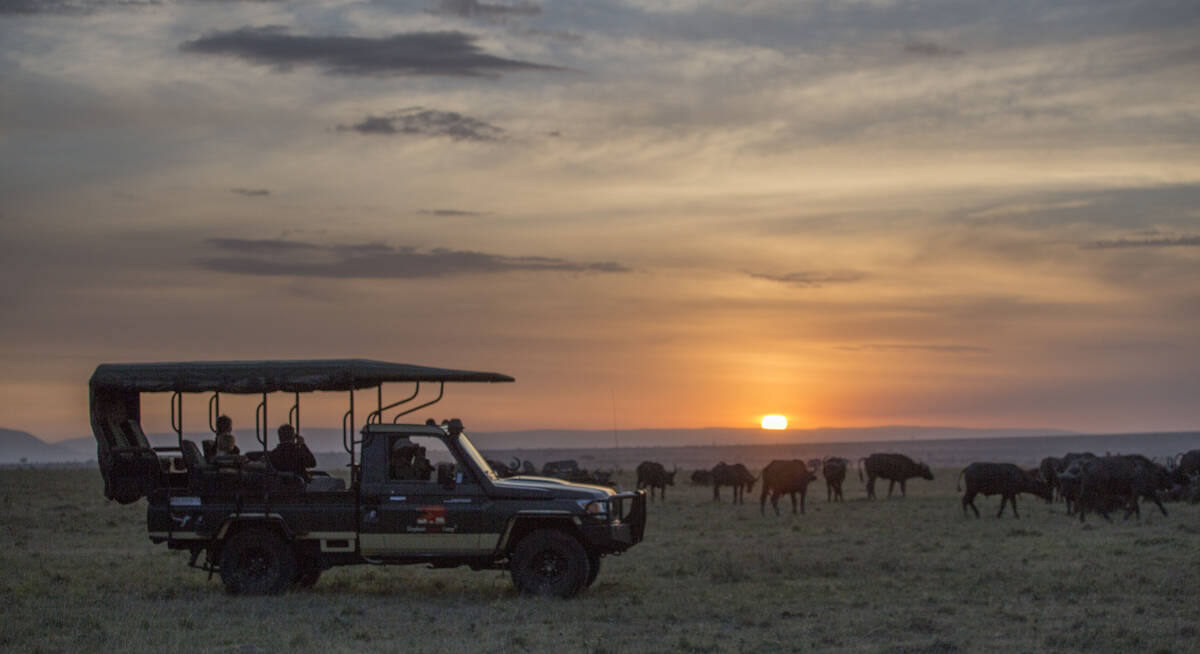
Black Kite Fly-in Safari
10 days • 4 locations NAIROBI AIRPORT TO NAIROBI AIRPORT
Explore Kenya in-depth with visits to Nairobi and Meru national parks, the Mara Conservancies and Amboseli. Nestled in remoter regions, four camps provide fantastic access to rich game, a range of activities and beautifully diverse landscapes.
US$10,140 - US$12,240 per person
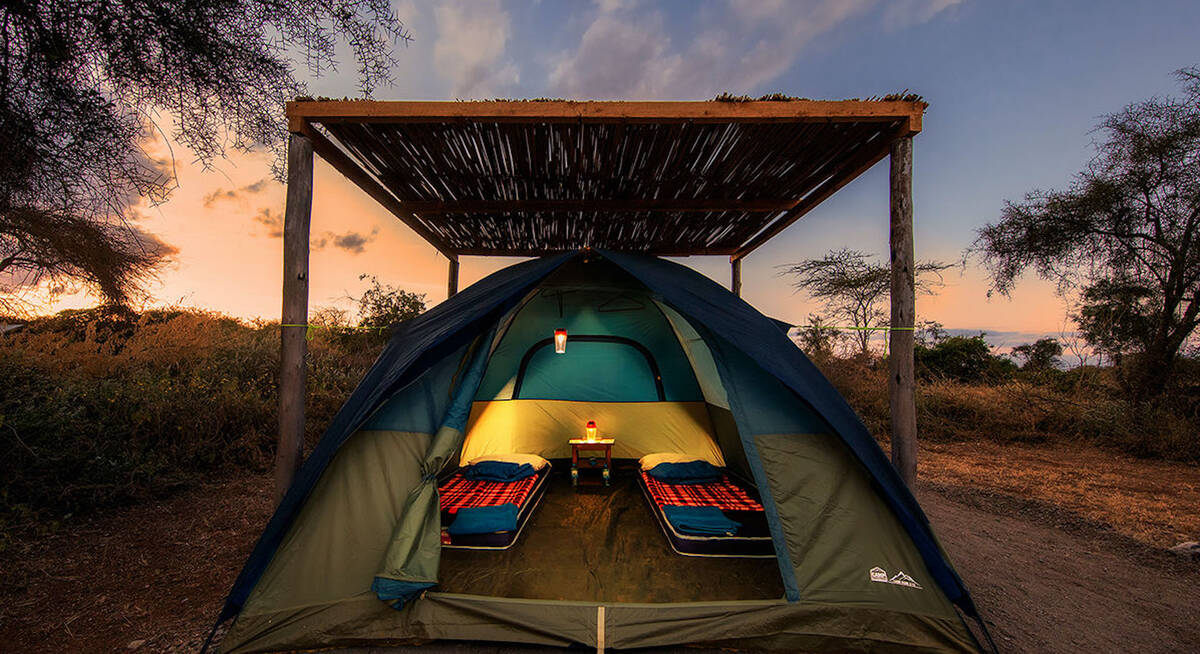
Gabar Goshawk Fly-in Safari
Experience Amboseli, the Maasai Mara ecosystem and Laikipia during this economically priced safari. Two simple camps offer adventure before a stopover in Nairobi and a final stay in the charming, wildlife-rich Il Ngwesi Eco-Lodge.
US$5,800 - US$6,090 per person
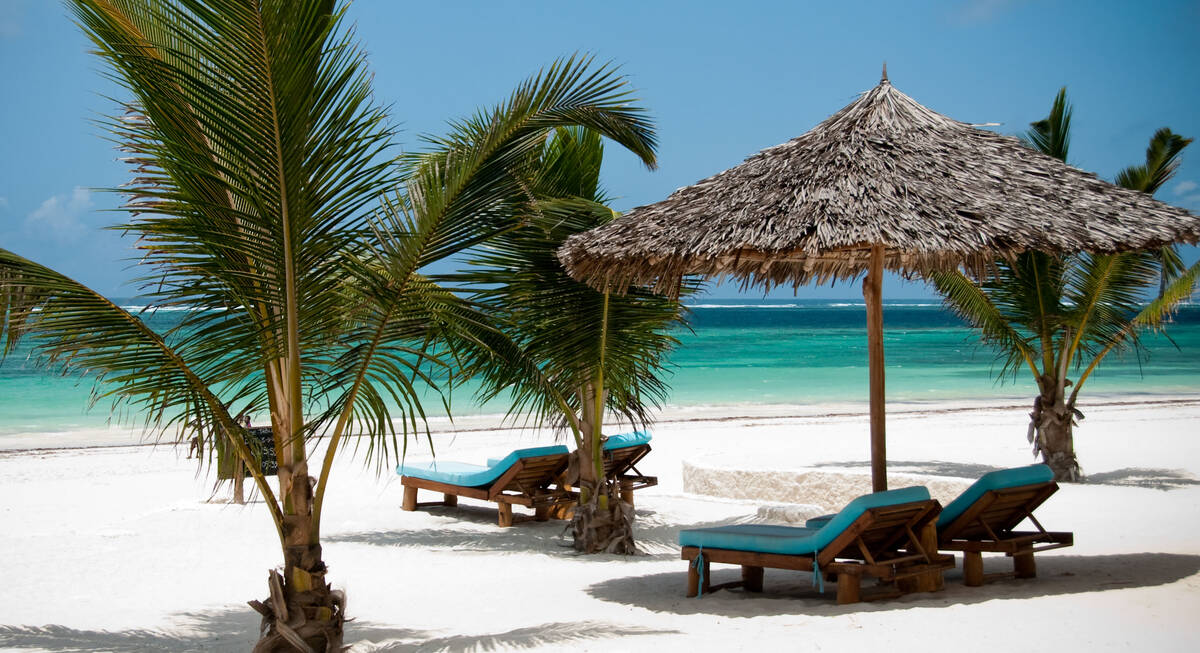
Elephant Safari
10 days • 3 locations NAIROBI AIRPORT TO NAIROBI AIRPORT
This example of a mid-range Kenya safari and beach trip explores the wildlife of Tsavo West's volcanic plains and woodlands, Tsavo East's immense plains and the white-sand beaches and lush environment of Diani Beach.
US$5,120 - US$5,780 per person
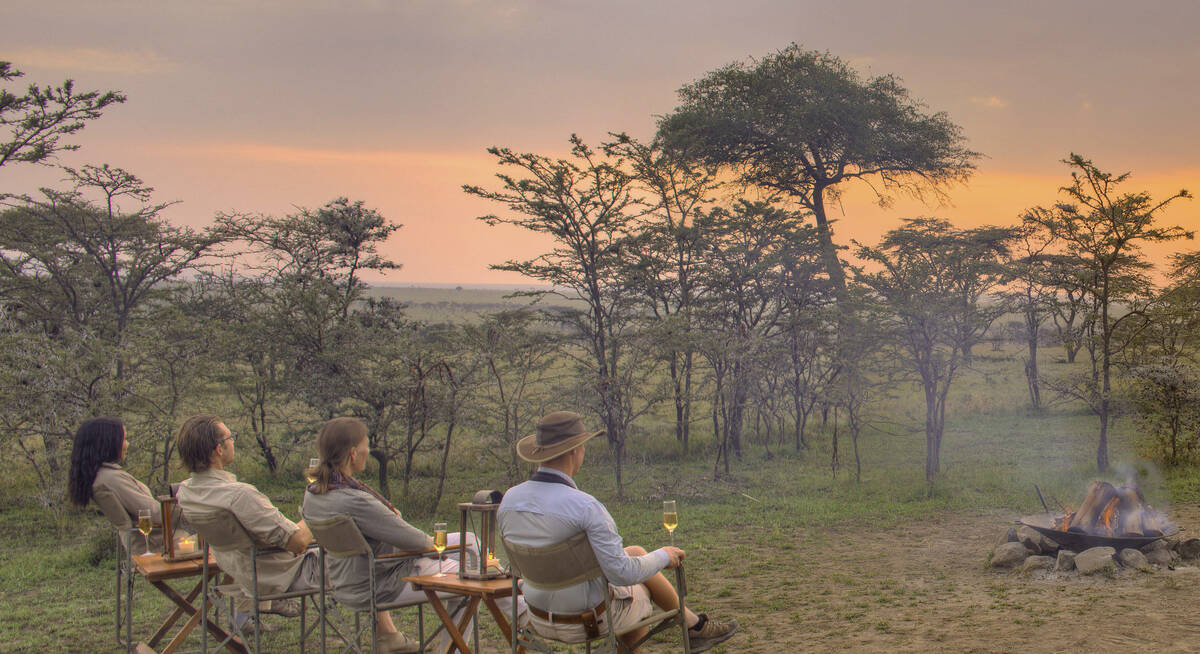
De Brazza Monkey Fly-in Safari
9 days • 3 locations NAIROBI AIRPORT TO NAIROBI AIRPORT
Enjoy a range of activities in the remote wilderness of northern Kenya before exploring the wildlife-rich plains of the Mara ecosystem. Private vehicles and guides heighten the personalisation of this highly immersive safari.
US$12,310 - US$16,320 per person
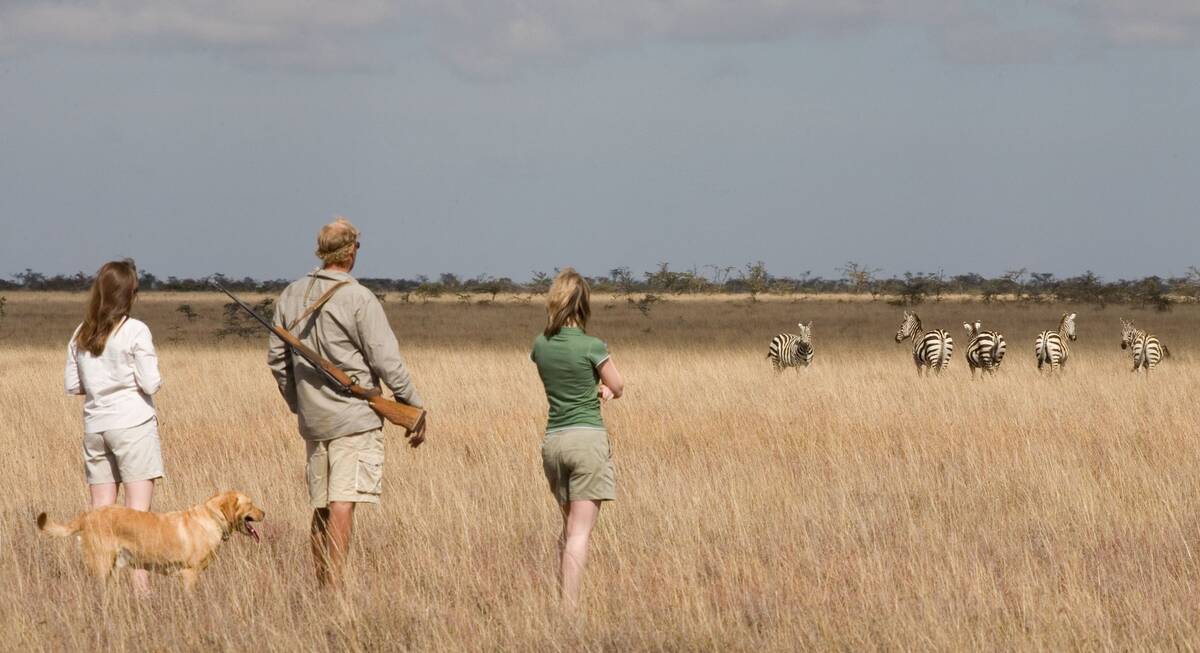
Hamerkop Fly-In Safari
8 days • 2 locations NAIROBI AIRPORT TO NAIROBI AIRPORT
Different wildlife, contrasting camps and a whole host of activities, this is a safari for those wanting to get out and about and not just sit in a vehicle.
US$6,350 - US$10,960 per person
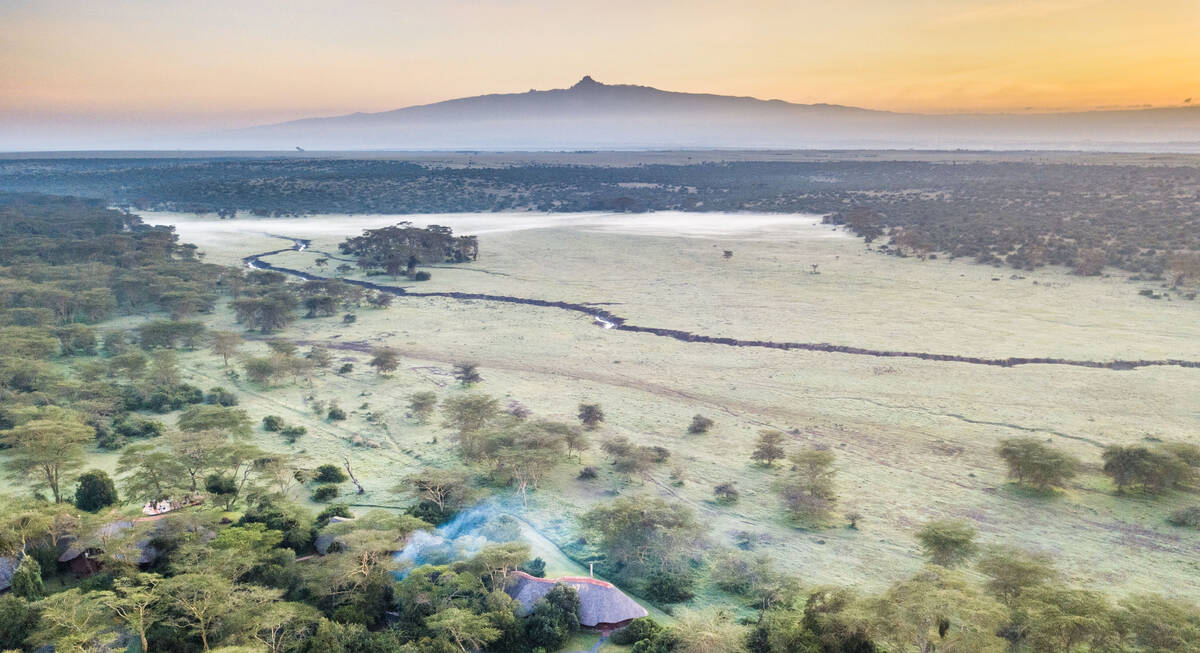
Rothschild Giraffe Safari
8 days • 3 locations NAIROBI AIRPORT TO NAIROBI AIRPORT
A example of a luxury Kenyan safari, starting at the iconic Giraffe Manor before fabulous stays on the spectacular Solio Reserve and Sala’s Camp in a remote corner of the Maasai Mara.
US$11,720 - US$16,510 per person
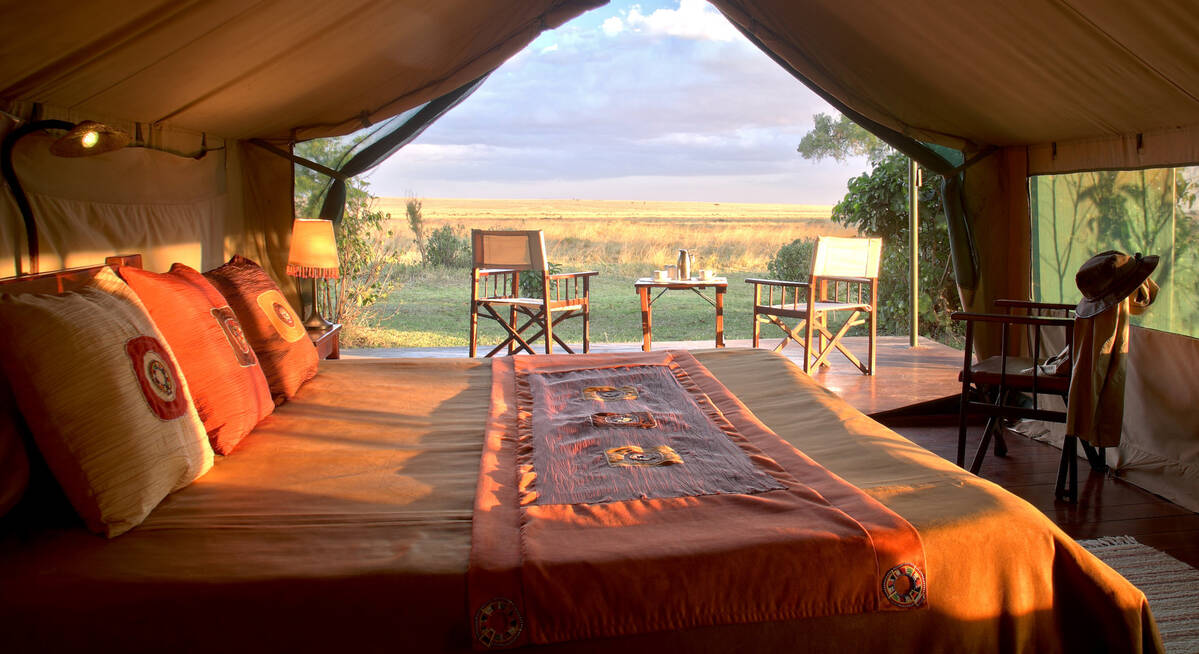
Big Cat Fly-in Safari
Combining two of Kenya’s best wildlife-viewing areas, this slow-paced safari to the Lewa Conservancy and Maasai Mara guarantees iconic wildlife. The long-established, well-rated camps are great value, too.
US$5,010 - US$8,190 per person
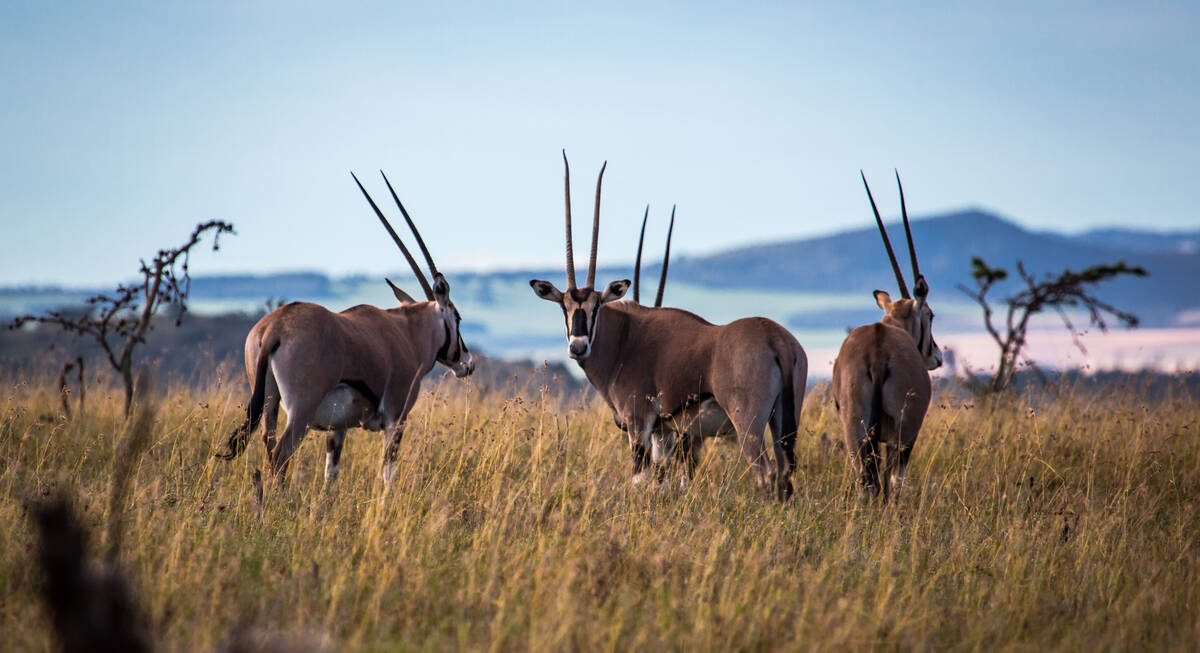
Golden Jackal Fly-in Safari
A contrasting safari of a lodge and a tented camp, with action-packed activities in Laikipia and wildlife-filled game drives in the Maasai Mara, offers a consistently high-quality experience.
US$9,730 - US$13,080 per person
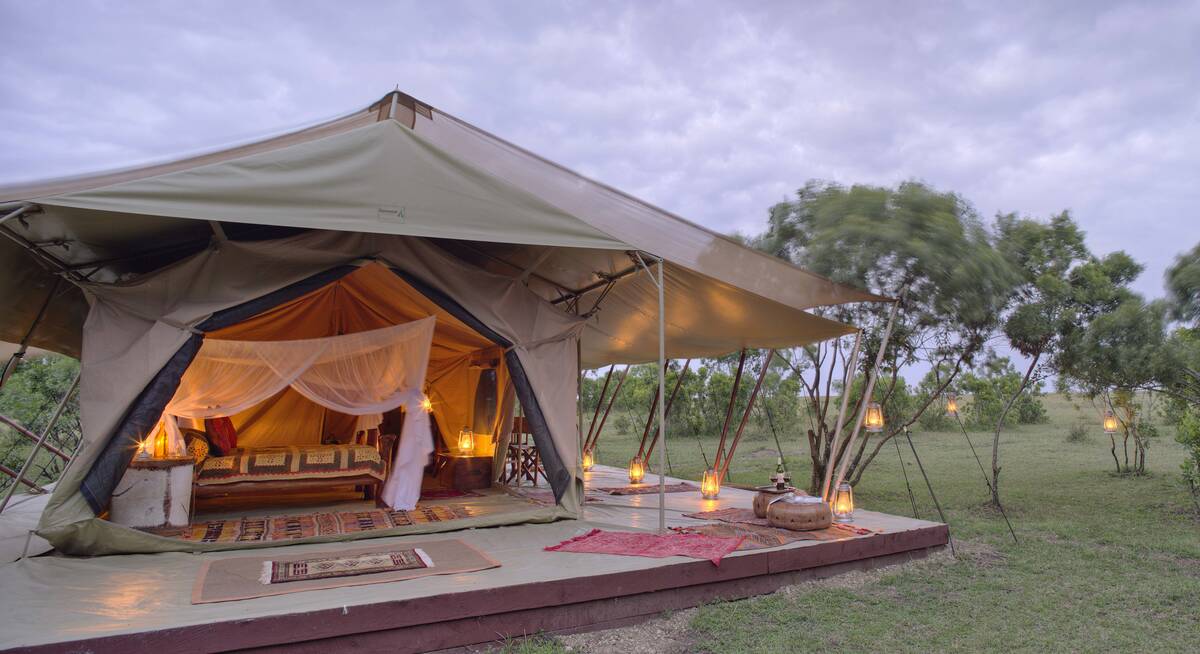
Lanner Falcon Fly-In Safari
Three sister camps offer access to wonderfully remote regions across northern Kenya and the Maasai Mara ecosystem. Enjoy an exclusive safari experience focused on great wildlife, superb guiding and considerable comfort, with a range of activities.
US$6,620 - US$8,400 per person
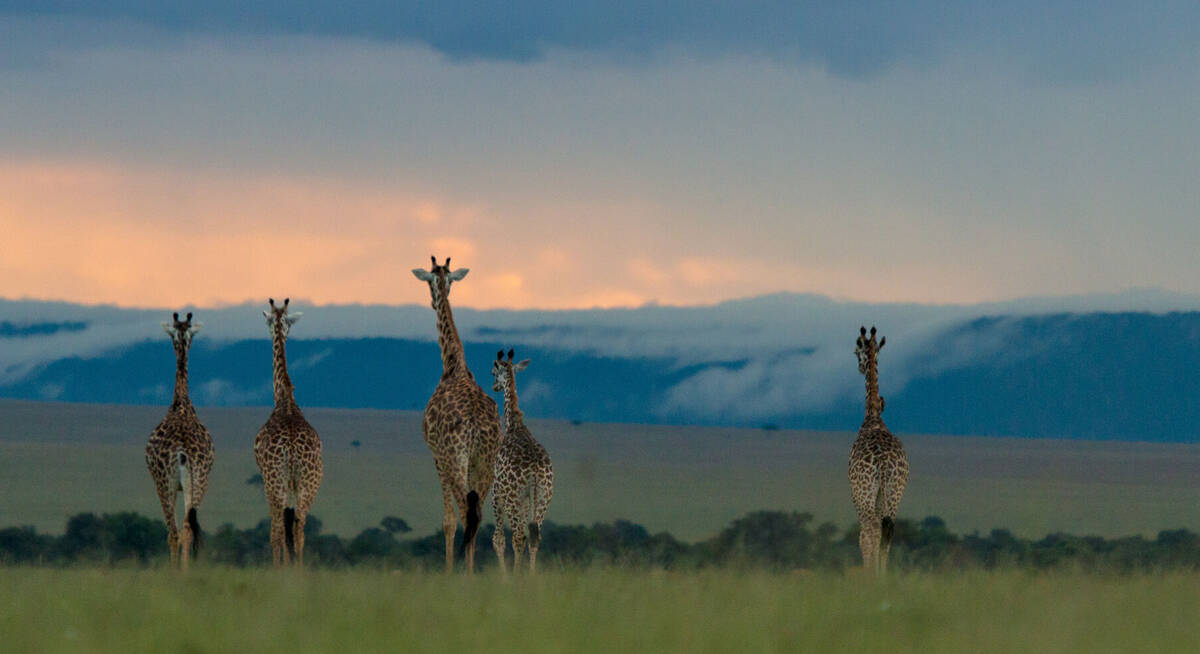
African Finfoot Fly-in Safari
7 days • 3 locations NAIROBI AIRPORT TO NAIROBI AIRPORT
After a unique start in Nairobi National Park, classic, luxurious camps combine for a high-end and exclusive safari in fantastic wildlife destinations.
US$9,900 - US$16,050 per person
View all holidays
Expert Africa's 10 most recent Kenya trip reviews
All our travellers' reviews are published in full and we never edit them. Click below to browse all 595 reviews of our clients' trips to Kenya.
Arrived 11 Mar 2024, 19 nights
"My Mar 2024 trip"
Overall rating: Excellent
Arrived 22 Mar 2024, 9 nights
Arrived 27 Feb 2024, 6 nights
"My Feb 2024 trip to Lewa and Naboisho"
Arrived 13 Mar 2024, 10 nights
"March 2024 - Lewa and Maasai Mara"
Arrived 26 Feb 2024, 7 nights
"My Feb 2024 trip"
Arrived 24 Jan 2024, 26 nights
"My Jan 2024 trip"
Arrived 5 Feb 2024, 15 nights
Arrived 15 Feb 2024, 14 nights
Overall rating: Average
Arrived 19 Jan 2024, 15 nights
See all Kenya reviews
Our travellers’ wildlife sightings in Kenya
This is their success in sighting key species on our safaris in Kenya. Click on a species for more detail. How we work this out.
99% success
98% success
93% success
92% success
90% success
89% success
83% success
81% success
79% success
77% success
62% success
56% success
54% success
37% success
14% success
11% success
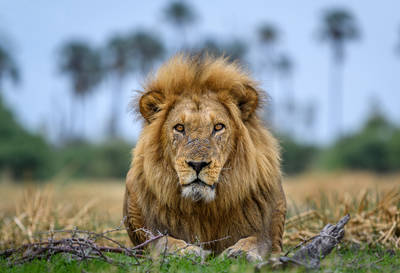
Panthera leo
Lions are at the top of the food chain and also most safari wish-lists, but with their numbers falling fast, any encounter with these majestic apex predators always feels like a privilege.
81% SUCCESS
2,959 sightings from 3,635 observations
Where to see lion in Kenya
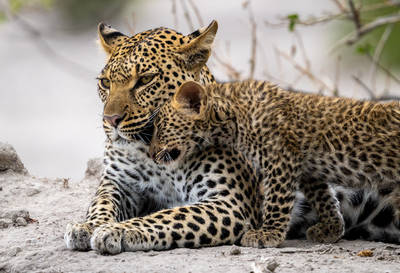
Panthera pardus
The most numerous of Africa’s big cats, leopard occur across many habitats, from wild tracts to populated areas. Their grace and their elusive nature make them a unique safari drawcard.
47% SUCCESS
1,887 sightings from 4,021 observations
Where to see leopard in Kenya
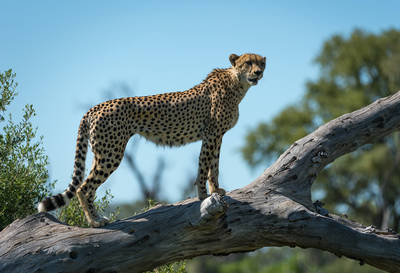
Acinonyx jubatus
The cheetah is the fastest land animal and the only cat that hunts by pure speed. Found largely in open grasslands, its slim, elegant form is today an increasingly rare sight.
33% SUCCESS
1,022 sightings from 3,078 observations
Where to see cheetah in Kenya
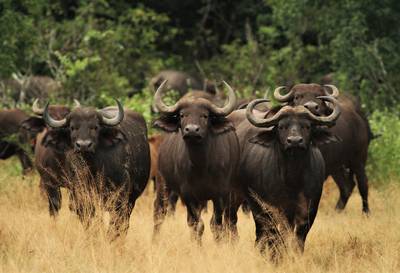
Syncerus caffer
One of the ‘Big Five’, buffalo earned a fearsome reputation in hunters’ tales. By contrast, big herds of these sociable bovids are placid, but mount formidable defences against predators.
83% SUCCESS
2,498 sightings from 3,014 observations
Where to see buffalo in Kenya
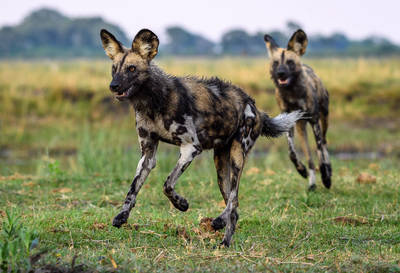
Lycaon pictus
African wild dogs are among the continent’s most compelling animals. Much misunderstood, these rare, tie-dyed canids are amazingly efficient hunters with a fascinating social life.
31% SUCCESS
842 sightings from 2,701 observations
Where to see wild dog in Kenya
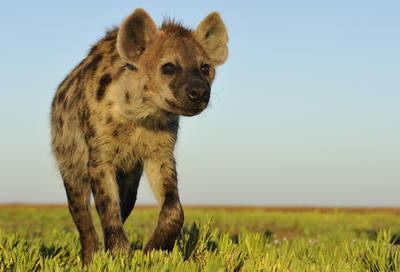
Spotted Hyena
Crocuta crocuta
The spotted hyena may be thought of as ‘ugly’ and ‘cowardly’. In fact, this versatile and intelligent carnivore is one of Africa’s most fascinating and warrants attention on any safari.
55% SUCCESS
2,120 sightings from 3,834 observations
Where to see spotted hyena in Kenya
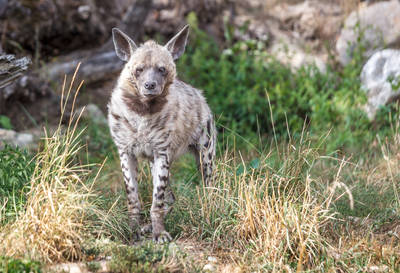
Striped Hyena
Hyaena hyaena
The striped hyena is the most widespread of the world’s hyenas, but absent from southern Africa. A rarely-seen nocturnal scavenger, it is shyer and more solitary than its spotted cousin.
14% SUCCESS
122 sightings from 895 observations
Where to see striped hyena in Kenya
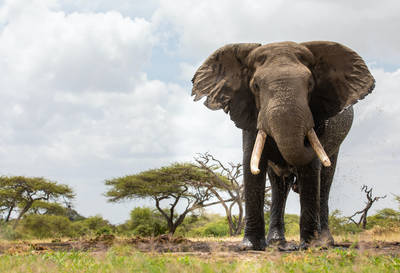
Loxodonta africana
By far the biggest of the so-called Big Five – indeed, the largest land animal on the planet – the elephant shapes the very landscape it inhabits and is a defining presence on any safari.
91% SUCCESS
3,531 sightings from 3,884 observations
Where to see elephant in Kenya
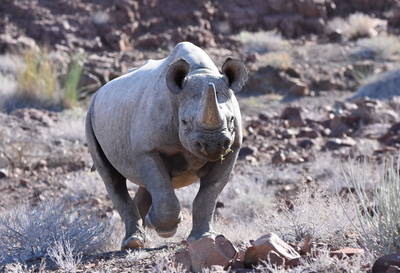
Black Rhino
Diceros bicornis
The black rhino is the smaller and rarer of Africa’s two rhino species but has the more fearsome reputation. Shy and heavily persecuted, it tends to stick to cover.
614 sightings from 1,989 observations
Where to see black rhino in Kenya
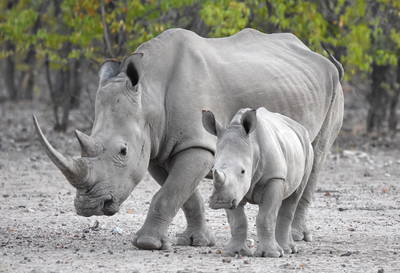

White Rhino
Ceratotherium simum
The white rhino is the largest and most numerous of the world’s five rhinoceros species. They are larger, easier to see and generally more approachable than the black rhino.
44% SUCCESS
480 sightings from 1,089 observations
Where to see white rhino in Kenya
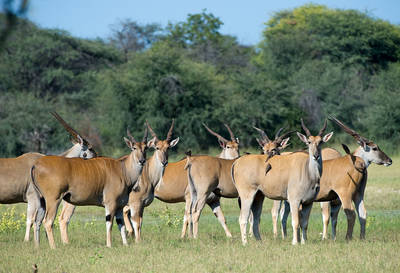
Taurotragus oryx
Africa’s largest antelope, eland are culturally important from prehistoric rock art to modern game farms. Though widespread, they are also shy so sightings are uncommon and often fleeting.
49% SUCCESS
1,430 sightings from 2,908 observations
Where to see eland in Kenya
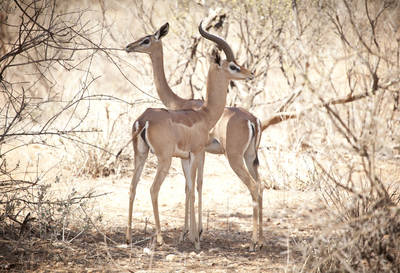
Litocranius walleri
With its slender frame and extraordinarily long neck, this unmistakable East African antelope resembles an attenuated impala and often stands on its back legs browse high shrubs.
77% SUCCESS
89 sightings from 116 observations
Where to see gerenuk in Kenya
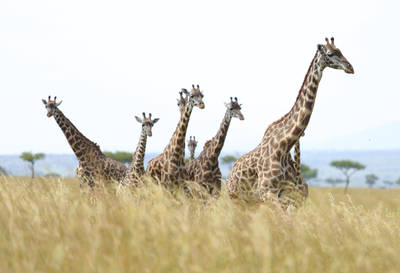
Giraffa camelopardalis
The world’s tallest land mammal, giraffes are herbivores which have evolved many unique adaptations. Their iconic outlines tower above the bush in many of Africa’s wildlife areas.
86% SUCCESS
3,406 sightings from 3,946 observations
Where to see giraffe in Kenya
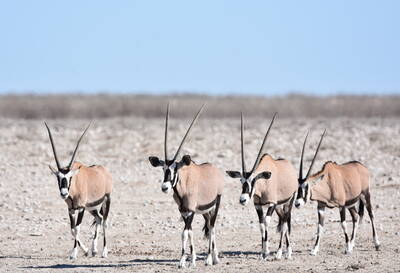
Oryx are impressive antelopes, with a powerful physique and elegant markings set off by rapier-like horns. They cut a distinctive dash in some of Africa’s harshest landscapes.
70% SUCCESS
1,277 sightings from 1,836 observations
Where to see oryx in Kenya
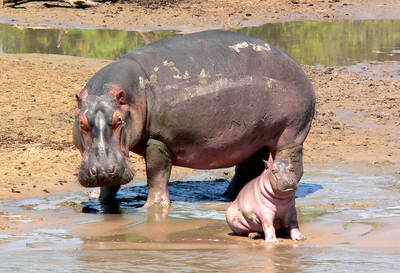
Hippopotamus amphibius
The territorial calls of the hippo create a signature soundtrack to Africa’s rivers & wetlands. Despite an endearing smile, this aquatic herbivore has a notoriously aggressive disposition.
89% SUCCESS
2,585 sightings from 2,904 observations
Where to see hippo in Kenya
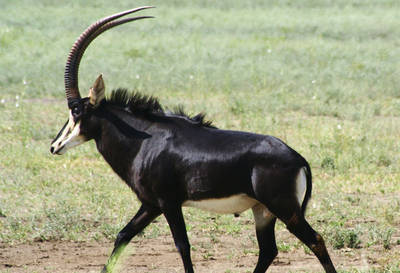
Sable antelope
Hippotragus niger
Perhaps Africa’s most beautiful antelope, sable are renowned for their combative nature, even holding off lions. Shy and restricted in range, sightings of sable are always special.
22% SUCCESS
436 sightings from 1,954 observations
Where to see sable antelope in Kenya
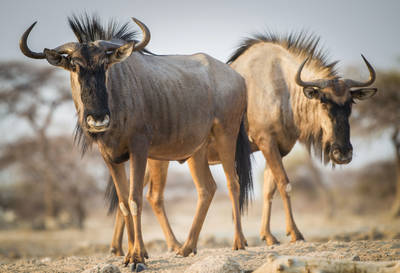
Connochaetes sp.
Superficially bovine in appearance, wildebeests are known for their spectacular migrations sometimes in huge numbers. These resilient animals are some of Africa’s most successful herbivores.
68% SUCCESS
2,407 sightings from 3,553 observations
Where to see wildebeest in Kenya
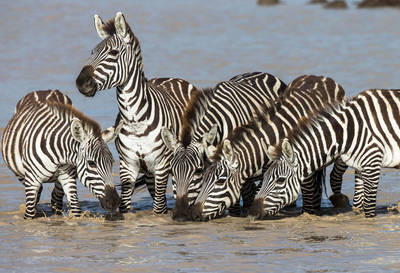
The zebra is a quintessential African animal: the horse in stripy pyjamas at the end of every child’s A–Z. There are three species, of which the plains zebra is much the most common.
84% SUCCESS
3,713 sightings from 4,401 observations
Where to see zebra in Kenya
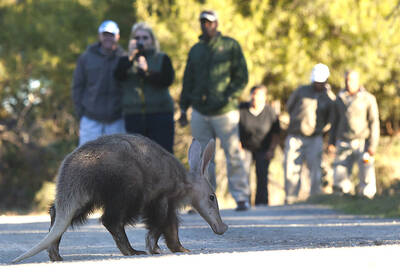
Orycteropus afer
The aardvark is one of Africa’s most bizarre and enigmatic animals. A shy, nocturnal termite-eater, signs of its presence may be scattered about the bush whilst sightings remain elusive.
67 sightings from 3,235 observations
Where to see aardvark in Kenya
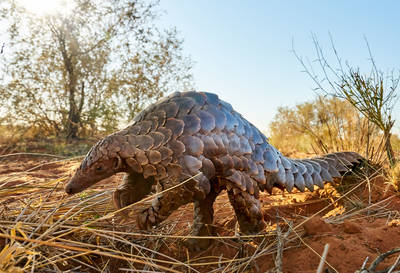
Smutsia sp.
Pangolins appear to be more pine cone than animal in their unique armoury of scales. These nocturnal, ant-eating oddities are not only highly elusive but also increasingly rare.
53 sightings from 3,231 observations
Where to see pangolin in Kenya
When to go to Kenya
In keeping with global trends, Kenya's weather is increasingly unpredictable. Our month-by-month guide helps you weigh up the options based on the weather you're most likely to get.
Kenya in January
Clear, hot days and warm nights make this high season a popular time for safaris and it’s also good for diving and snorkelling as water clarity is excellent and gets better as the dry season progresses. Most lodges and tented camps treat January after the New Year week is over, as mid-season, making it a good compromise in terms of value for money with reasonably reliable, dry weather and some greenery left in the landscape. Expert Africa bases its description of climate and weather in January, like the other months of the year, on the climate records of roughly the last 100 years, and it's fair to say that the weather and seasons since the beginning of this century have been highly irregular and unpredictable.
- On average, January is the second driest month of the year
- Elephants dig waterholes in the dry riverbed in the Samburu reserve.
- Wildebeest and many antelope have their calving season, to February.
- Migrant birds are seen in huge numbers, especially in the Rift Valley.
- Sea water clarity around the coral reefs generally good.
Fantastic: the very best time to visit
Weather in January
Kenya in February
With the short dry season well established, the grass grazed down and wildlife gathering close to water points, this is still a good time for a safari. Good water clarity in the Indian Ocean's coastal waters makes for excellent diving and snorkelling conditions. Expert Africa bases its description of climate and weather in February, like the other months of the year, on the climate records of roughly the last 100 years, and it's fair to say that the weather and seasons since the beginning of this century have been highly irregular and unpredictable.
- On average, February is the driest month of the year.
- It’s sometimes possible to swim with whale sharks at Diani Beach.
- Migrant birds are still seen everywhere, especially near water.
- This is usually peak calving season for wildebeest and many antelopes.
- This month is often the hottest of the year, especially on the coast.
A very good time to visit
Weather in February
Kenya in March
Hot, increasingly humid weather – with good diving and snorkelling conditions at the start of the month – gives way to rains and lower accommodation costs. Expert Africa bases its description of climate and weather in March, like the other months of the year, on the climate records of roughly the last 100 years, and predicting the seasons since the beginning of this century has been difficult. March is the month when – traditionally – intensely hot conditions build up until a cloudburst finally happens at the end of the month or in early April, to relieve the humidity. As ever, regional variations across the country can greatly impact on visitors' experiences.
- Sea-water clarity is best for diving before the long rains start.
- Visitor numbers are low, though the Easter holidays can be busier.
- Night skies can be scintillatingly clear in early March.
- Cropped down savannah grasses can make it easier to see the wildlife.
- Temperartures climb high, especially at lower elevations.
A good time to visit, with pros & cons
Weather in March
Kenya in April
April sees the full onset of the southeast monsoon wind or kusi, which heralds the long rains. Temperatures drop soon after the rains are established and you’ll often have facilities largely to yourself in this more affordable low season, sometimes known as the "green season". The bush quickly springs to life, with greenery sprouting almost before your eyes. While you're likely to get a fair number of heavy showers, the breaks in the rain can yield sparklingly clear conditions. With the dust settled and bright sun piercing the clouds, conditions can be sublime for photography, especially first thing in the morning or in the late afternoon with another storm brewing. You may be lucky, or you may find conditions very wet and muddy.
- A wet month, the coast often gets more than 300mm (12in) of rain.
- Sunny spells can provide great light for photography.
- Buffalo and zebra calving season often happens in this month.
- Baby crocodiles hatch, for example on Central Island in Lake Turkana.
- Palearctic migrant birds gather to fly north to breeding grounds.
A time to avoid if possible
Weather in April
Kenya in May
While game viewing can be trickier as vegetation runs riot, between the cloudbursts the colours and light are great for photography at this time of year. Expert Africa bases its description of climate and weather in May, like the other months of the year, on the climate records of roughly the last 100 years, and while it's reasonable to expect heavy rains in many parts during this month, especially on the coast, the rains don't always come evenly or in some areas come at all. In an El Niño year, the so-called long rains that normally are established across much of the country by May can be meagre, to the despair of farmers. On the other hand in a La Niña year, the long rains can bring floods. On the coast, the monsoon winds make the climate much more predictable, with heavy rains common throughout this month.
- Frogs breed in the ponds in the Arabuko Sokoke Forest near Watamu.
- Wildebeest, impala and other grazers are in rut (the breeding season).
- Kilimanjaro looks its best as heavy rain falls as snow on the summit.
- There's a sharp peek of rainfall on the coast with many rainy days.
- Accommodation prices are uniformly low, while some camps close.
Weather in May
Kenya in June
The rains give way to cloudy, cooler weather, often making for comfortable conditions by the end of the month, especially in the highlands. Starting from mid-June or the beginning of July and running until the end of October, this is the high season, and accordingly has higher accommodation rates and – at least until early September – higher numbers of visitors. While the early part of June can often be rainy on the coast, it can be a great time to go on safari, with fresh greenery, many young animals and good photographic conditions with clear air.
- The Taru Desert, inland from the coast, is carpeted with flowers.
- The Lake Turkana Cultural Festival is held in Loiyangalani.
- Madaraka Day (commemorating self rule) is 1 June.
- The annual Lewa marathon runs a course through the wildlife.
- The Diani Rules "sports" event rips up the rulebook at Diani Beach.
Weather in June
Kenya in July
Kenya’s “winter" season sets in (winter is a misnomer but locals feel the change), and the highlands can be rather grey. Skies are often cloudy and the days can be surprisingly cool, with an average daytime high in many highland safari areas of 15-20°C and night-time temperatures dropping below 10°C in Nairobi and the highlands. Lower parts of the country and the coast are usually warm and dry, typically reaching highs of around 25°C with lows in the high teens. As this is the start of the high season, coinciding with the usual arrival of the wildebeest migration in the Maasai Mara, July is a busy month. Ask your Expert Africa specialist to advise on how to avoid the crowds, which is not that difficult to do.
- The wildebeest migration usually reaches the Maasai Mara in July.
- Simbi Lake (Kisumu) and Crater Lake (Naivasha) can attract flamingoes.
- Watersports start to pick up and some surfing is possible at Malindi.
- Afternoon thunderstorms are a common feature in the Maasai Mara.
- The sea can be choppy along the coast, making diving difficult.
Weather in July
Kenya in August
The Great Migration fills the plains of the Maasai Mara, and school’s out, so the park roads are full of tourists – ask your Expert Africa specialist for advice on crowd avoidance tactics. Choose a private conservancy rather than a public national park or national reserve for quieter conditions. Like July, August is generally mild and relatively dry in the safari areas, but it can be very chilly in the highlands, even in the middle of the day, and hail occasionally falls above altitudes of around 2,400m (8,000ft). Nairobi can be disappointingly overcast, with low cloud.
- Apart from Christmas holidays, this is the busiest month of the year.
- Late August sees peak wildebeest drama at the Mara River crossings.
- Coastal winds are good for kite- and wind-surfing.
- Few mosquitoes are around at this generally dry time of year.
- The annual Camel Derby takes place in the Samburu capital, Maralal.
Weather in August
Kenya in September
The skies clearing of cloud signals the start of hot, dry weather with little chance of rain – and, after the first few days of the month, far fewer visitors – making the latter part of September a good time for a quieter safari. While early September is often good for dramatic migration crossings along the Mara River, you might consider deliberately postponing your trip until later in the month, when the migration can still be very impressive and visitor numbers fewer. If tourist surges are somewhat predictable, however, the patterns of the wildebeest migration are more volatile, and like all of Expert Africa's climate and weather assessments, they are based on accumulated years of experience rather than guaranteed certainty.
- This is still high season, with prices to match.
- Many river crossings take place on the Mara river in both directions.
- Natural bush fires flush out insects and small animals for predators.
- The Rift Valley Music Festival takes place by Lake Naivasha.
- With school holidays over by early September, late-month is quieter.
Weather in September
Kenya in October
Still hot, mostly dry and not too busy, this is many people’s preferred month for a safari, and it’s also good for diving and snorkelling. The wildebeest and zebra herds of the great migration are often still to be seen, though in dwindling numbers. The swamps of Amboseli attract thirsty wildlife including large herds of elephants. While we wouldn't expect much rain across most of the country this month, the climate has become so unpredictable that you can never say never, and the possibiity of the short rains – usually associated with November to mid-December, starting early, can't be discounted.
- This month sees the tail end of the great migration in the Mara.
- Palearctic migrant birds start to arrive, staying until March.
- Turtle nests hatch at Watamu, until November.
- Amboseli elephants focus on the swamps for their daily water.
- The Indian Ocean monsoon winds turn from southeast to northeast.
Weather in October
Kenya in November
The northeast monsoon wind or kaskazi heralds the start of the “short rains", usually some time in the second half of the month. From November to mid-December, this is the low season, and accordingly has lower accommodation rates and lower visitor numbers. Across most of the country you can expect warm, somewhat cloudy weather, with occasional heavy showers and localised flooding. Expert Africa bases its description of the climate in November, like the other months of the year, on the records of roughly the last 100 years, and it's fair to say that the seasons since the beginning of this century have been highly irregular and unpredictable: some years the short rains don't come at all, or don't reach every part of the country. In an El Niño year, the November short rains can be very heavy, but in a La Niña year, they can fail completely.
- Swimming with dolphins in Lamu can be done from now until April.
- Birders gather at Ngulia in Tsavo West to ring Palearctic migrants.
- The Lamu Cultural Festival takes over the town and Lamu Creek.
- Agricultural shows often take place regional market towns.
- This is low season, so camps can be great value, with special offers.
Weather in November
Kenya in December
In a typical December, the rains usually finish by middle of the month, leaving the landscape looking its best, under clear blue skies, and heralding the start of the second peak tourist season from around 20 December to the first week of January. Our assessment of the likely weather in December, like the other months of the year, is based on climate records, and it's fair to say that the seasons since the beginning of this century have been highly irregular and unpredictable. Christmas can sometimes be wet, but most years the rains have finished a week or two earlier, with the festive season ushering in the perfect combination of clear skies and sunshine by day and starry nights.
- Christmas and New Year are busy, with the lodges and camps full.
- Rates are highest after 24 Dec, with supplements on public holidays.
- Republic Day and Independence day are celebrated on 12 December.
- Good kite- and wind-surfing restarts, with strong northeasterly winds.
- Mango season begins, providing excitement for primates and elephants.
Weather in December
Maps of Kenya
See Kenya in different ways, with different styles of maps. Click on the buttons below.
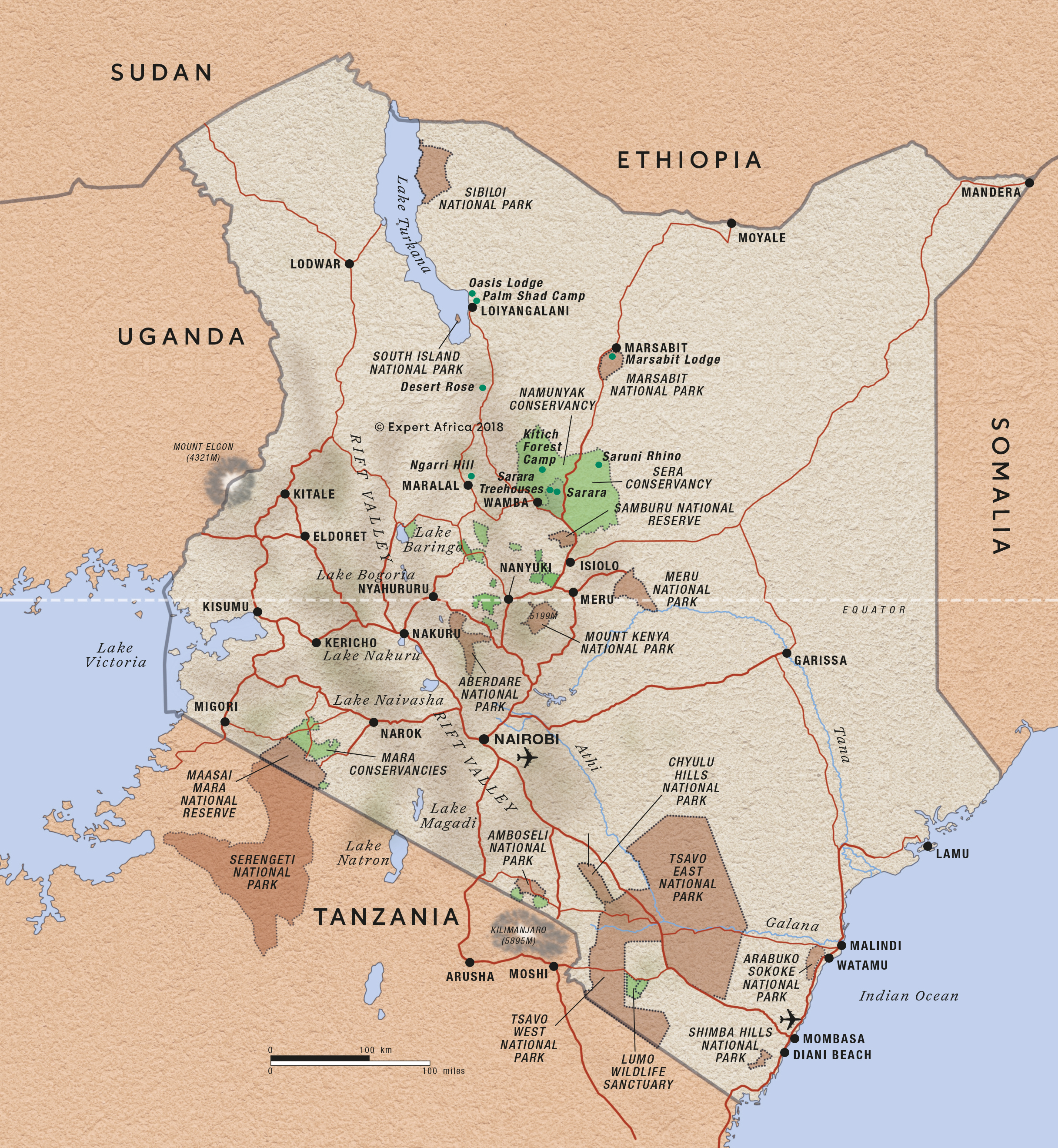
Need inspiration?
Let our trip chooser narrow down the options for you
Holidays and Safaris in Kenya
Expert Africa's sample itineraries in Kenya
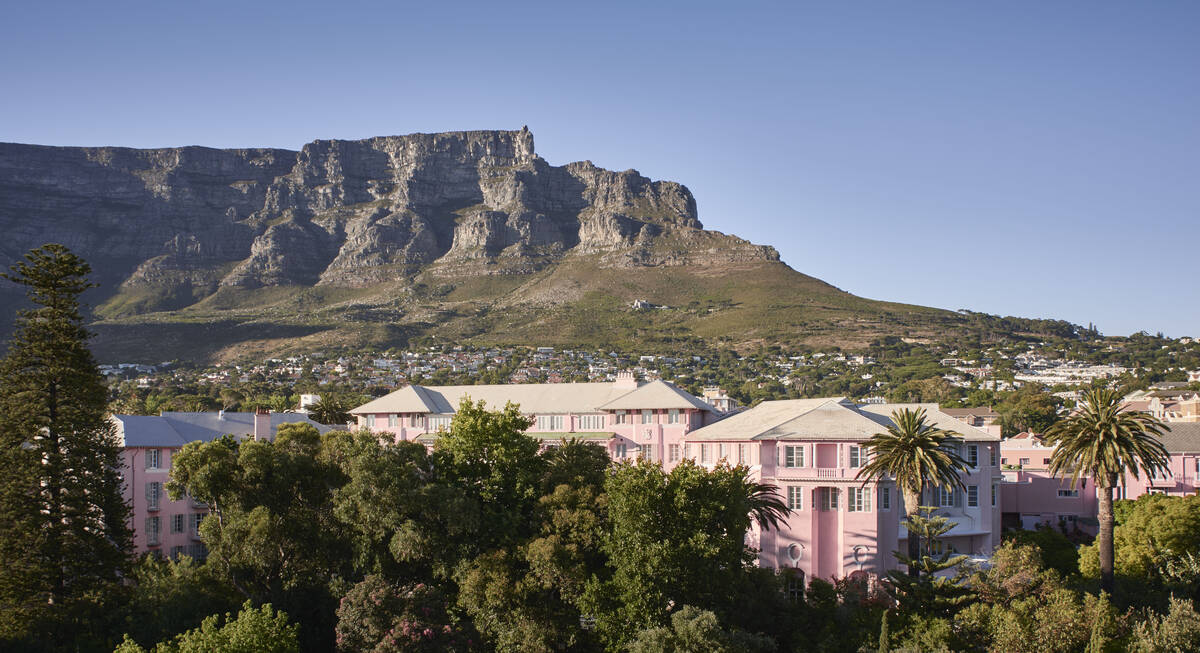
The Highlights of Africa
17 days • 7 locations CAPE TOWN AIRPORT TO KIGALI AIRPORT
An epic adventure taking in some of Africa’s most incredible sights and wildlife experiences, from Cape Town to the Okavango Delta, Victoria Falls, the Maasai Mara and an encounter with mountain gorillas.
US$14,330 - US$18,190 per person
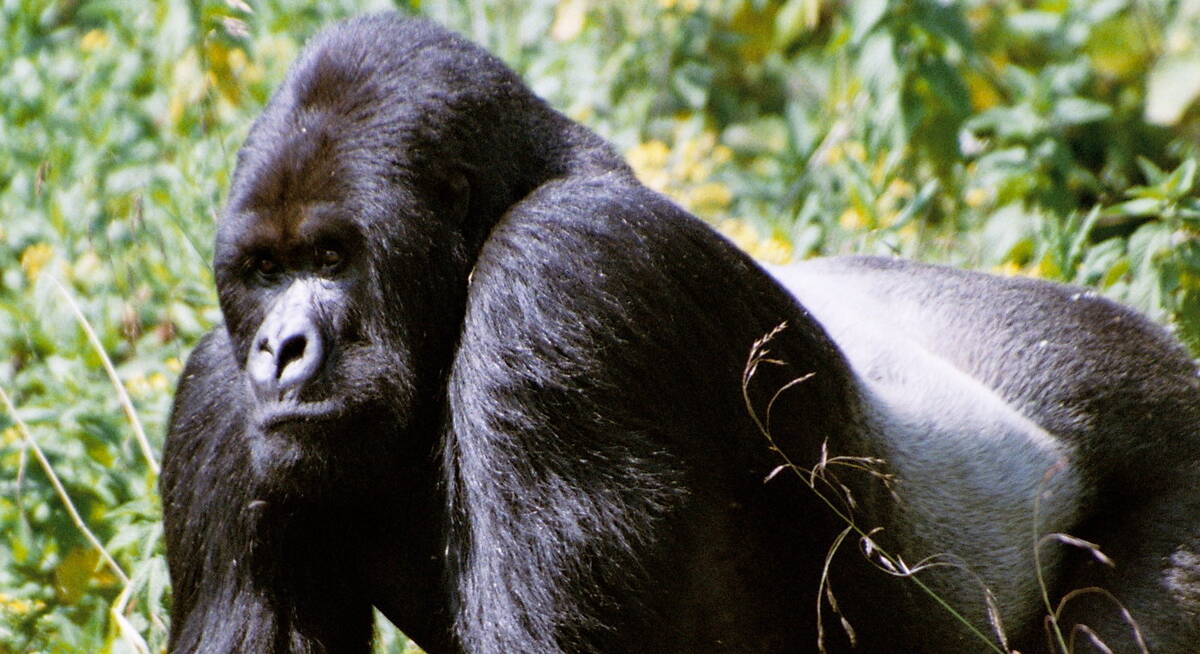
Gorillas and Maasai Mara Safari
9 days • 3 locations KIGALI AIRPORT TO NAIROBI AIRPORT
This trip combines two of Africa's most unforgettable wildlife experiences – Rwanda's mountain gorillas and Kenya's Maasai Mara.
US$11,270 - US$14,090 per person
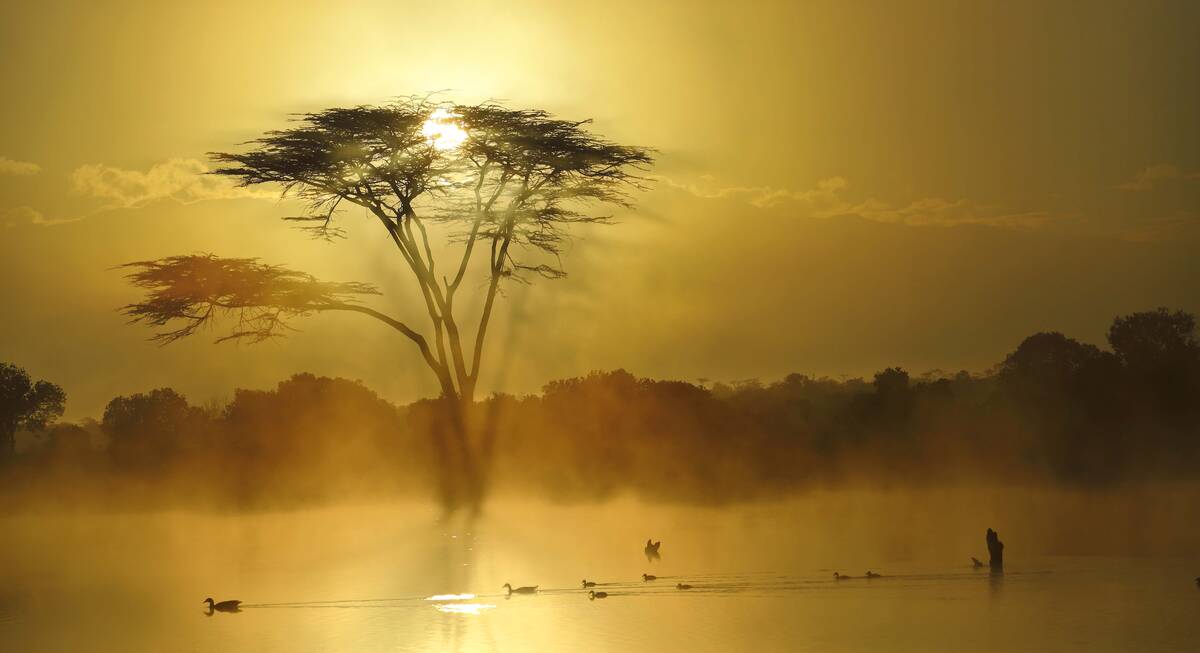
Purple Grenadier Fly-In Safari
6 days • 2 locations NAIROBI AIRPORT TO NAIROBI AIRPORT
Fantastic guiding from intimate, well-run mid-range tented camps, in superb conservancy locations: this safari is all about making the most of the incredible wildlife in Laikipia and the Maasai Mara.
US$5,010 - US$6,600 per person
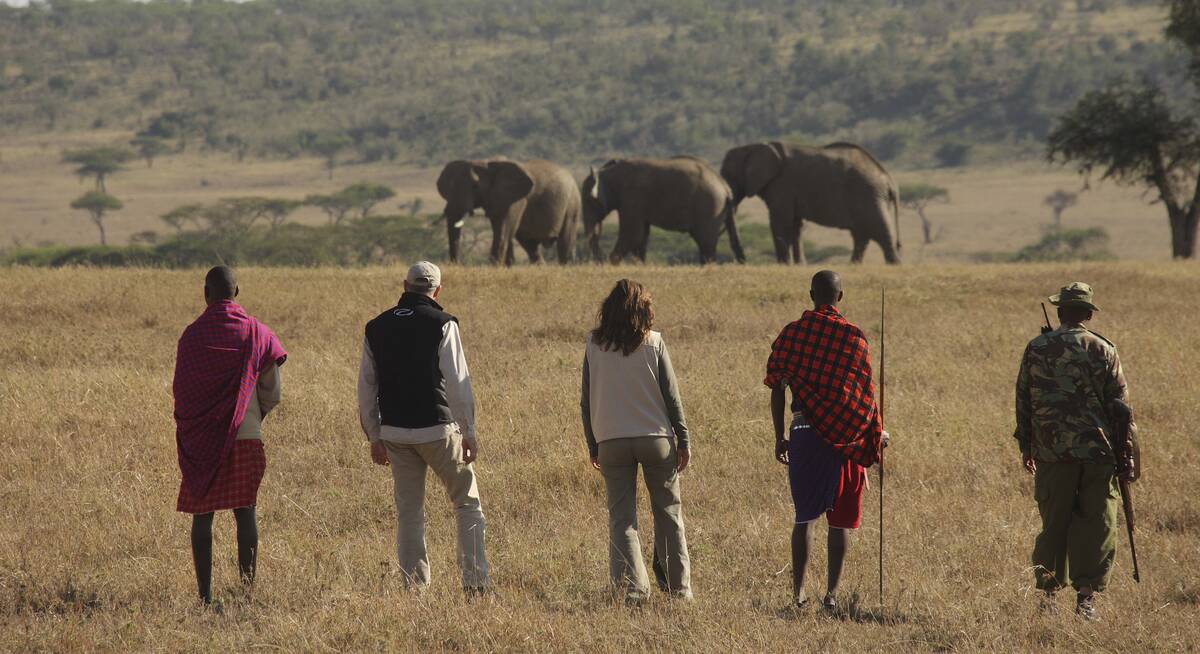
Striped Hyena Safari
5 days • 3 locations NAIROBI AIRPORT TO NAIROBI AIRPORT
Just one example of a possible itinerary for keen walkers, this safari enables you to experience the sounds and sights of the bush, and its wildlife, in an unusually direct way.
US$5,020 - US$6,470 per person
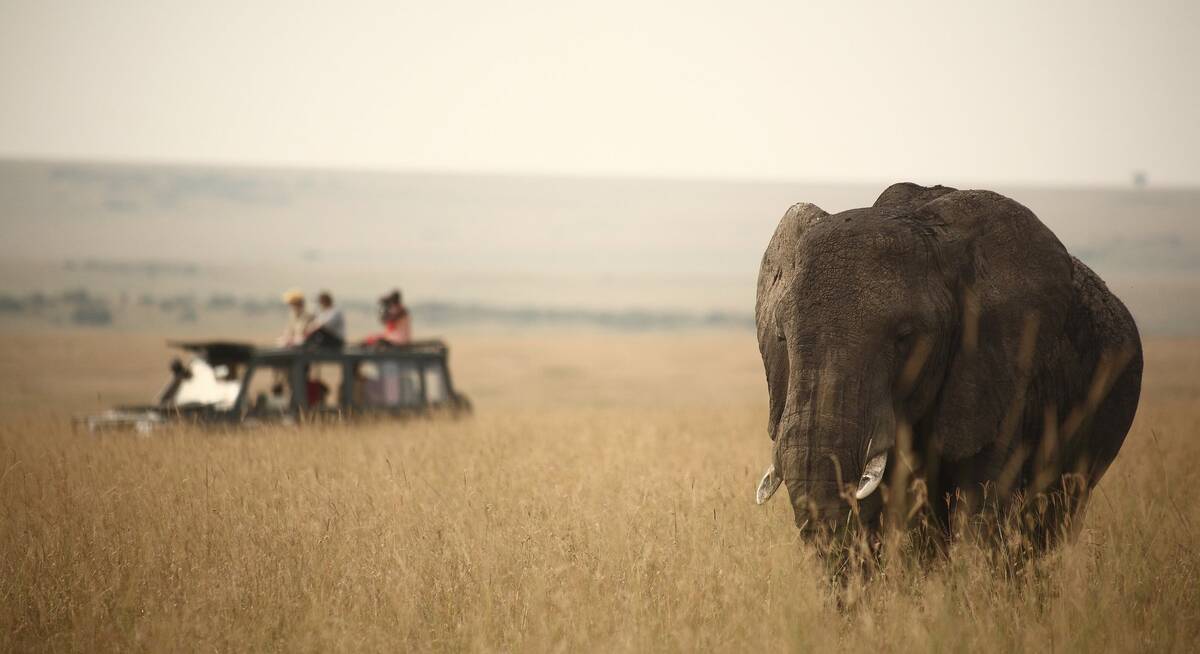
Martial Eagle Fly-in Safari
9 days • 3 locations NAIROBI AIRPORT TO KILIMANJARO AIRPORT
This stylish fly-in safari visits two of Africa’s most iconic parks, the Maasai Mara National Reserve in Kenya and Tanzania's Serengeti National Park.
US$12,590 - US$18,010 per person
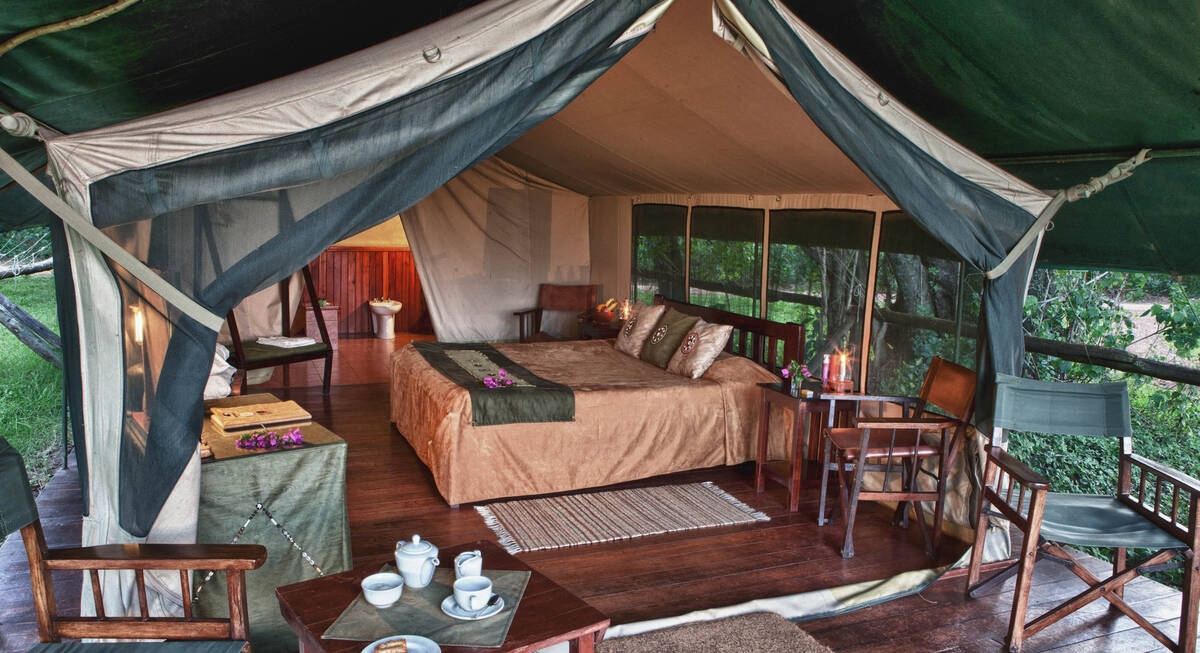
Steppe Eagle Fly-in Safari
7 days • 2 locations NAIROBI AIRPORT TO NAIROBI AIRPORT
Two comfortable tented camps overlooking the Ewaso Nyiro and Mara River put you at the heart of the action. Experience spectacular diversity in species and habitat with safari in Samburu and the Masaai Mara National Reserve.
US$5,680 - US$8,620 per person
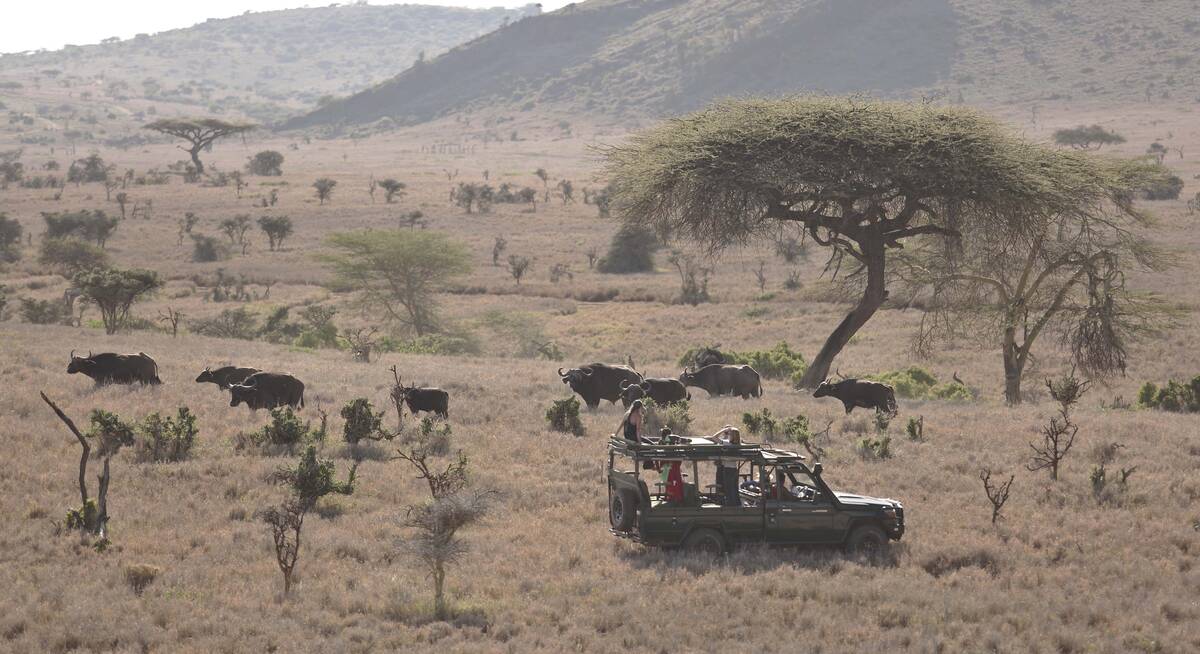
African Hawk-Eagle Fly-in Safari
Two luxurious camps provide relatively quiet game-viewing within Laikipia and the Mara ecosystem. Situated on private conservancies, both Lewa Wilderness and Naboisho offer the chance to sight all of the "Big 5" and to enjoy a range of safari activities.
US$7,780 - US$12,800 per person
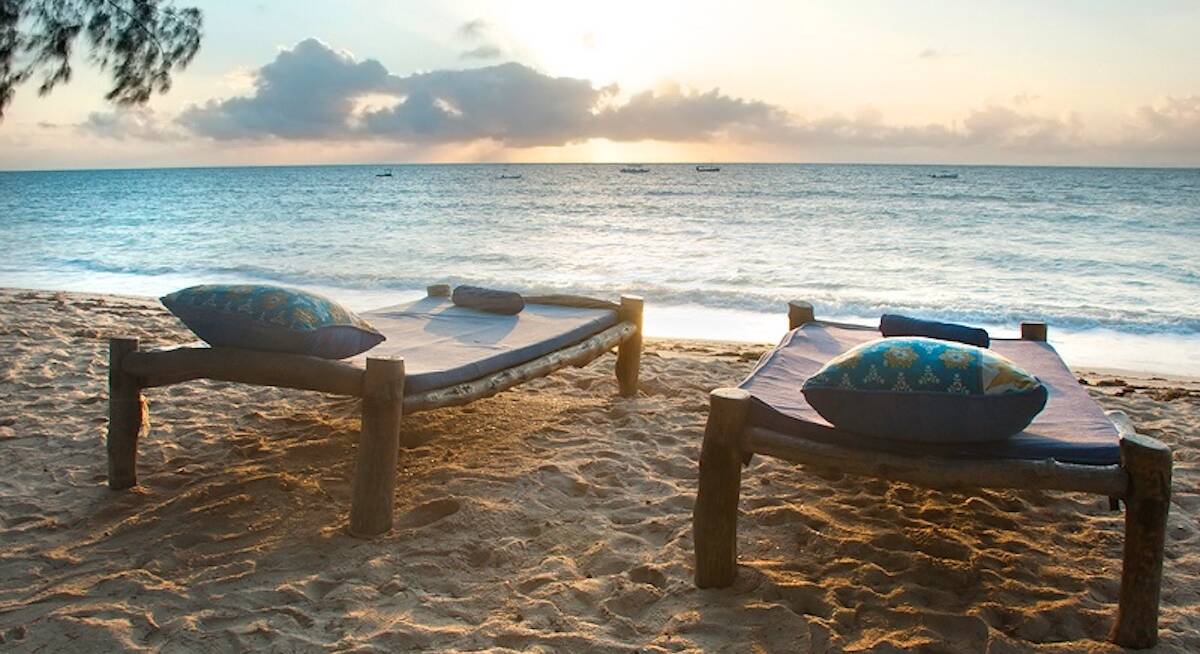
Kinondo Kwetu Beach Holiday
7 days • 1 locations NAIROBI AIRPORT TO NAIROBI AIRPORT
Enjoy a ‘home away from home’ on a beautiful beach, where you will be exceptionally well looked after by a superb team. This holiday can be as relaxed or as action-packed as you like.
US$3,760 - US$5,540 per person
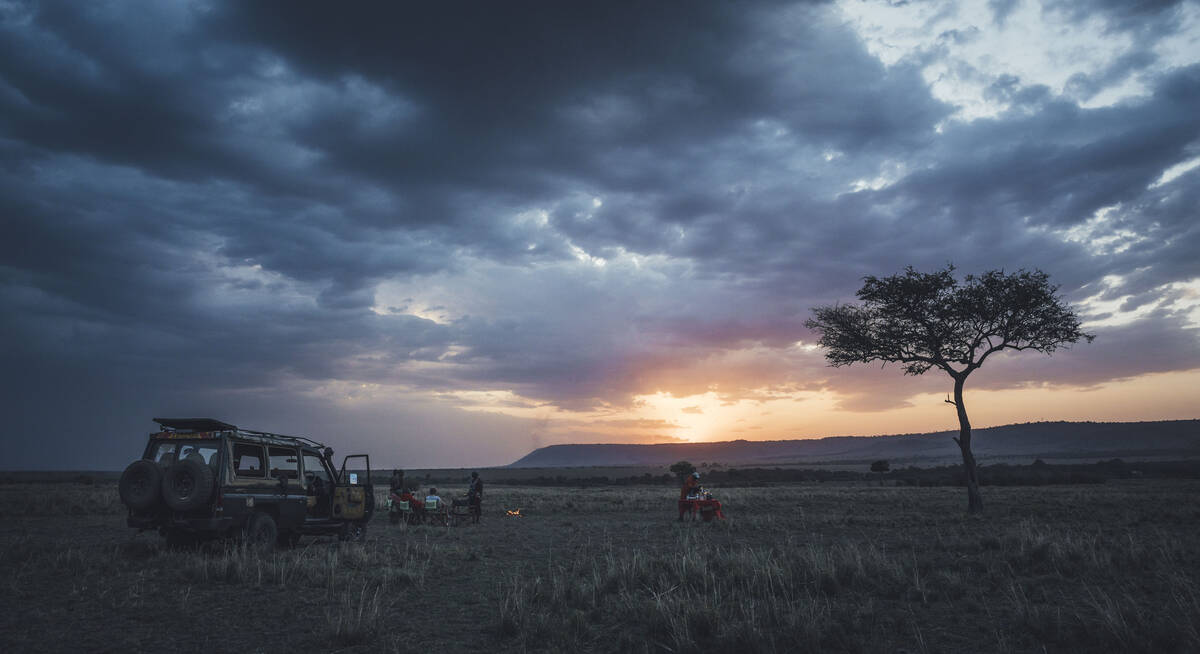
Greater Kudu Fly-In Safari
Experience a truly authentic bush experience on this safari at two classic tented camps, in Laikipia and the Maasai Mara. These are some of the best places to spot wild dogs and big cats.
US$7,170 - US$8,410 per person
Let us help you customise your trip
All of our holidays on this site are just ideas; none are fixed. All of our trips are tailor-made, so we'll always adapt them to suit you. Talk to an Expert and let us help you to work out your perfect trip.
Talk to an Expert
Call us now! We’ll match you with the Specialist in our team who is best suited to help you. Then together we can start planning your trip.
Set up your itinerary
Based on our experience and your ideas, your specialist will create a detailed, costed itinerary. We’ll refine it together, until we have a trip that you’re perfectly happy with.
Prepare for your trip
The same Specialist will make the seamless arrangements for your trip, send you detailed travel documents, and be available to answer any questions before you depart.
Travel with peace of mind
After you set off, you’ll be cared for by our partners in Africa, most of whom have worked with Expert Africa for decades. And if you ever need us urgently, we’re available 24/7.
When you return
We love to learn about your trip, and so will always be grateful if you’ve the time to give feedback to your Specialist when you return.
Kenya holiday styles & special interests
From family adventures to romantic breaks, find ideas here for your perfect Kenya safari
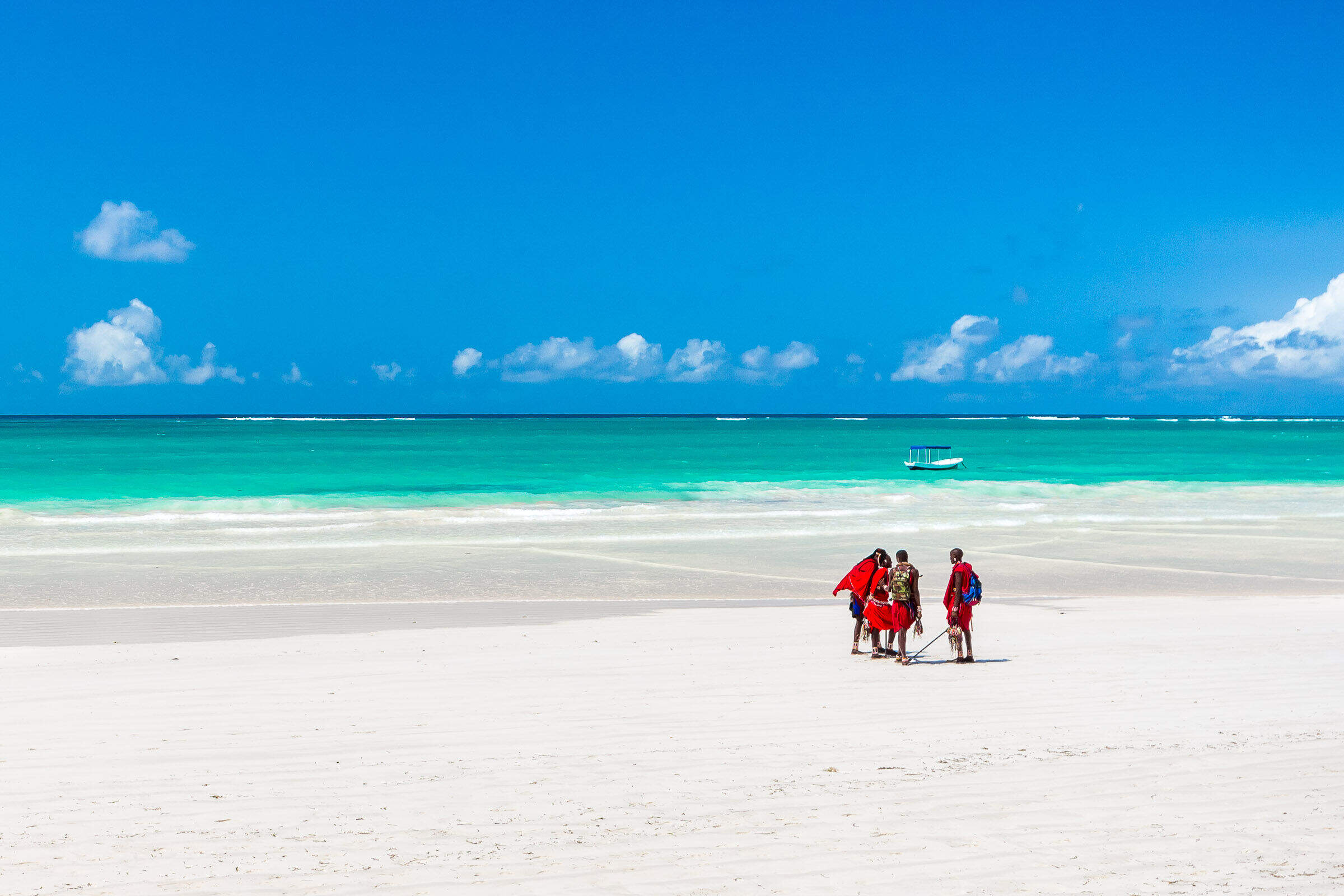
Beach holidays
Discover Africa's coast and tropical islands.
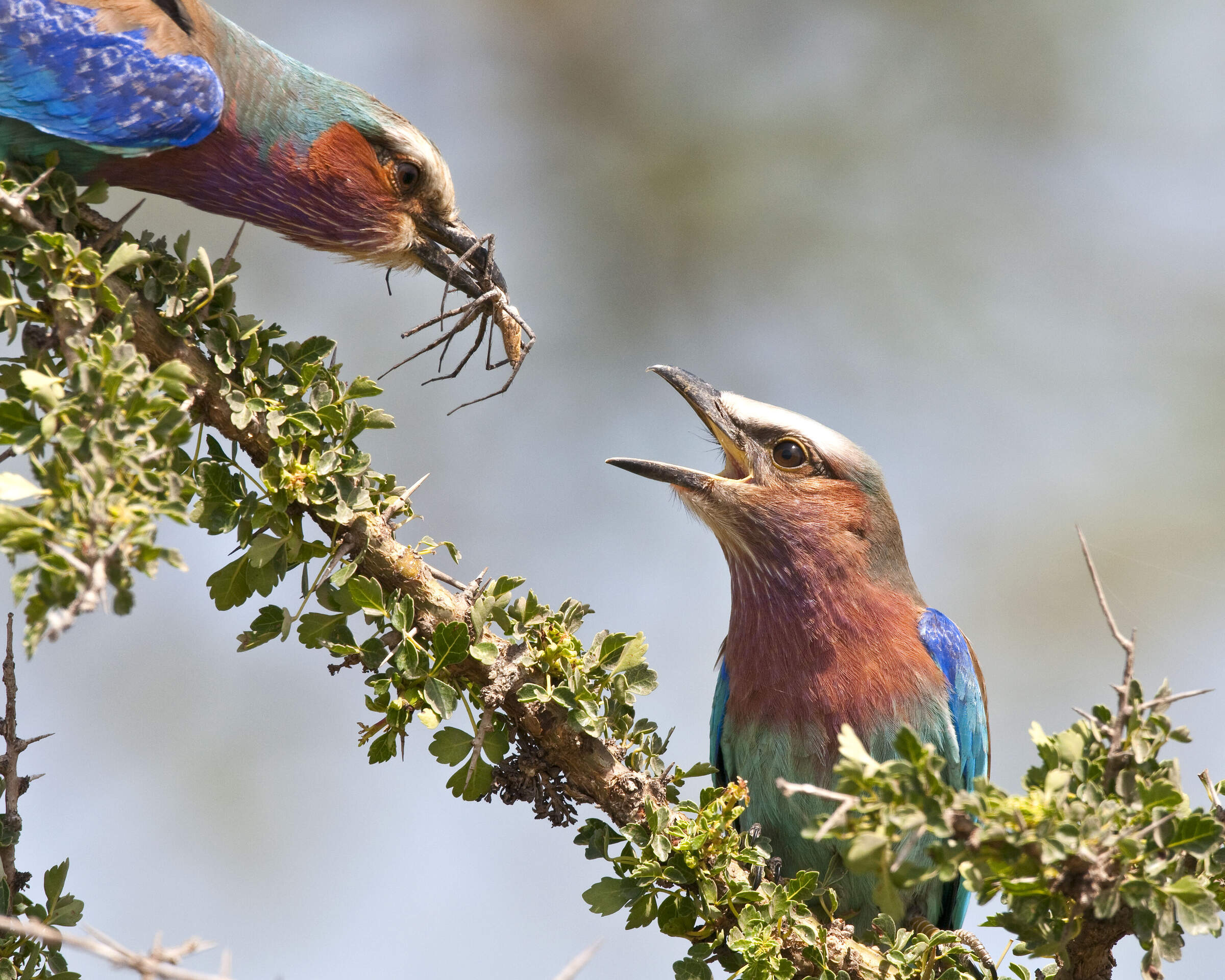
Birdwatching
Diverse habitats, discreet hides and superb guiding.
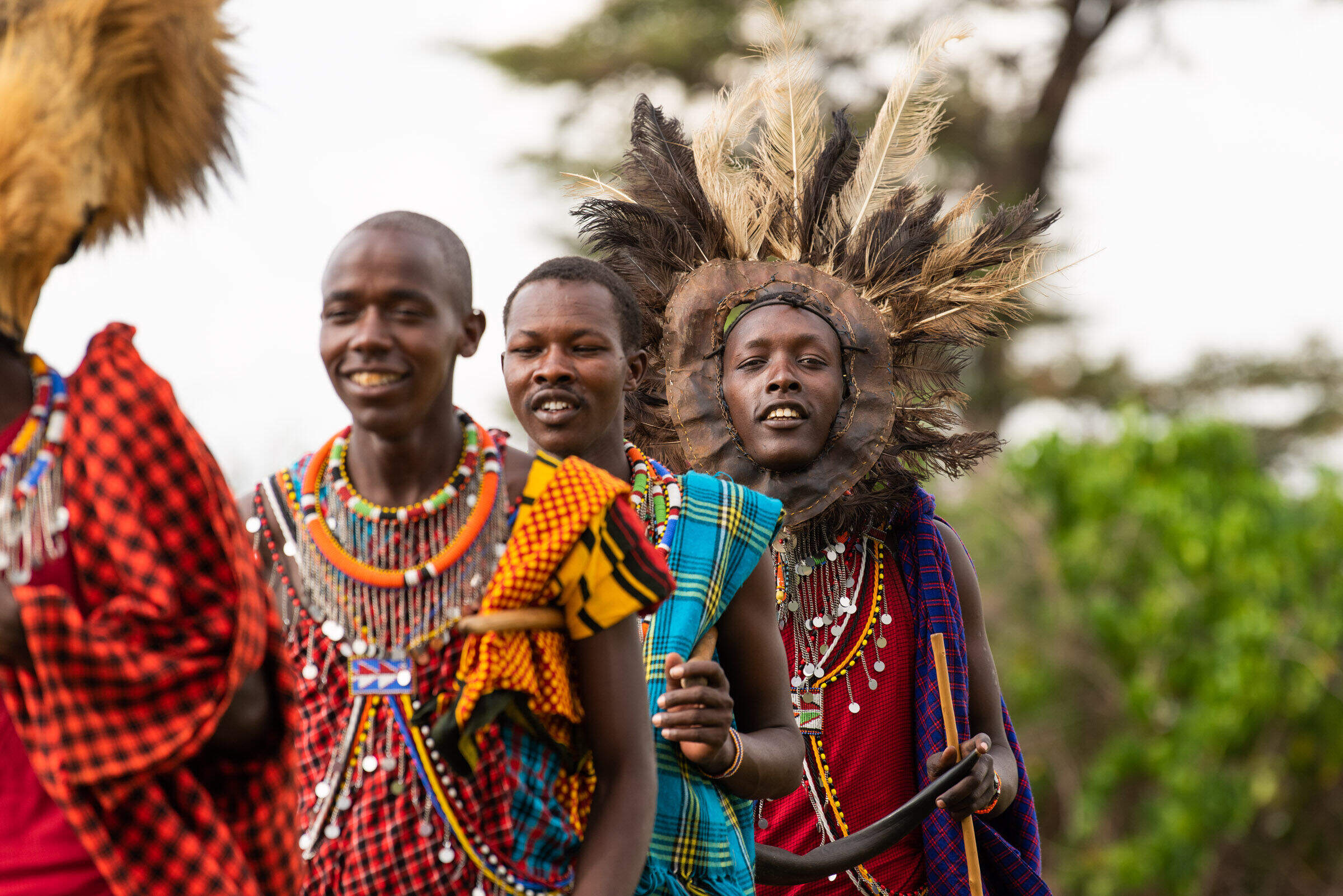
Cultural experiences
Get an insight into Africa's cultures and history.
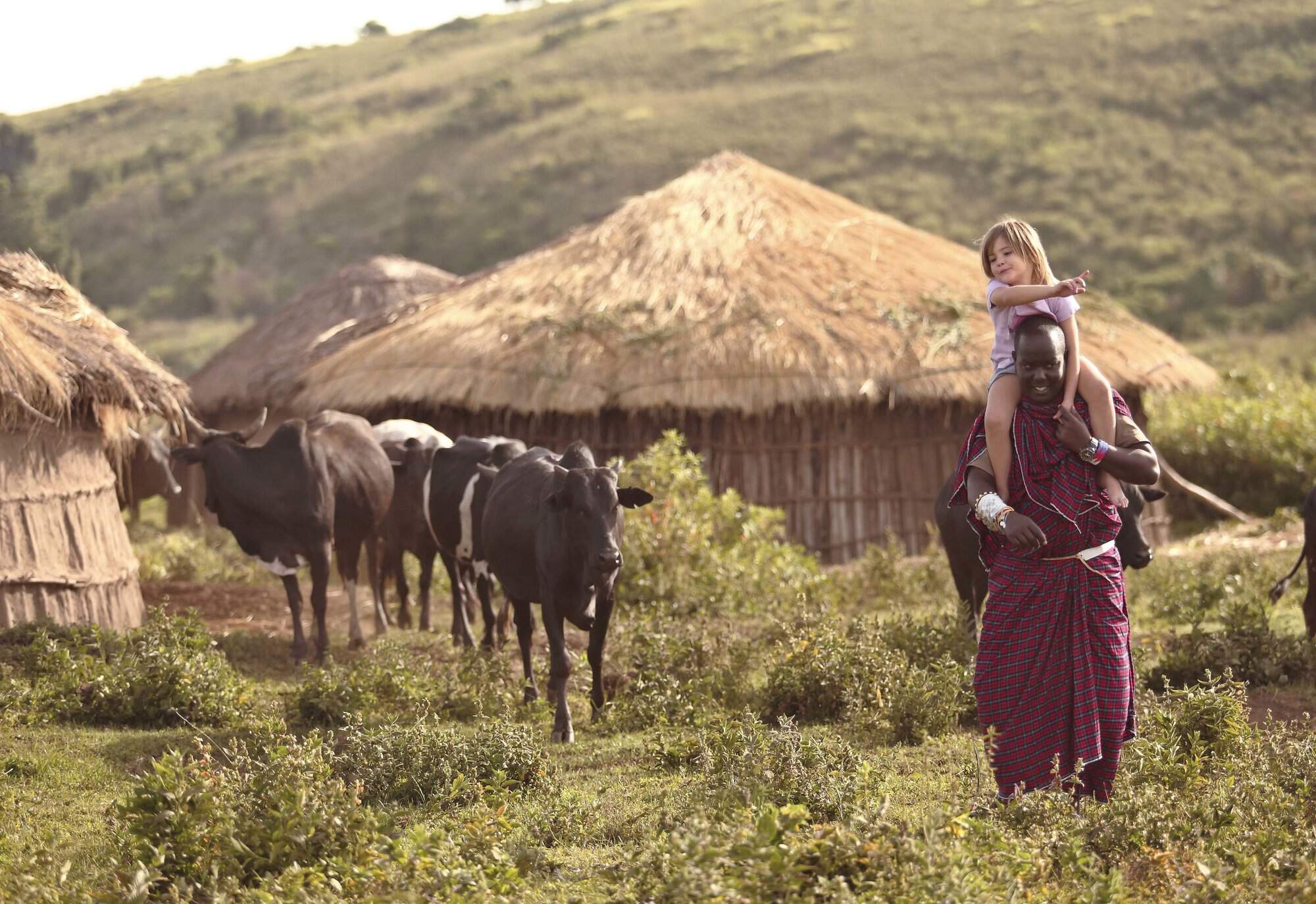
Family holidays
Hand-picked camps for an incredible family safari.
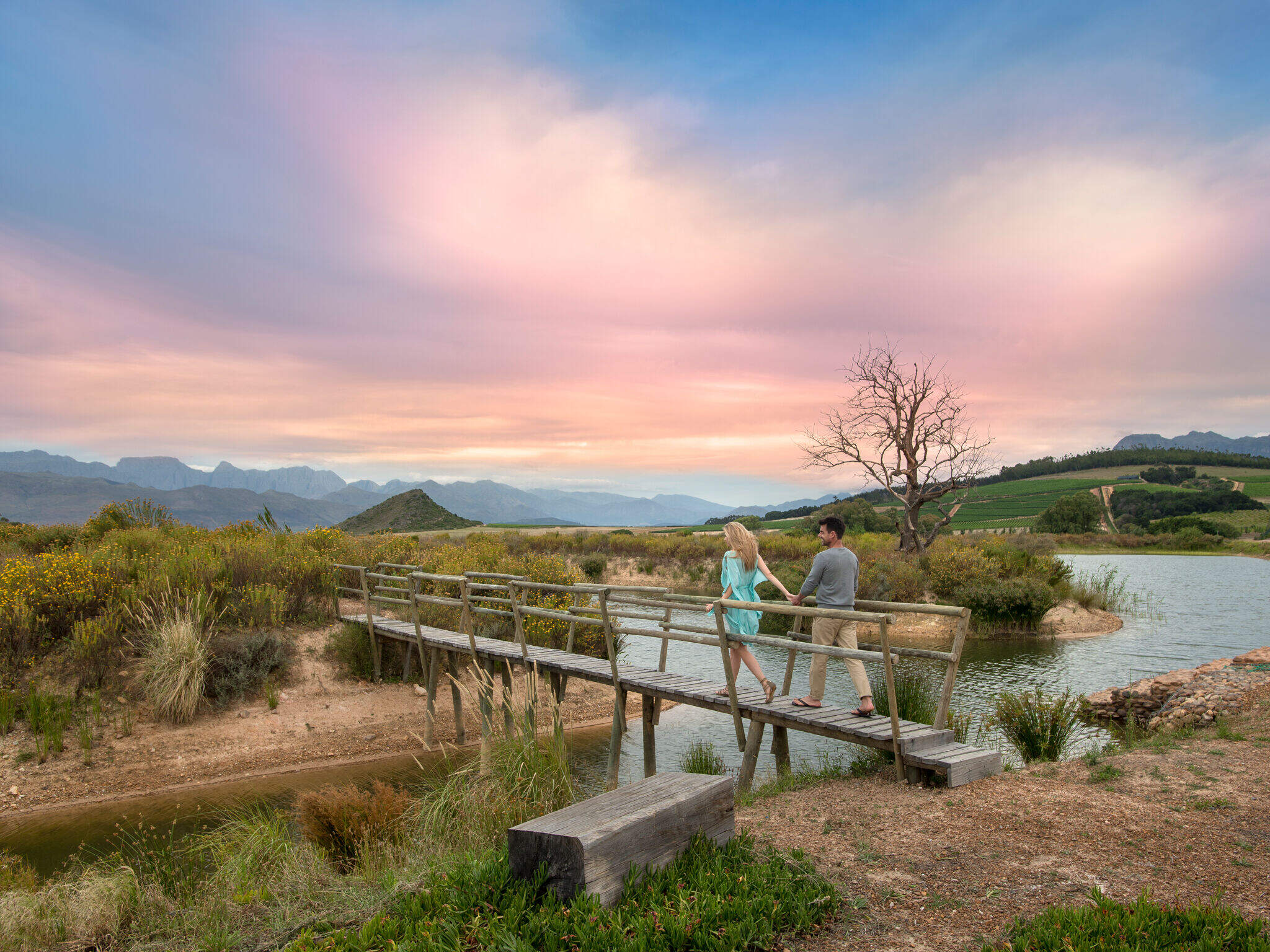
Romantic safaris and castaway island retreats.
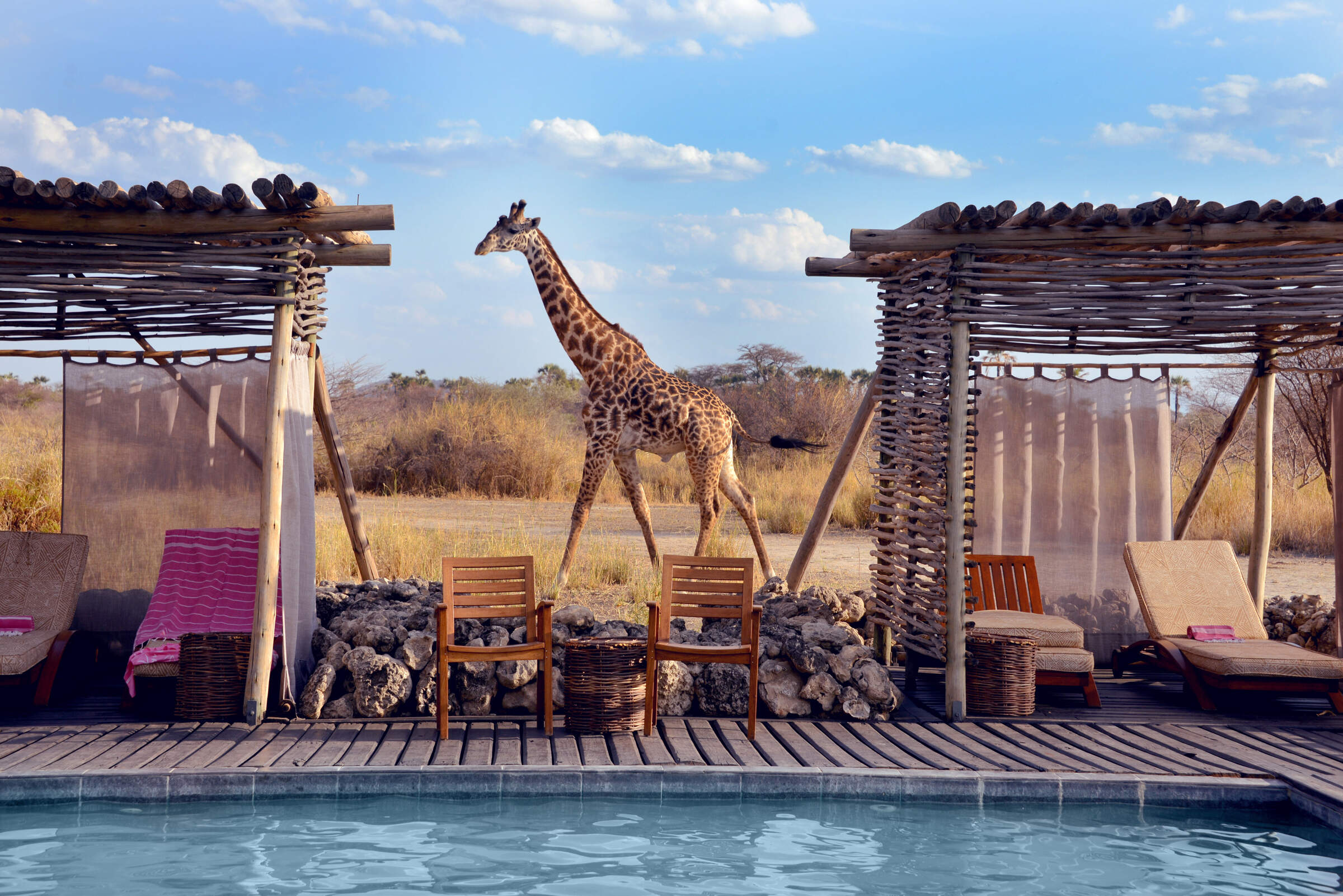
First-class service, scenic vistas and unparalleled comfort await you during these carefully selected luxury holidays.
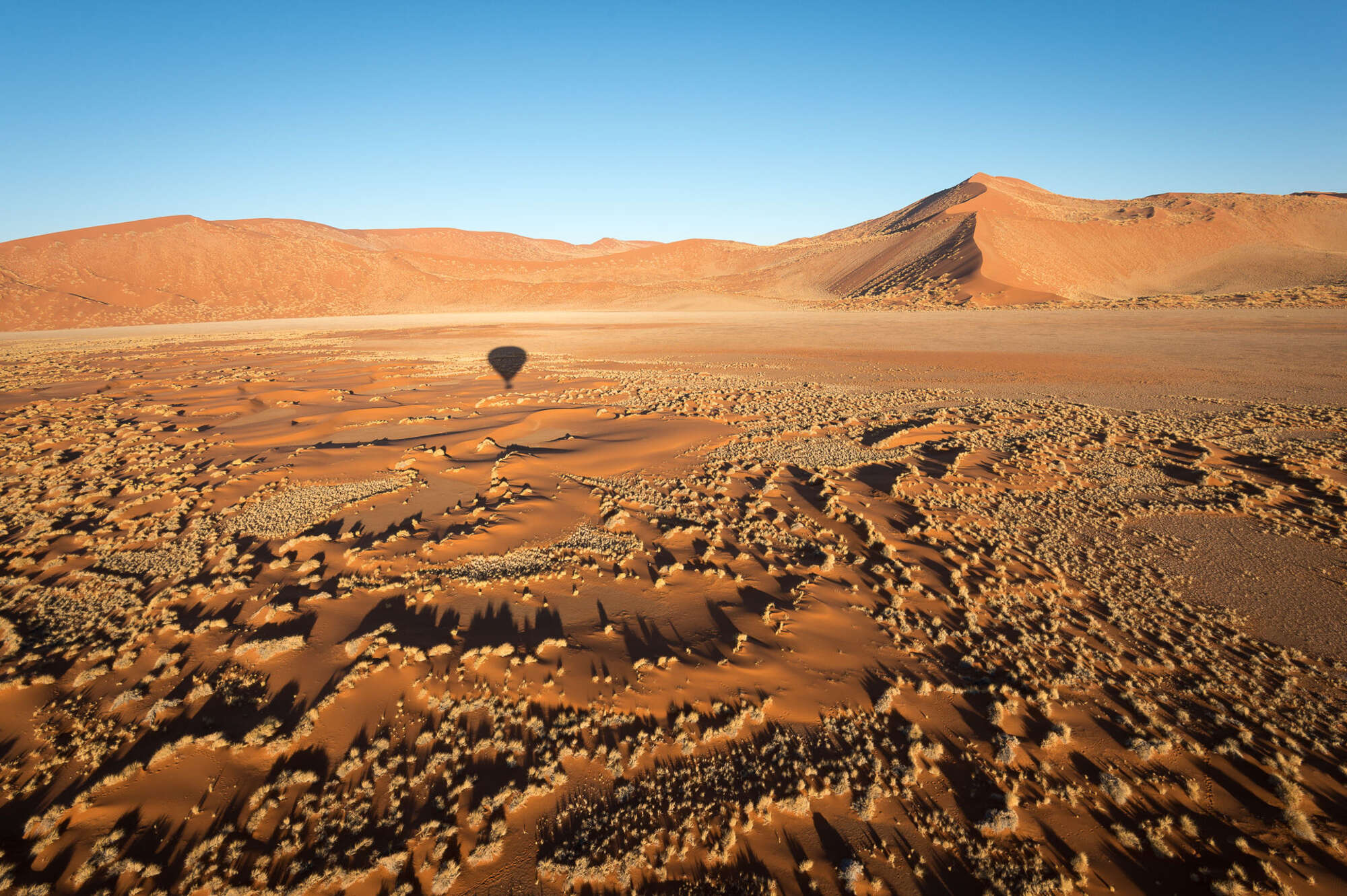
Photography holidays
Great holidays to suit the keen photographer.
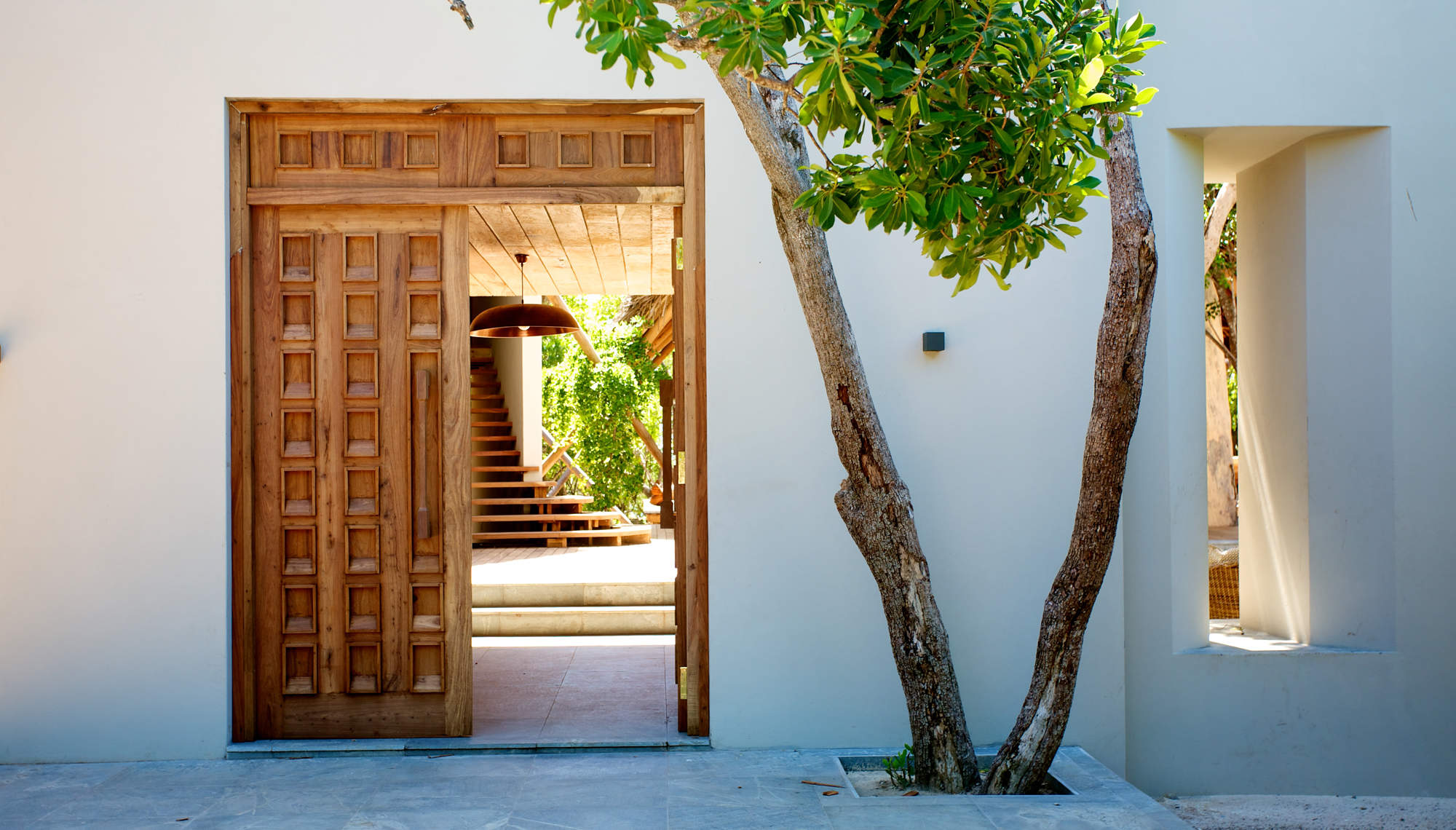
Private villas & houses
Enjoy Africa with just your friends & family
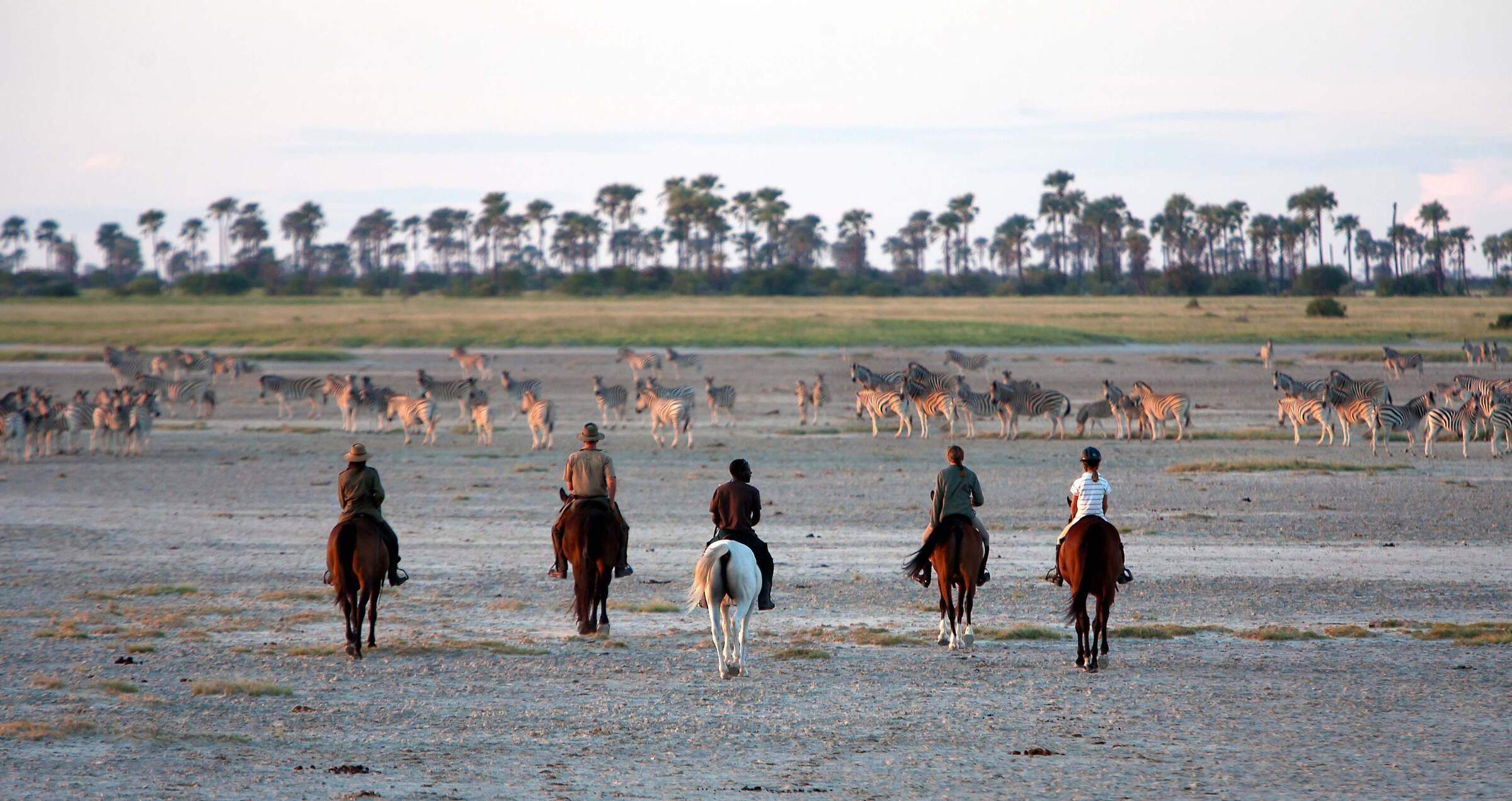
Riding holidays
Explore Africa's wilderness on horseback.
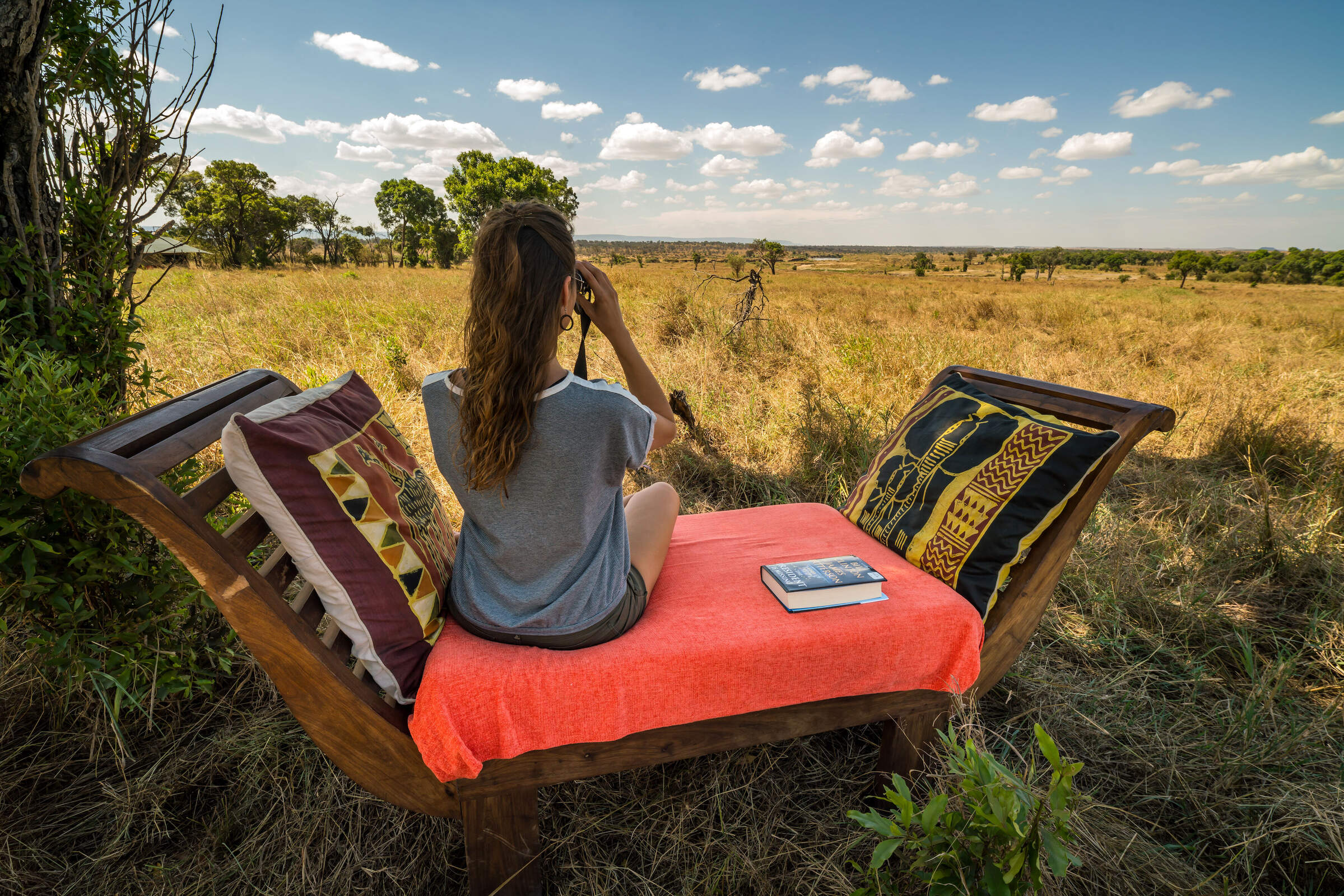
Solo Travel
Trip ideas ideally suited for a solo traveller.
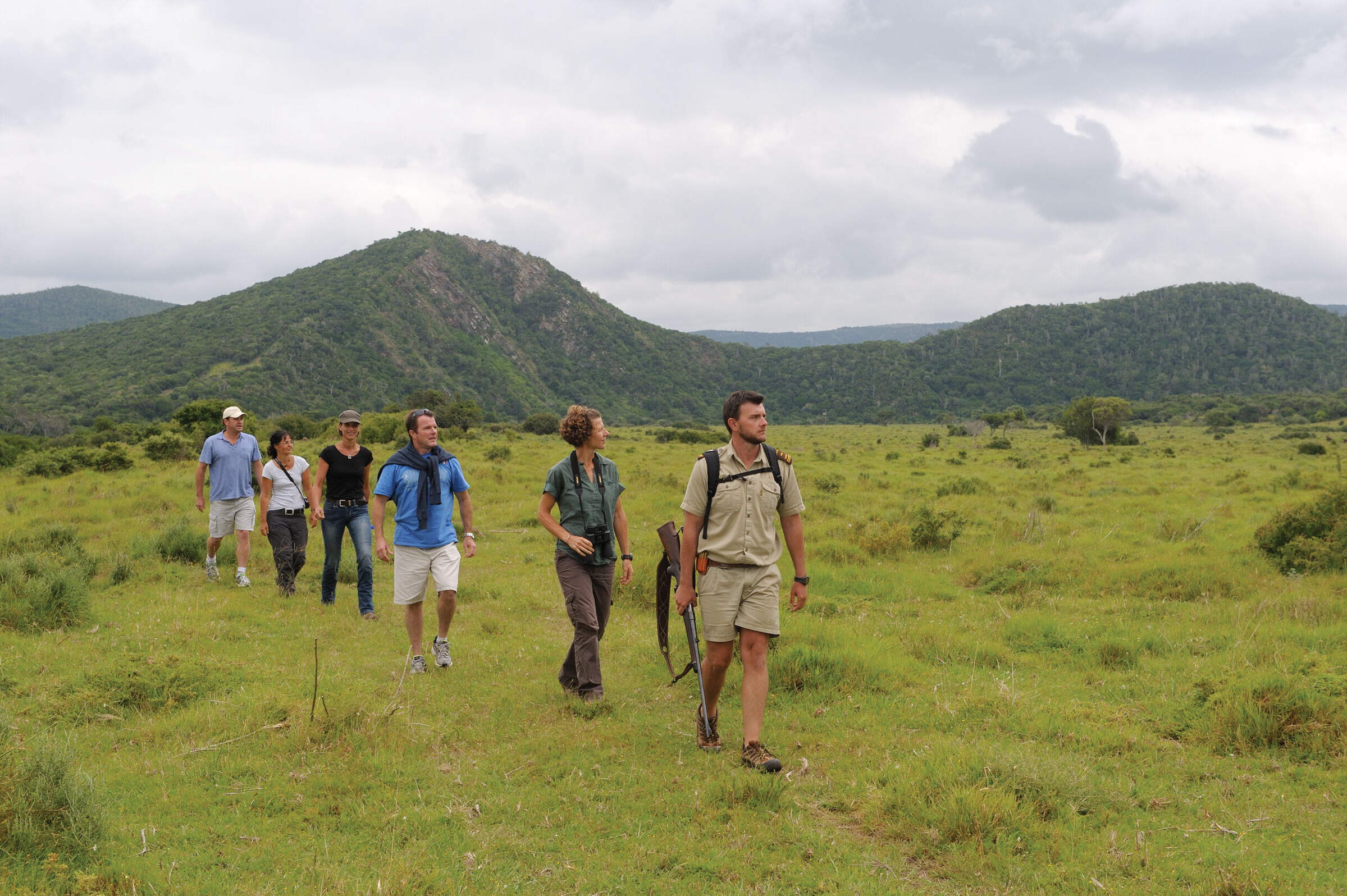
Explore Africa's most scenic trails on foot.
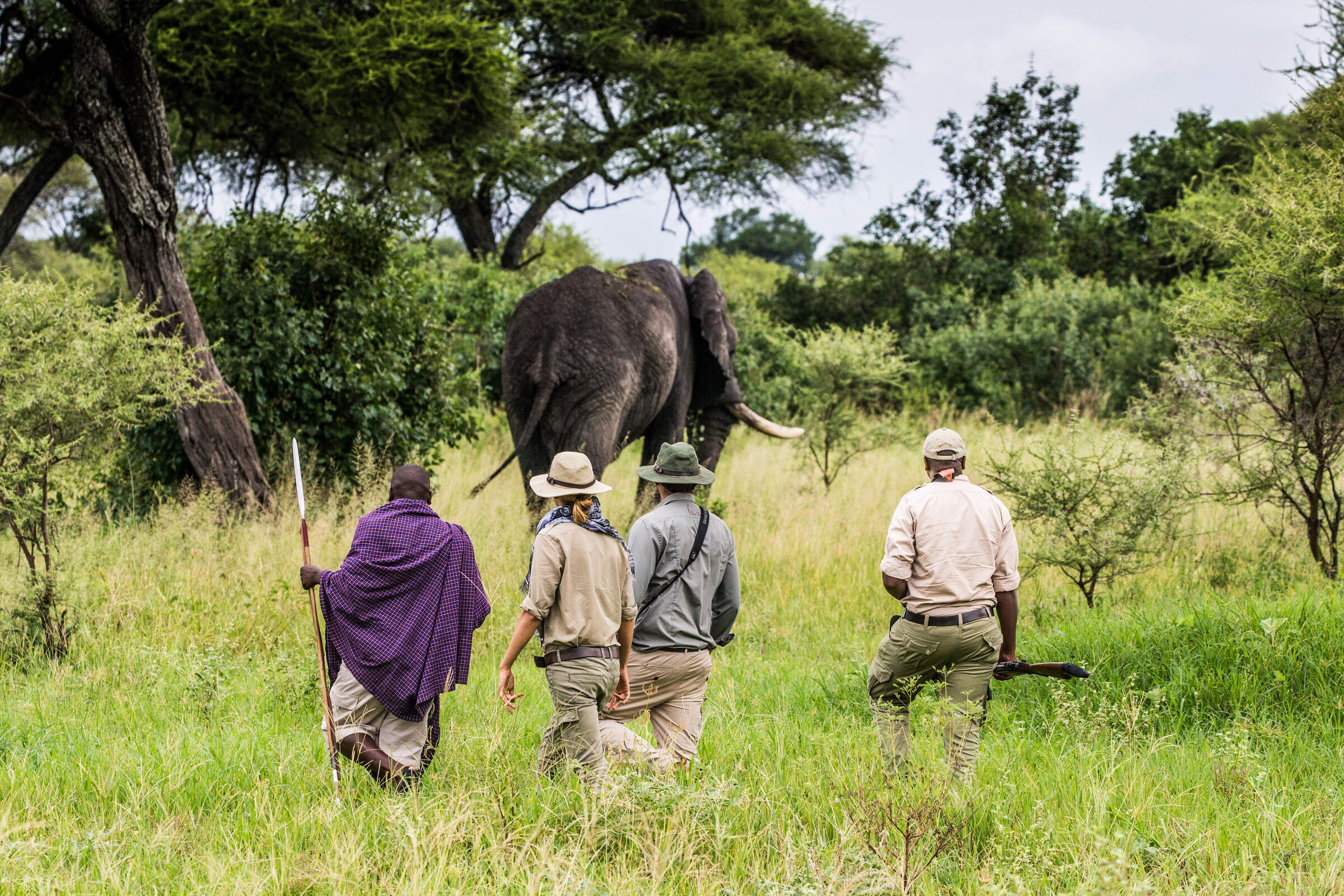
Walking safaris
Explore Africa's untouched wildernesses on foot.
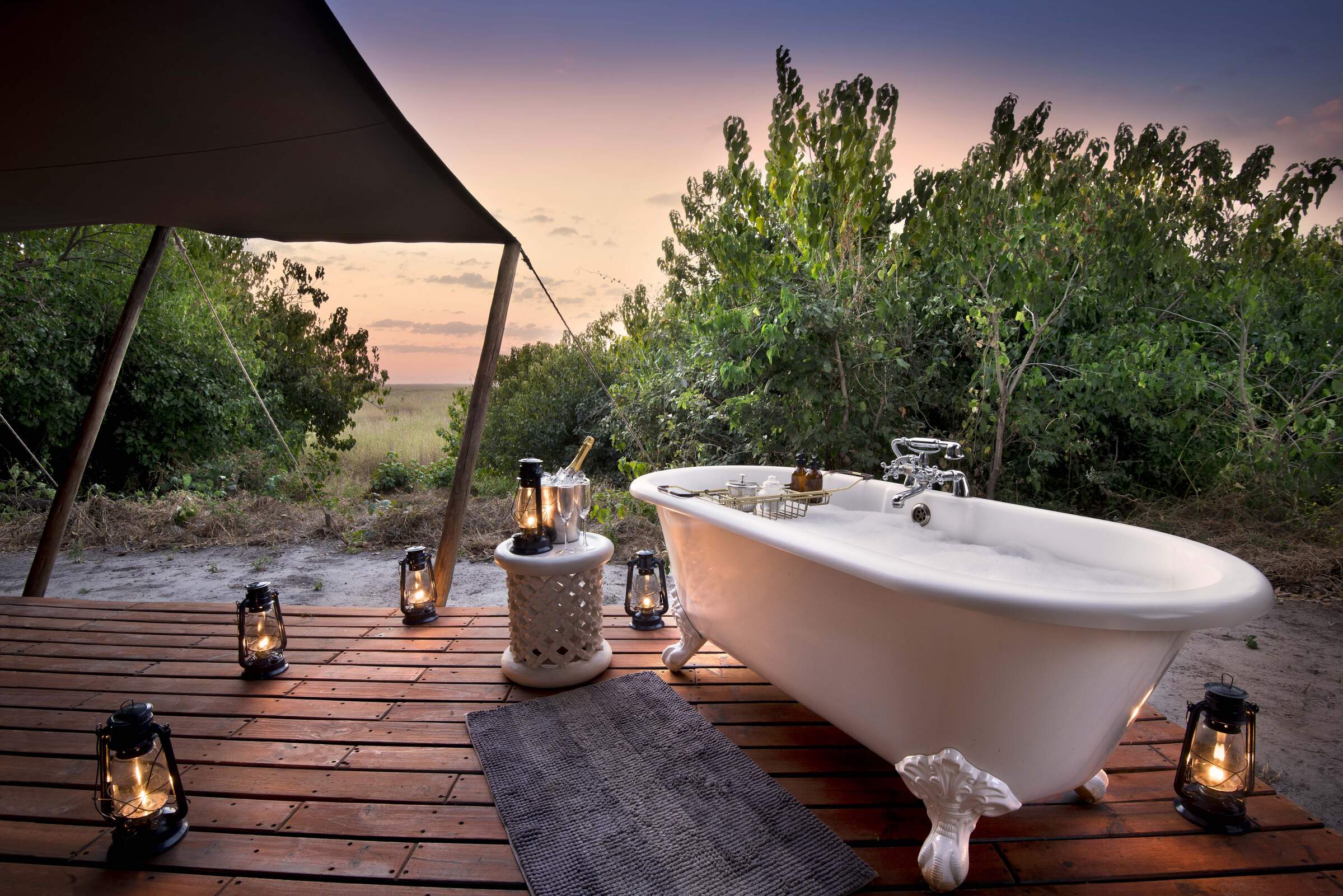
Wellness escapes in stunning locations
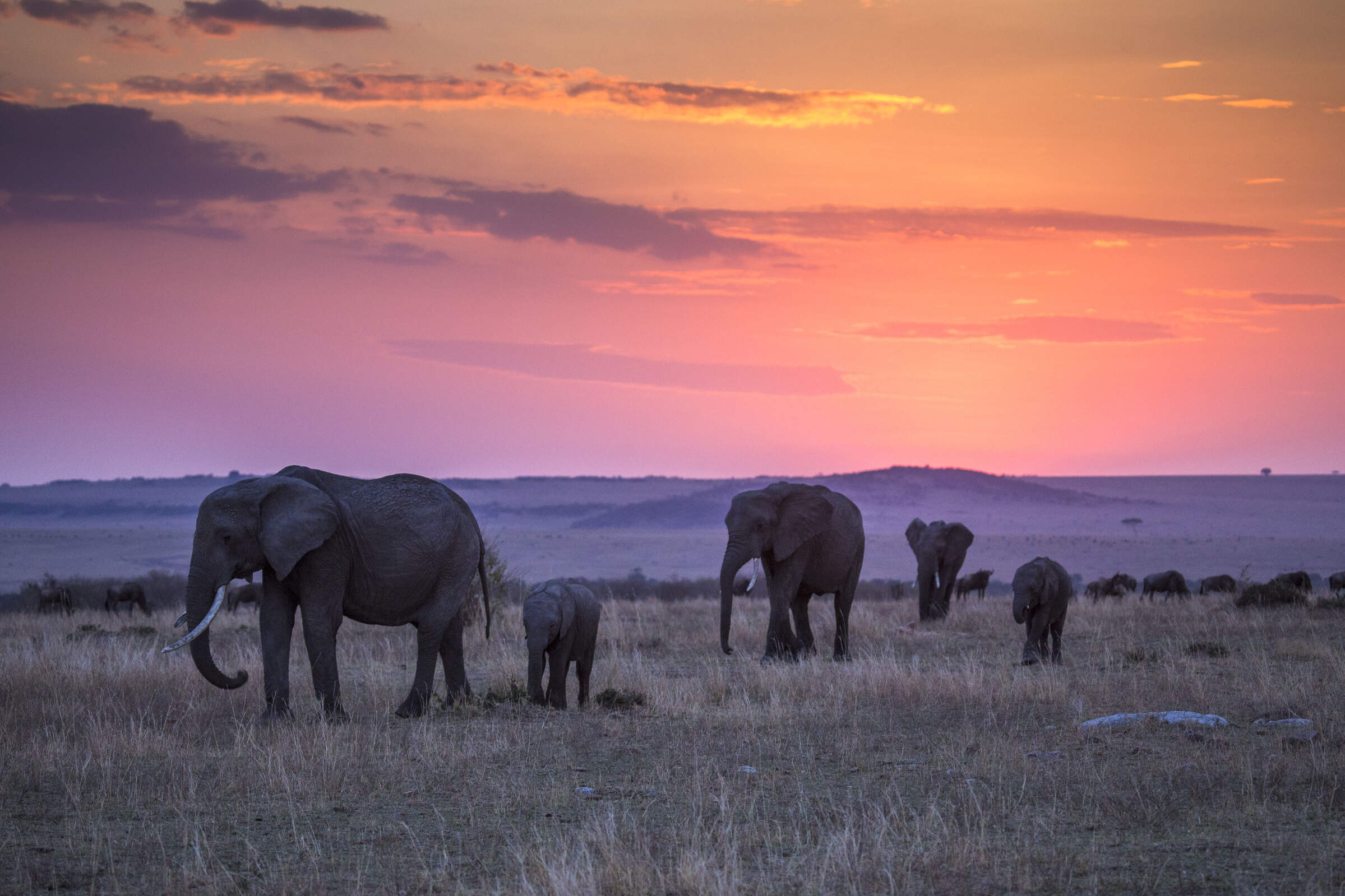
Wildlife safaris
These trips include hard-hitting game and fascinatingly elusive species alike, as well as superb guiding and a variety of diverse ecosystems.
Expert Africa's other destinations in Africa
Expert Africa offers tailor-made itineraries to 12 countries in southern and East Africa. Click below to see where else we've been - and where you might choose for your next trip.
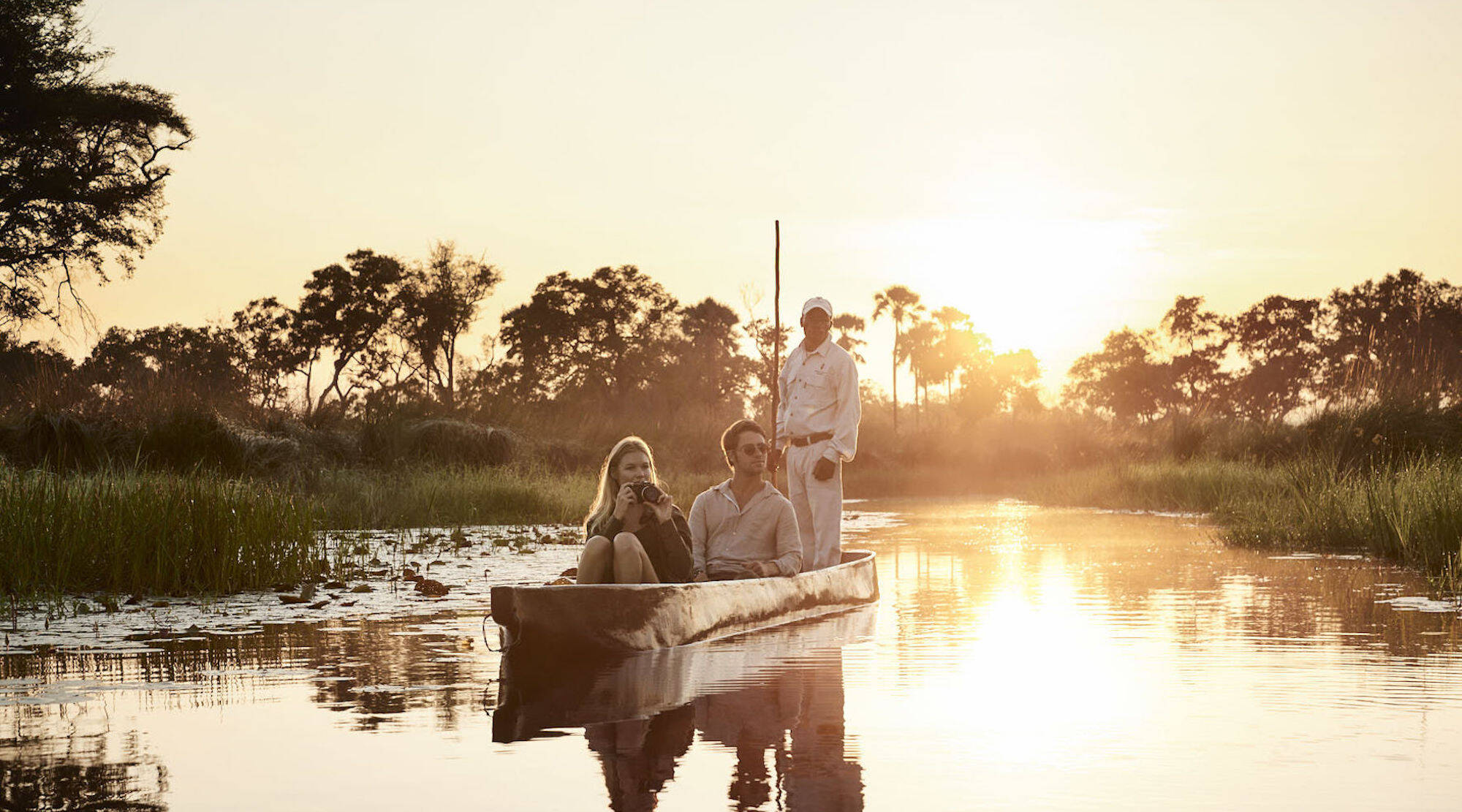
With big game, glamorous lodges and one of the greatest unspoilt wildernesses on Earth, Botswana is perhaps Africa's most exclusive safari destination.
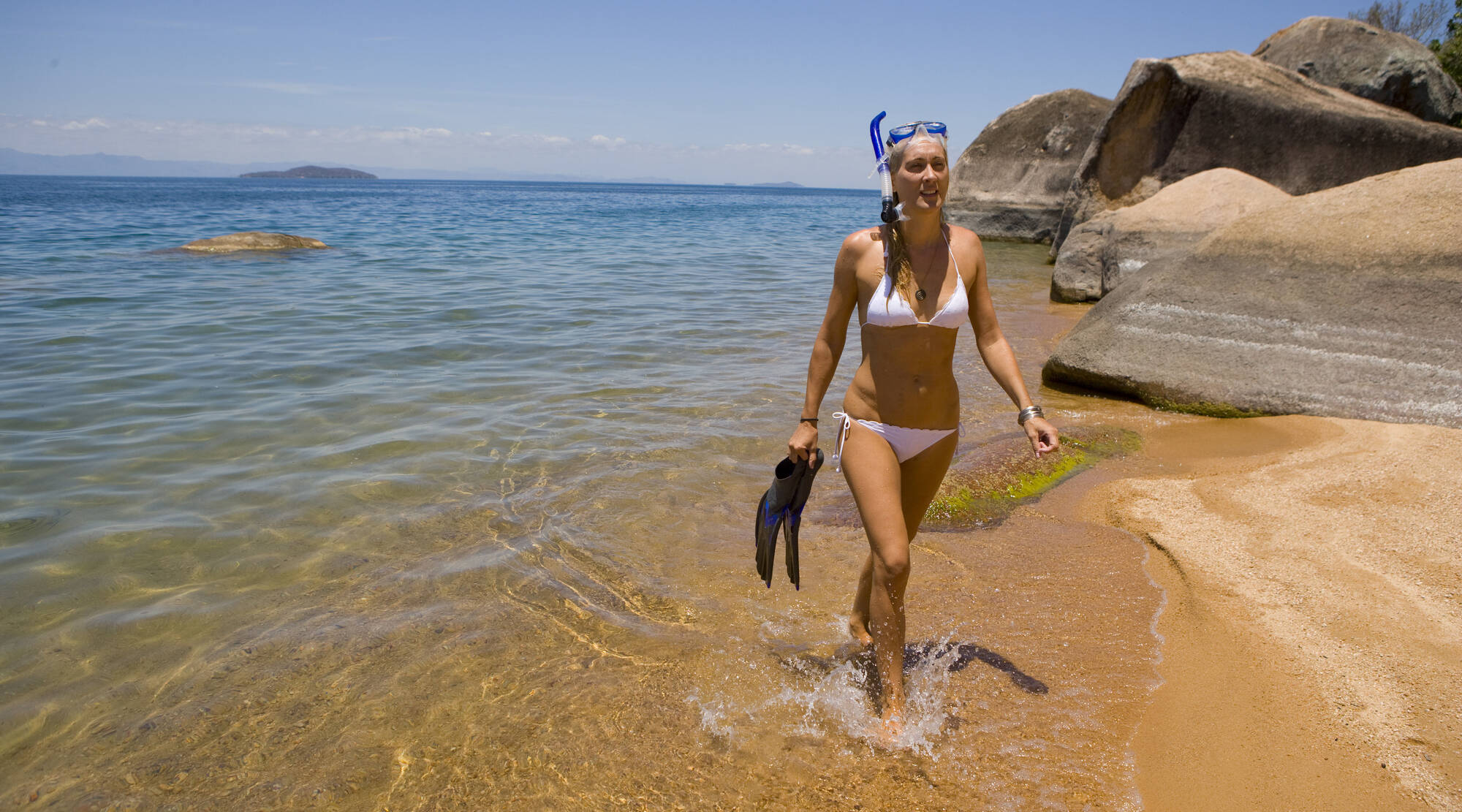
With tropical rivers, Rift Valley plateaux, the crystal-clear waters of Lake Malawi and a stunning lakeshore, Malawi invites relaxed exploration.
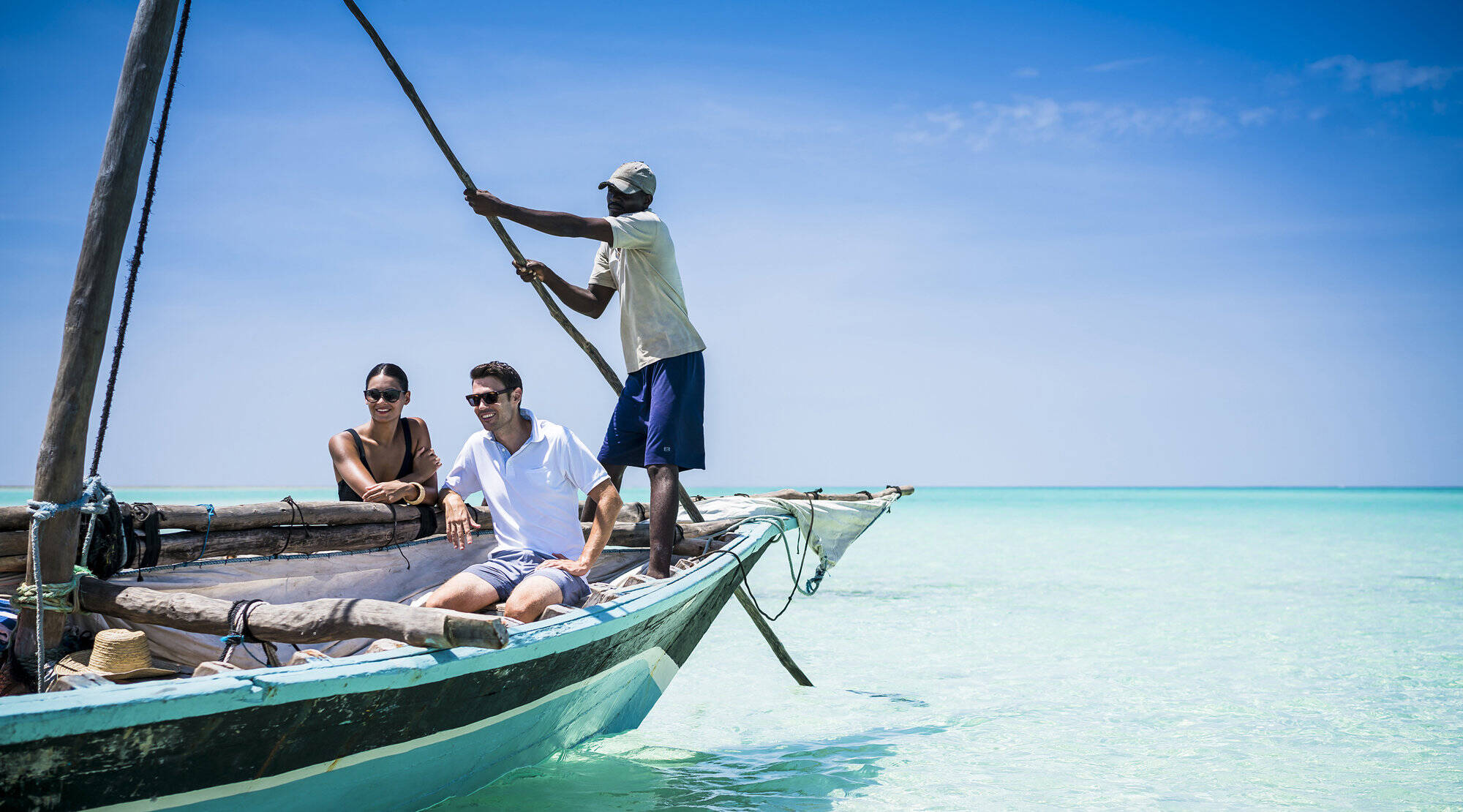
An ocean paradise protected by world-class marine parks, Mozambique’s idyllic archipelagos offer heavenly hideaways, outstanding diving and laid-back luxury.
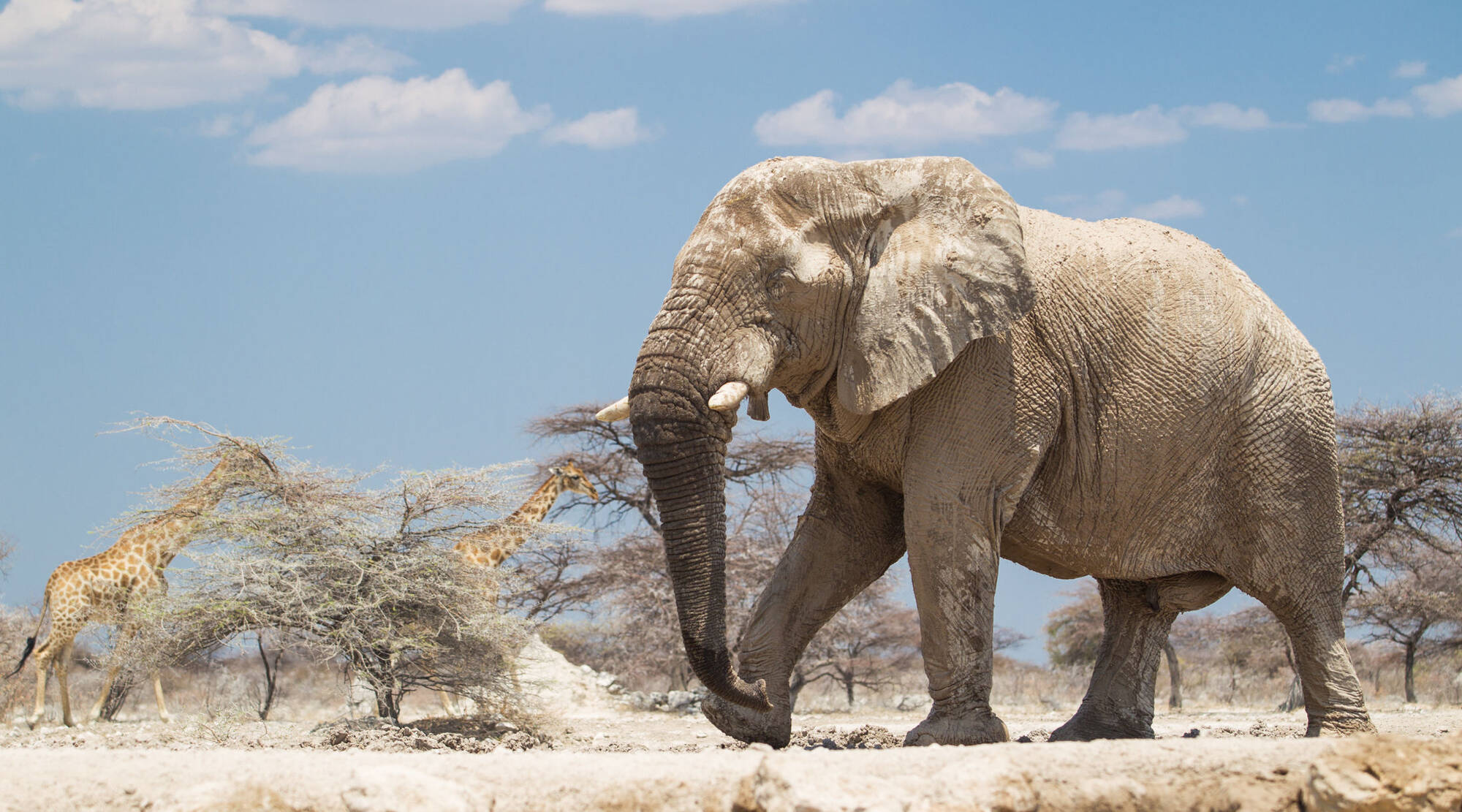
Spectacular scenery, diverse wildlife and a rich cultural heritage await discovery by air, with a guide or on a self-drive adventure.
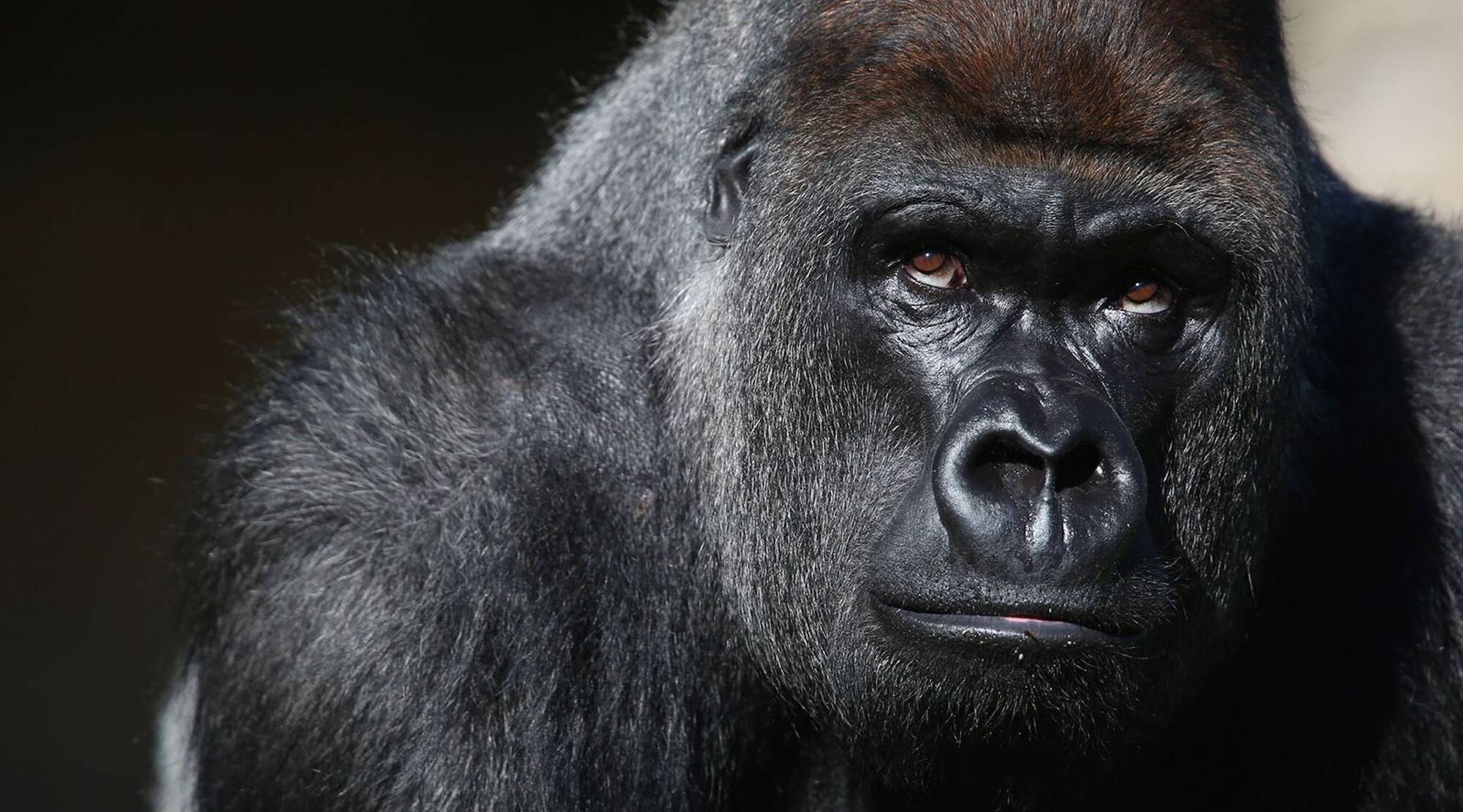
This small, mountainous country offers Africa’s best gorilla treks, other good safari options and a profound human element in every trip.
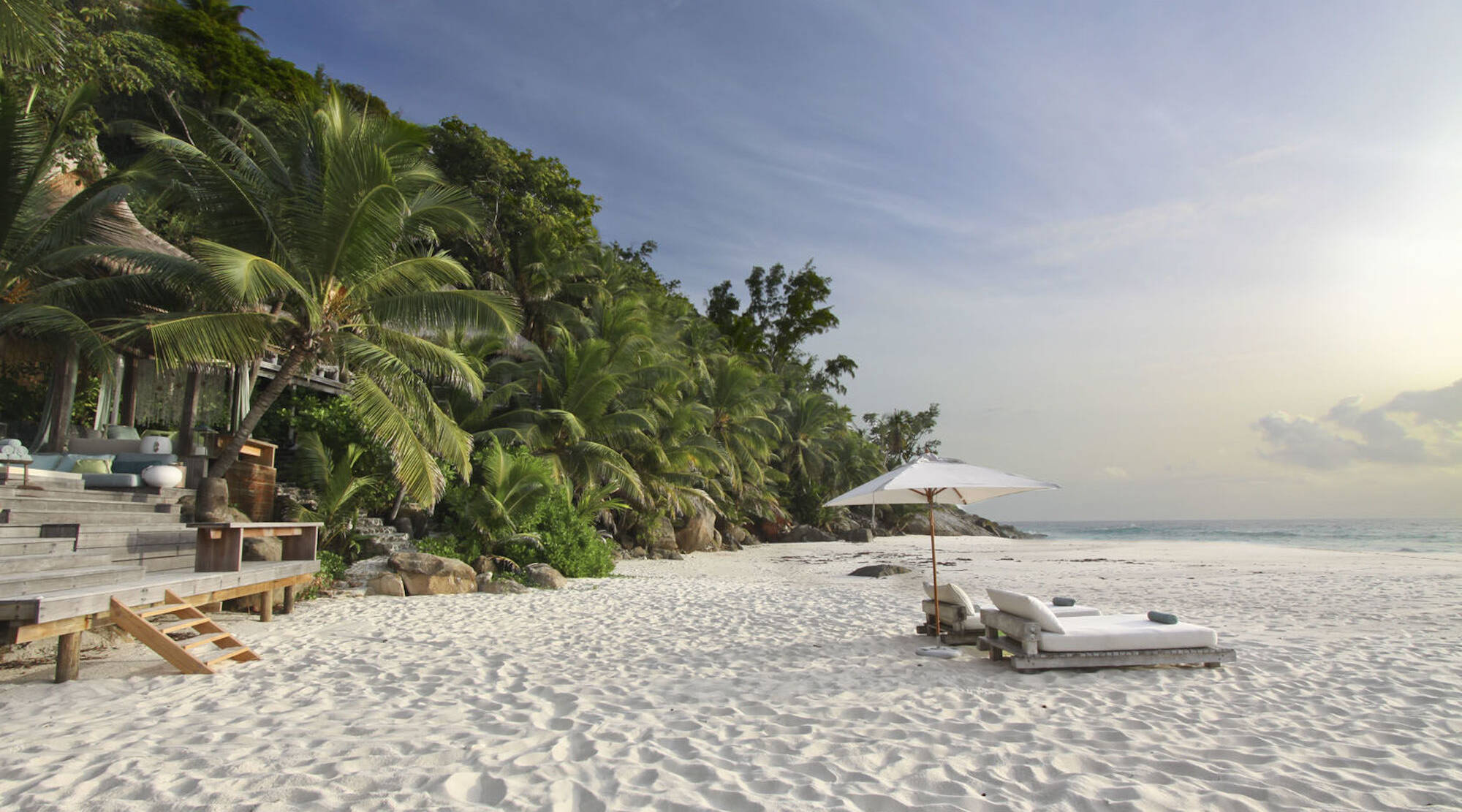
The ultimate glamorous getaway: the lush islands of Seychelles are enchantingly beautiful and stylish sanctuaries for both wildlife and ocean-lovers.
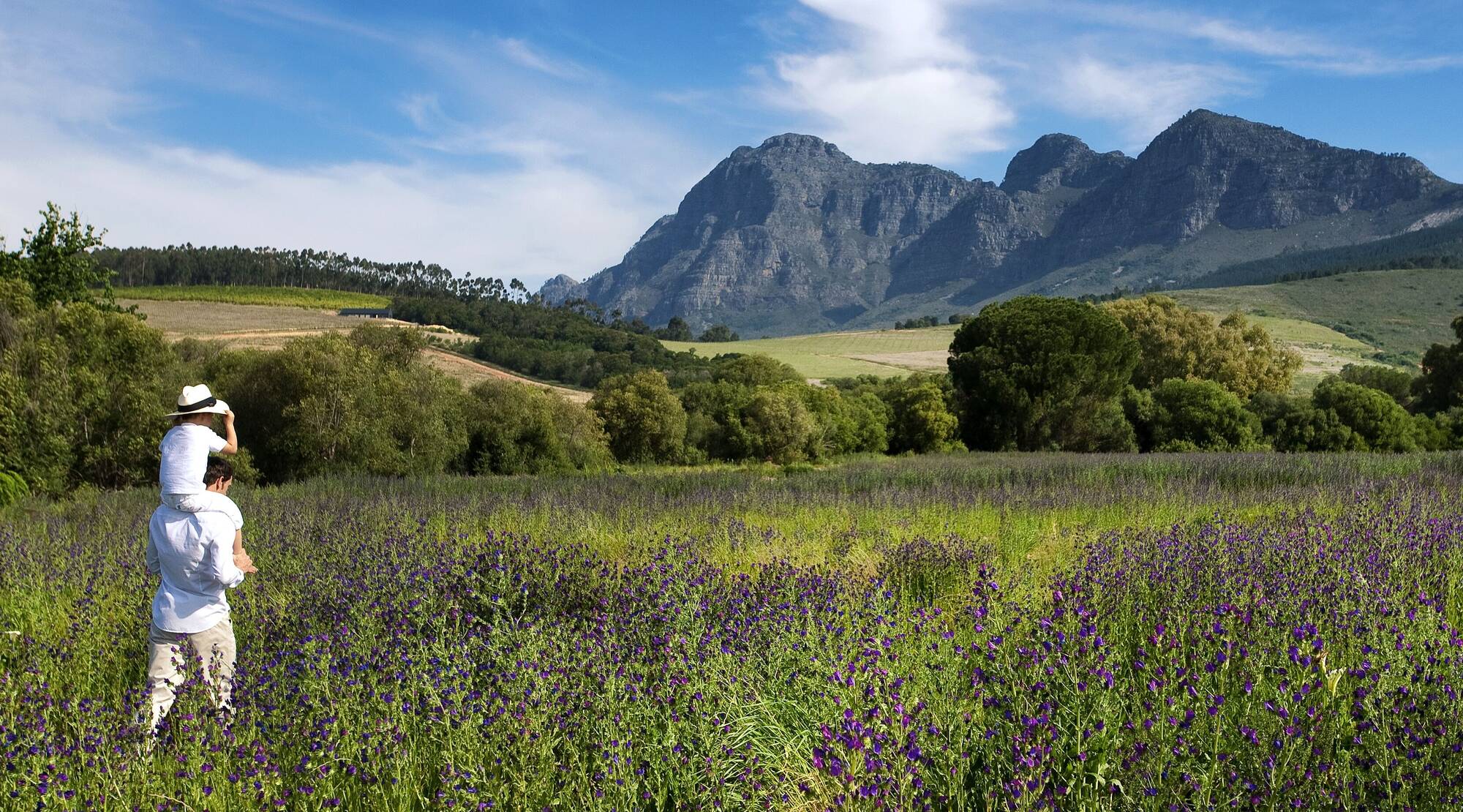
South Africa
Cosmopolitan Cape Town, world-class wineries, brilliant ‘Big Five’ safaris and spectacularly diverse scenery make South African holidays fabulously exciting and enjoyable.
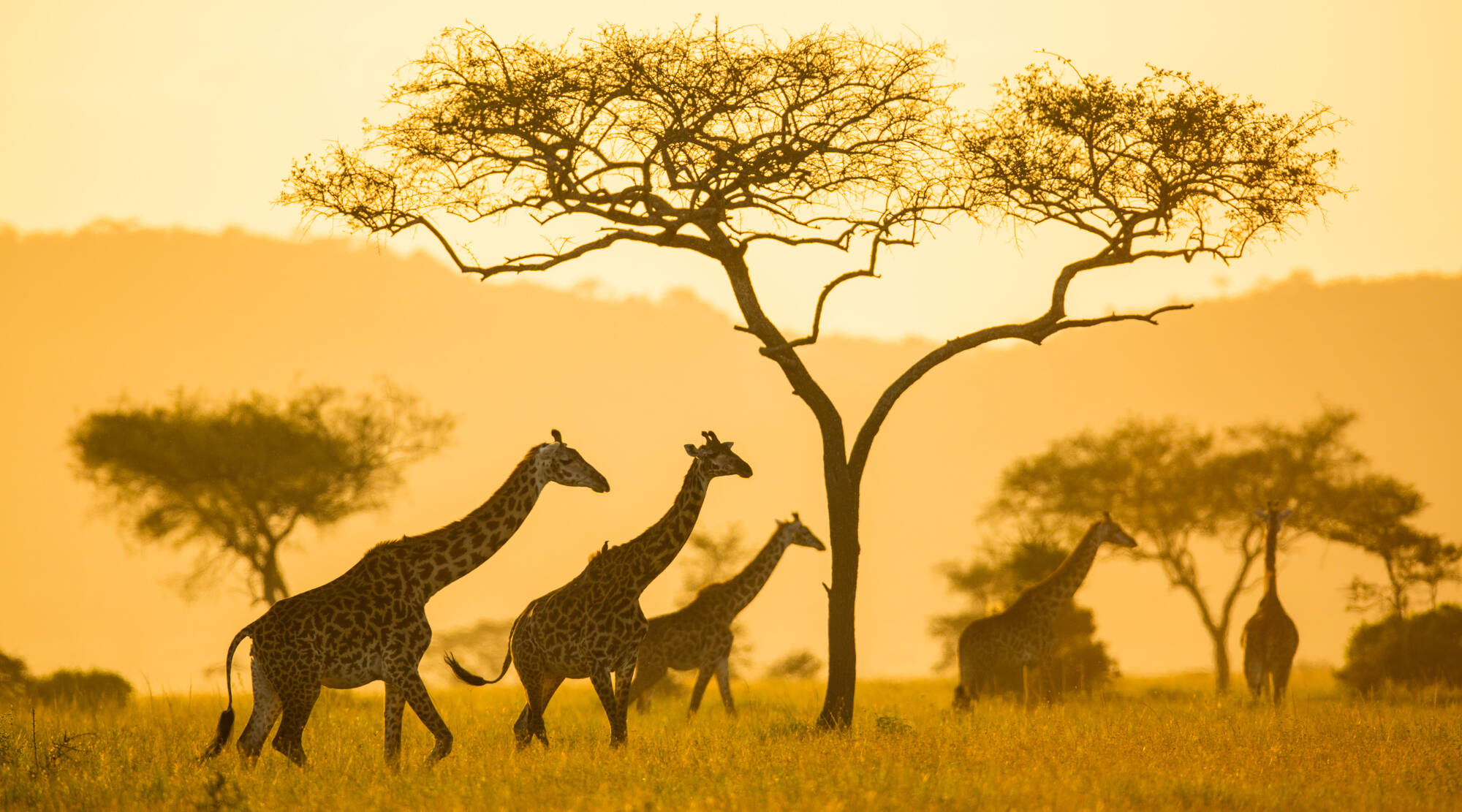
East Africa’s biggest country has a wide range of parks to explore and some of the Indian Ocean’s best island retreats.
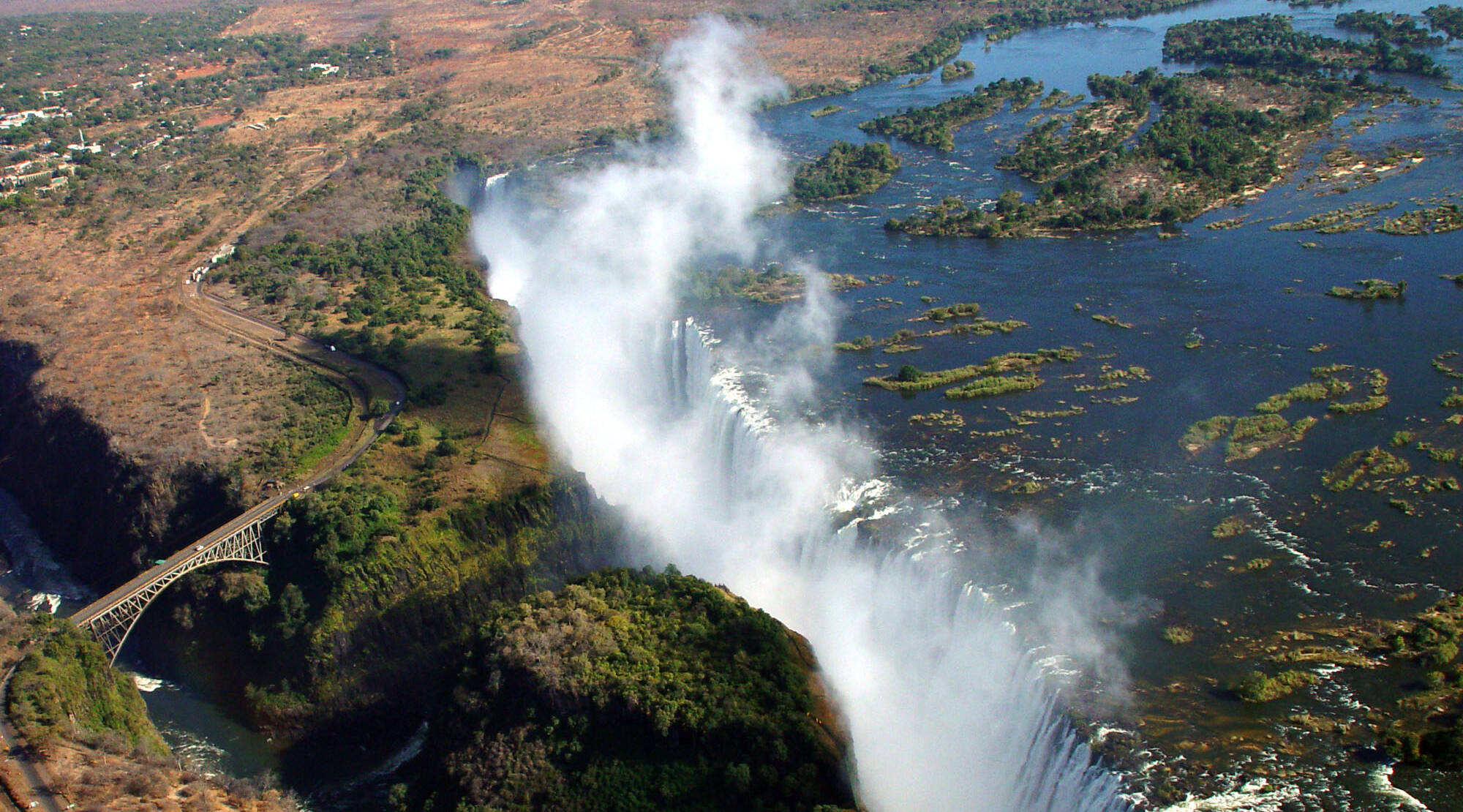
Home to walking safaris, exceptional wildlife, superb guiding and the mighty Victoria Falls, Zambia is Africa at its most alluring.
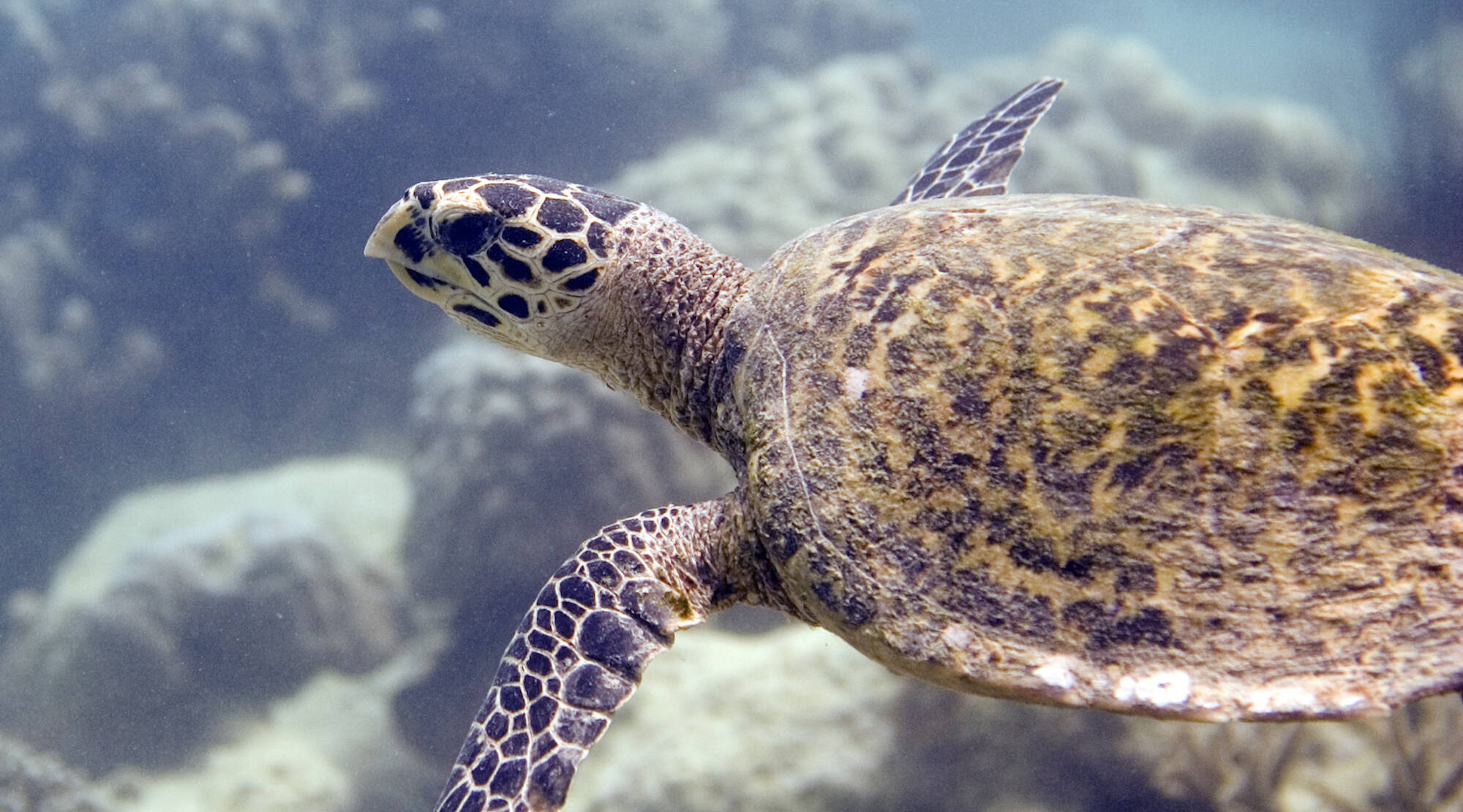
The ultimate Spice Island: Zanzibar’s mystique, marine life and chic beach retreats make it Africa’s most alluring archipelago.
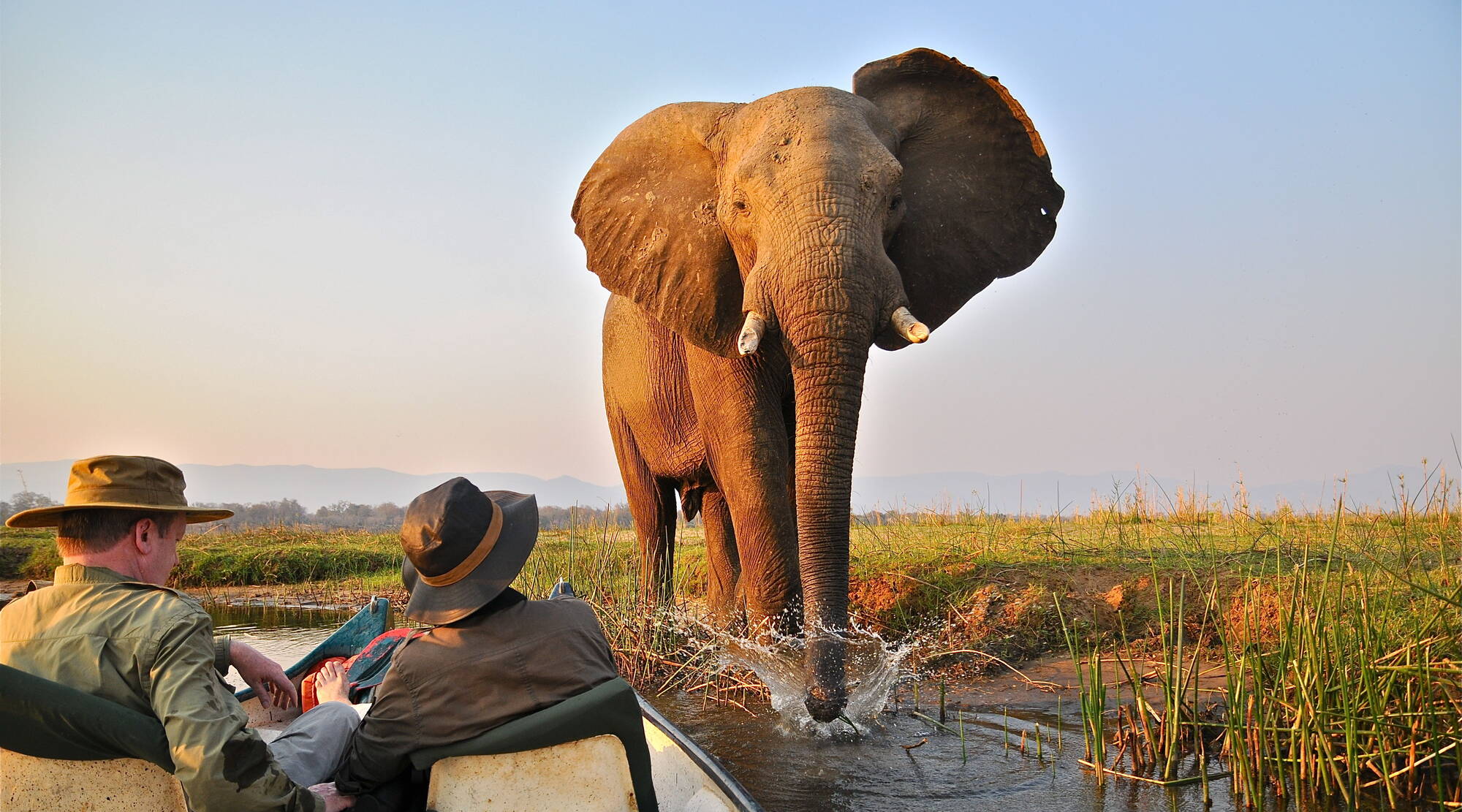
Stunning national parks teeming with game, plus Africa's finest professional guides and the spectacular Victoria Falls: Zimbabwe is enthralling.
Elephant safari in Linyanti
Login to Expert Africa
Sign in with password
Sign in with email link
New to Expert Africa? Create an account
Forgotten your details?
It's free & quick to set up
- Save your wish-list
- Send us an enquiry
- Pay online for your trip
- Subscribe to our newsletter
- Give us feedback on your trip
- Full site benefits of the site
Need some help? Talk to our team
- Travel Guides Plan your adventure
- Destinations Our favourite places
- Tours Book a trip
- Travel Companies Independent specialists
- Travel Guides
- Destinations
- Travel Companies
Safari in Kenya
Kenya's best safari reserves and camps.
Stuart Butler
- In this guide
- Samburu, Buffalo Springs & Shaba
Meru National Park
Lake nakuru national park, amboseli national park.
- Nairobi National Park
- Off the beaten track
Kenya besides safari
- Where to go
- Need to know
- Itinerary planning
- Hidden gems
- Conservancies
- How to plan & book
Kenya is the original home of the safari and it’s still one of the finest safari destinations in Africa . I've been going on safari in Kenya for decades, as a travel journalist and guidebook author writing about safari, conservation and life among the Maasai tribes.
The main thing I've learned: there's so much more to Kenya than the mainstream safari industry of luxury camps and the famed “big five” (so named because they were the prize targets of colonial–era hunters).
The country proudly boasts of an impressive network of protected spaces made up of 65 national parks and reserves as well as dozens of private and community conservancies. Together these cover a huge proportion of Kenya’s diverse landscapes and provide a home for animals as large as an elephant and as tiny as an elephant shrew.
Some parks, such as the Masai Mara and Amboseli , are rightly world famous. Other parks, such as Meru National Park or Kakamega Forest Reserve, barely make a blip on the mainstream safari circuit but are every bit as rewarding (and much quieter!) then the big name parks and reserves.
Kenya has a world class safari tourism industry with excellent safari operators catering to all budgets and a diverse portfolio of safari lodges and camps. All you need to decide is when and where to go – and that's where my guide comes in. Dig in and Safari njema! – (Have a nice trip!)
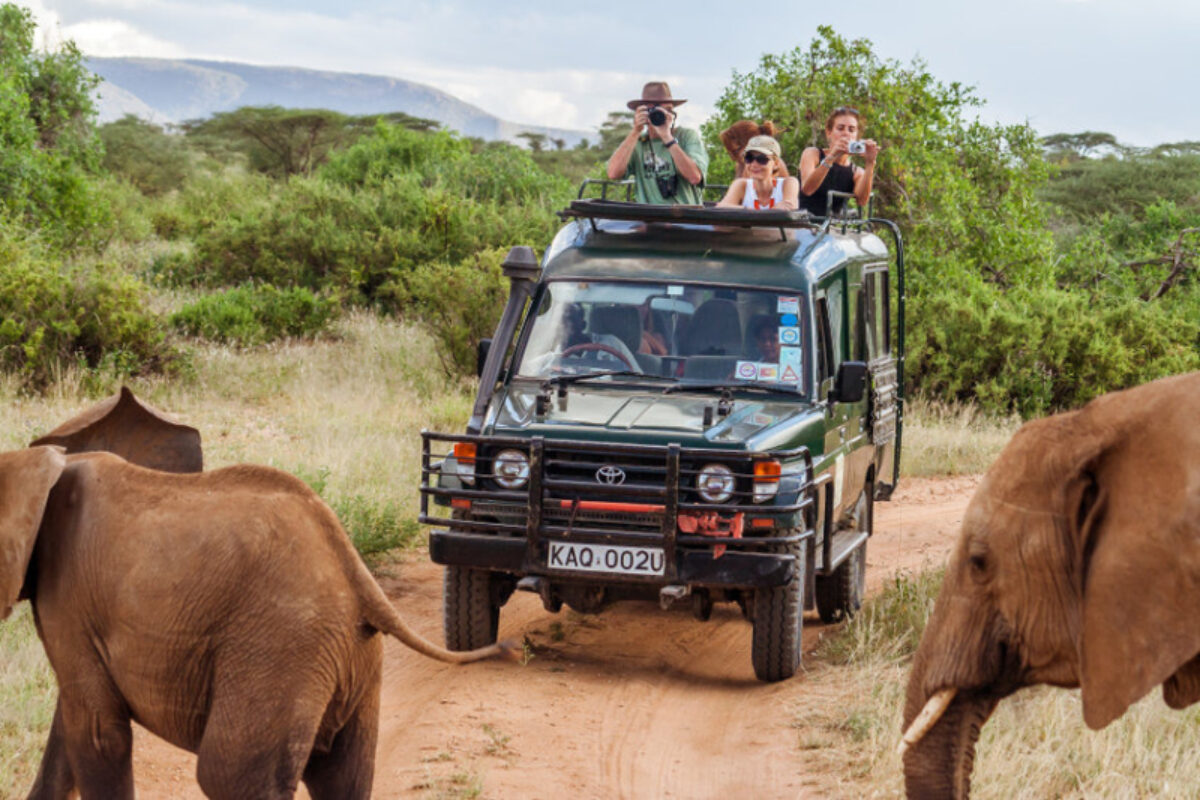
Close encounters with a herd of elephants in Kenya's Masai Mara
The best safaris in Kenya
Kenya’s most popular – and some underrated – safari highlights, masai mara national reserve, mara north conservancy, ol pejeta conservancy, samburu game reserve, tsavo east & west national parks, loita hills, kakamega forest reserve, aberdare national park, lamu island.
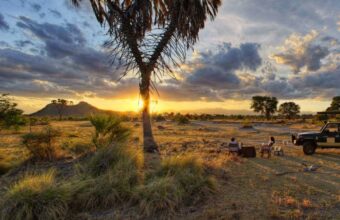
Elsa’s Kopje
This is the best lodge in what is, for me, one of the best safari parks in Kenya. Named after Elsa the lion, of Born Free Fame, the lodge sits on an outcrop with simply incredible views over Meru. Owned by Kenya-based Elewana Collection, it’s undeniably pricey – rooms start at around USD $950 per night and climb steeply from there – but worth a night or two if your budget can stretch that far. If that’s beyond your means I can also recommend Meru Camp and there are cheaper options in the nearby town of Maua.
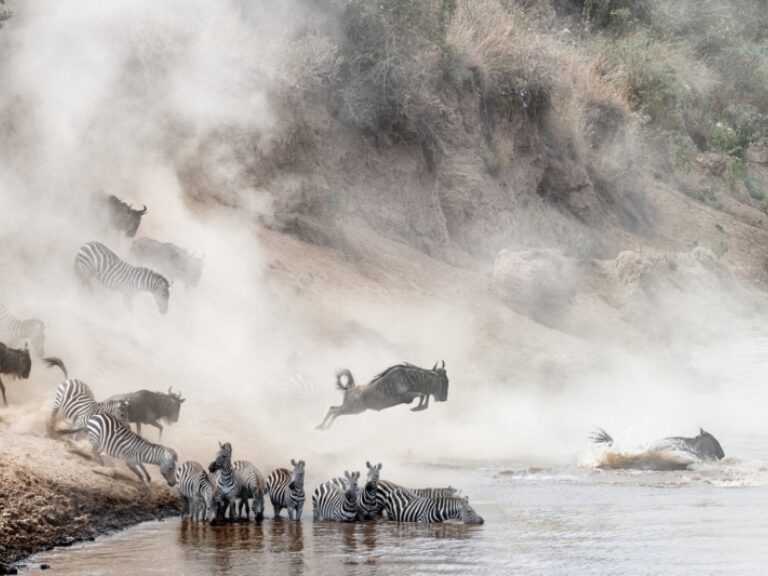
Witness the migration river crossings – but expect crowds!
The wildebeest migration is one of the world’s greatest natural phenomena, and watching the herds dodge hungry crocodiles as they surge across the Mara River is a staple of Kenya safari. The migration moves into the Masai Mara from Tanzania’s Serengeti between June and October. This is by far the busiest time and place of the year, so expect crowds. If you’d rather see the migration untroubled by crowds, I recommend you look at Tanzania instead.
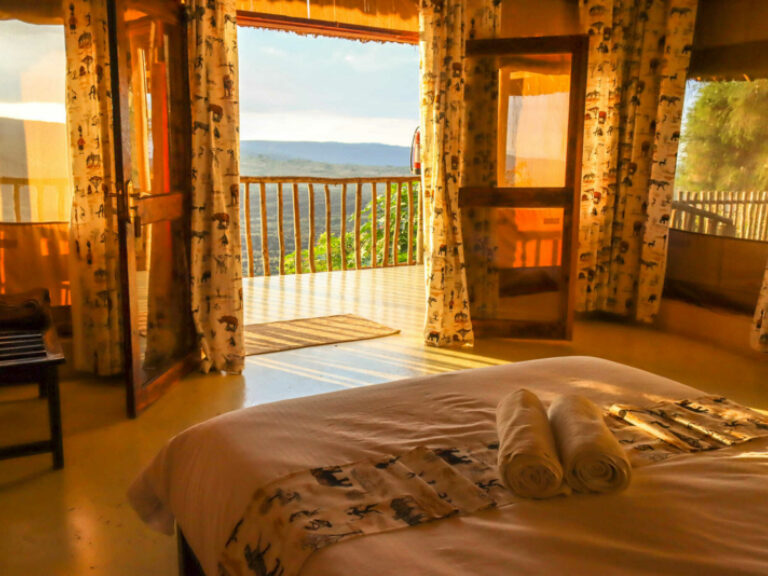
Denise Carnihan
I can highly recommend Maili Saba. It has a picturesque location overlooking the Great Rift Valley and volcano region, with lovely permanent tents each with en-suites and balcony, and all very nicely decorated. There is a communal pool and outside gazebos for relaxing. The main dining room and lounging area is stunning with striking cathedral ceiling and beautiful decor. The food is absolutely outstanding and the staff are warm, friendly and go out of their way to assist their guests. The first time I visited was a complete surprise organised by my Kenyan partner, and I've included it in our tour itineraries ever since.
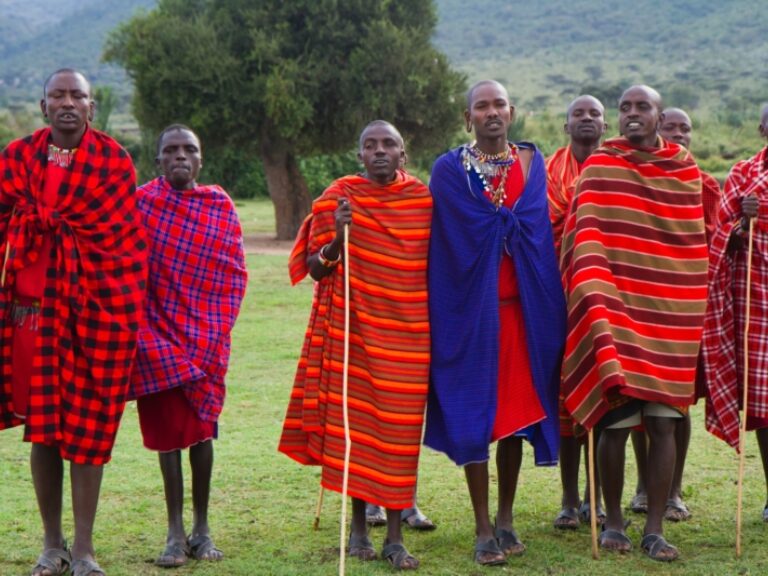
Nashulai Maasai Conservancy
One of the great success stories of Kenya safari has been the emergence of networks of conservancies, usually adjacent to the better known national parks. These are community-run or privately-operated protected areas, run for the benefit of wildlife and local communities. In the Masai Mara, the Nashulai Maasai Conservancy is particularly interesting, as it’s the only one that was 100% established by local Maasai and the only one where the Maasai remain in their homes within the conservancy. I can also highly recommend Mara North, Naboisho, and Ol Dereski; you’ll likely have an amazing time in any of them.
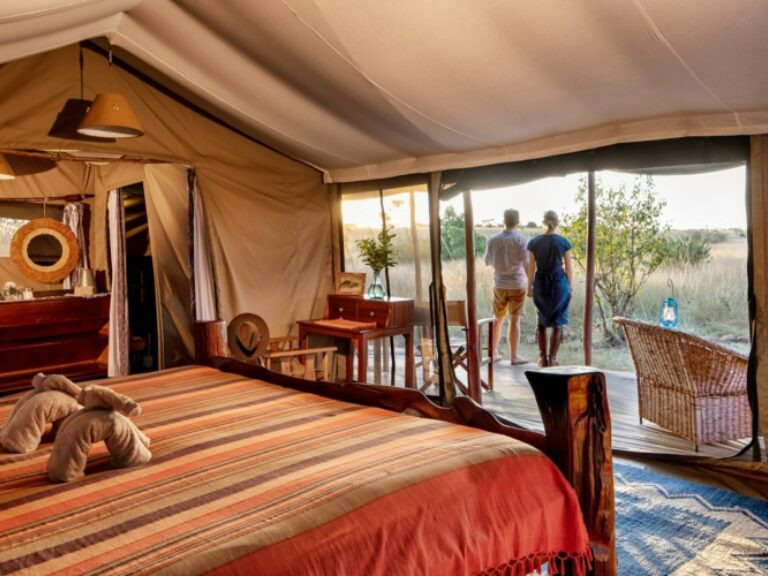
Offbeat Mara
Mara North is perhaps the best known conservancy in the Masai Mara, and Offbeat Mara is one of my favourite camps in the entire place. It's a small, un-showy camp of just seven tents including two family tents. In addition to the standard game drives you can do night drives, guided bush walks, horse riding, hot air balloon flights and even do some Maasai running coaching!
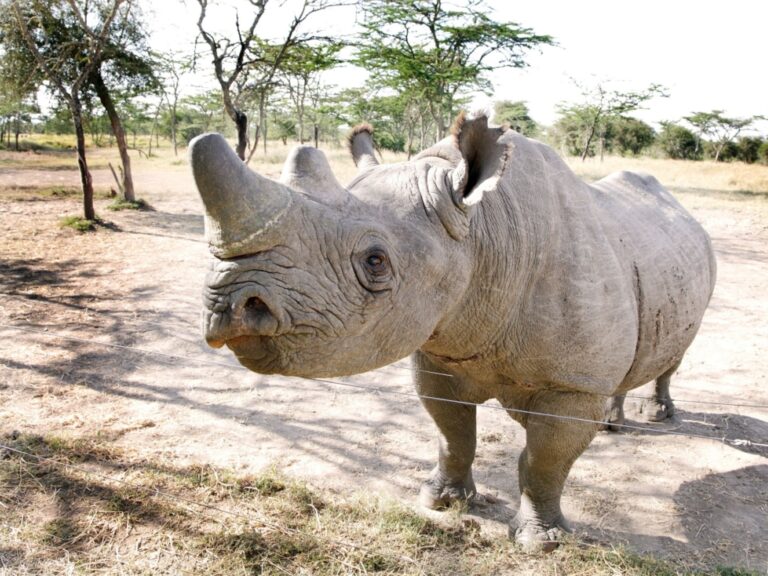
If you’ve ever wondered what the hide of a rhino feels like, wanted to experience a safari at night or dreamed of running (or riding) in the wild, open air of a safari reserve, head to Ol Pejeta Conservancy. The conservancy is in the Laikipia region, at the foothills of Mount Kenya. The sanctuary is the largest in East Africa to host black rhino, as well as the world’s last two remaining white northern rhino. Ol Pejeta is also the only place in Kenya where you can see chimpanzees. Conservation is at its core, with several experiences available for intrepid safari-goers who want to do more than just watch the animals.
Those looking to get their hands dirty can join one of the one or two-week volunteer programmes and learn wildlife research and tracking, veterinary care and more of what goes on behind the scenes. The conservancy has several accommodation options from simple cottages to basic campsites and luxury tented eco-camps.
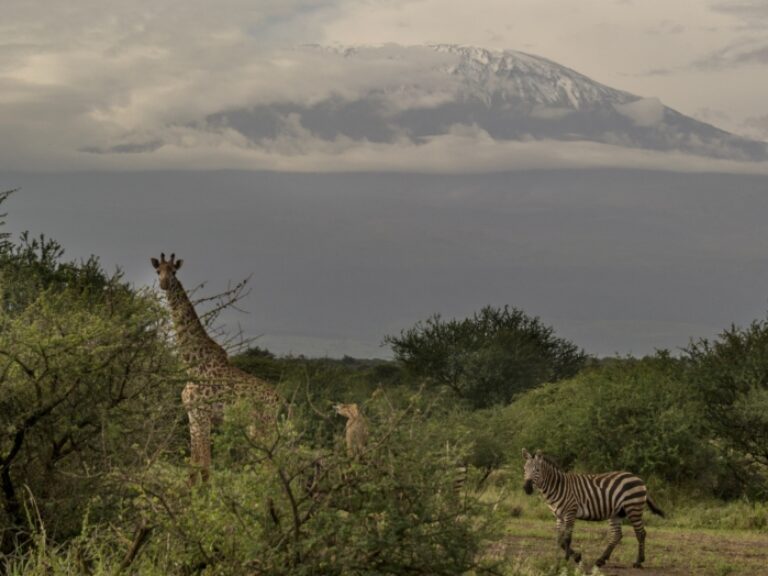
Campi ya Kanzi
If elephants are your thing, you can’t do much better than Amboseli where herds of these magnificent beasts graze in the shadow of the equally magnificent Mt. Kilimanjaro. By far the best place to stay is not in the park itself but 30km away at Campi ya Kanzi in the Kimana Community Wildlife Sanctuary, situated between Amboseli and Chyulu Hills. It’s a very high-end Maasai-run camp that was set up to aid the local community and conservation projects. Its excellent location means you can see wildlife in the conservancy, Amboseli and Chyulu all from one base.
Saruni Rhino Camp
This camp in the Sera Conservancy, just north of the Samburu Reserve in northern Kenya occupies a stunning location in the semi-desert. Their specialism is a thrilling rhino tracking walking safari, probably my favourite place to see rhinos in all Kenya. I spent five days here and by the end still couldn’t decide if coming within ten metres of the steamroller-like rhinos was thrilling or simply terrifying!
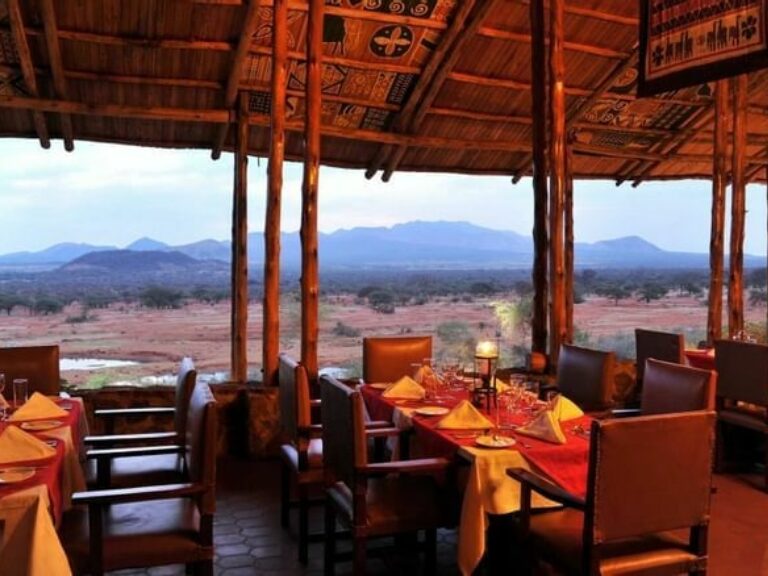
Kilaguni Serena Lodge
In Tsavo West most of the accommodation is fairly expensive (unless you have your own camping gear in which case there are three spartan public campgrounds). A reasonably-priced option is the Kilaguni Serena Lodge – it’s far from a budget offering but the Serena collection is generally pretty good value. If you have the budget to blow, Finch Hattons is the most exclusive camp in the park, with an eye watering price tag to match.
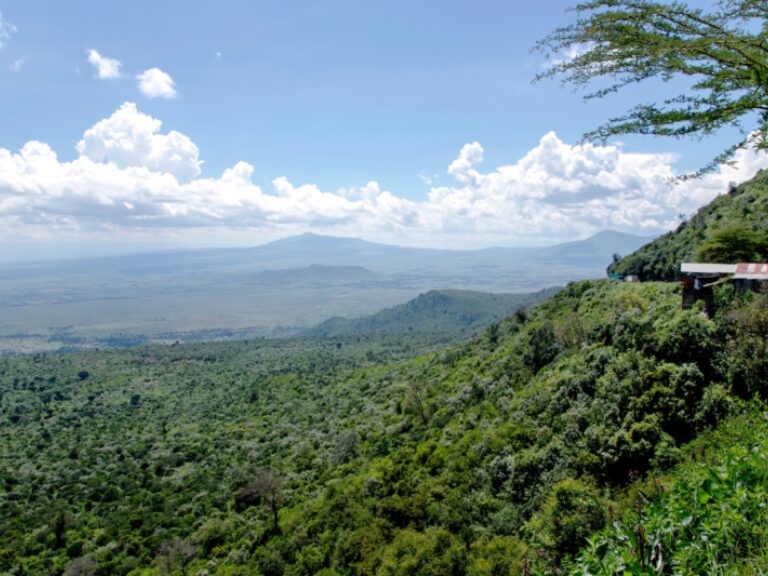
Best walking safari
In my opinion the best way to experience a safari is to ditch the 4X4 and explore on foot. With a good tracker-guide you’ll see all the little things you’d otherwise miss if you’re stuck in a vehicle all day. Walking is often forbidden within state-run national parks but is usually allowed, even encouraged, in conservancies. If I had to pick a favourite place for a walking safari in Kenya it’d be Loita Hills without question. Although not far from the Masai Mara, Loita Hills is barely visited by tourists despite boasting superb and varied scenery, a lovely climate, very different wildlife to the lower savannah plains, and fascinating interactions with very traditional Maasai culture.
Also, while Kenya doesn’t really compete with the multi-day Tanzania trekking scene, some organised trekking may be found here, as well as in the Aberdares and around Mt. Kenya.
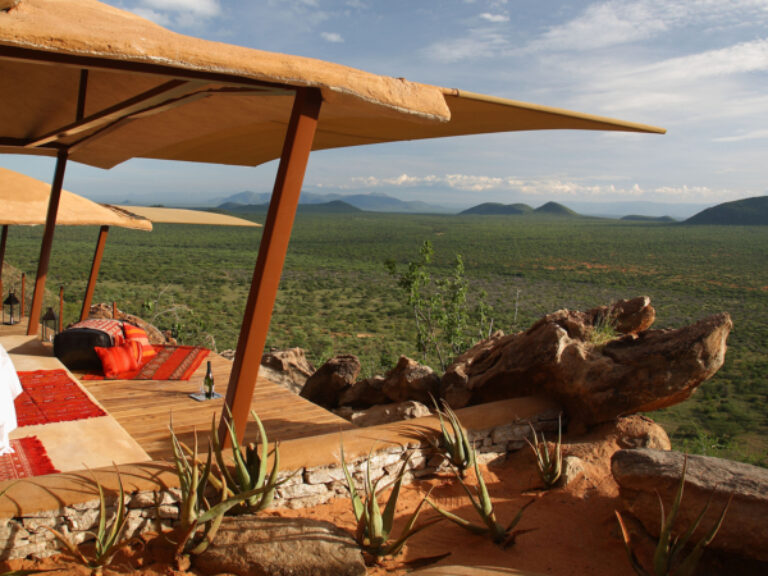
Saruni Samburu
There’s only one lodge within the Kalama conservancy, immediately to the north of Samburu Reserve, and it’s likely going to be one of the most spectacular places you’ll ever stay. Built into, around and onto a huge granite outcrop, Saruni Samburu is almost invisible from a distance but the stunningly turned out rooms offer a cliff side view over what feels like half of northern Kenya.
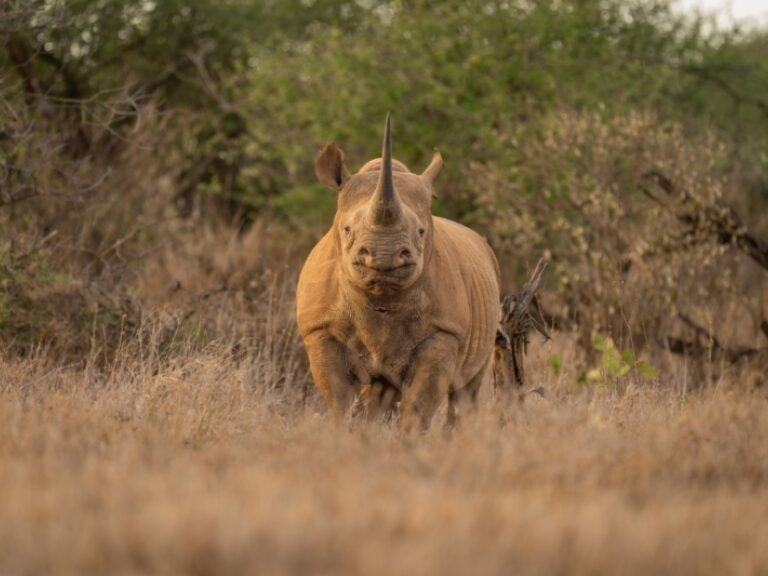
Lewa Conservancy
Lewa, in the Laikipia plateau area, is perhaps the most famous of all Kenya’s conservancies. And for good reason: this is safari to order. Want to see a black rhino? No problem. One of the superb guides will manage to find one. Lions, cheetah, elephant. They are all found here in abundance.
And it’s not just the wildlife that’s outstanding. The landscape is cinematic in its scope. Rolling sun bleached grasslands, table flat acacia trees, meandering rivers and a backdrop of the glinting glaciers of Mt Kenya.
The other great thing about Lewa (and this is common to all the Laikipia area conservancies) is exclusivity. If you’re not a guest of one of the handful of lodges then you can’t go on a safari here.
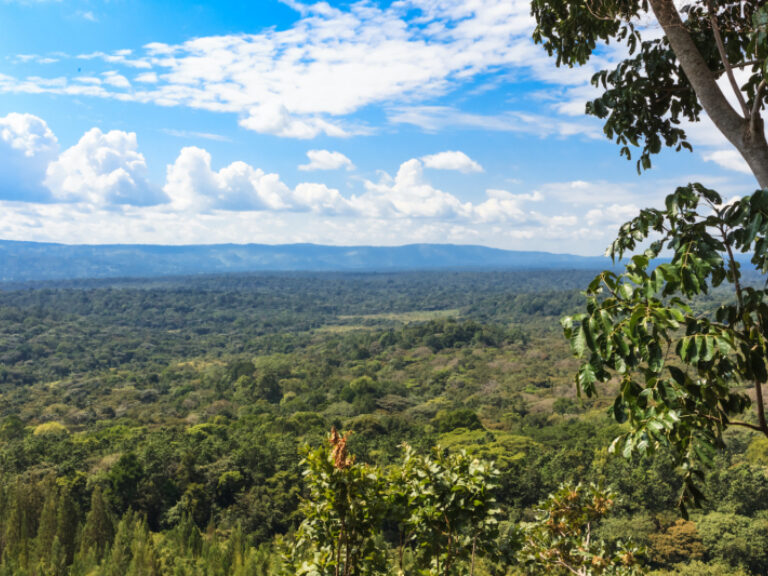
Kenya’s safari hidden gem
Just north of the equator in far western Kenya, is Kakamega Forest — Kenya’s only tropical rainforest. The land here is wet, green and intensely cultivated with a mix of subsistence farming and large tea estates. In amongst all this though are a few pockets of the dense rainforests that once covered large parts of western Kenya.
The Kakamega Forest Reserve is a fine example of this kind of forest and interesting walking safaris here reveal bird and primate life that has more in common with the forests of Uganda and the Congo than anything you’ll see on safari in Kenya. Wander the forest’s network of trails and take in the huge variety of flora and fauna it supports, including hundreds of bird species, some of which are not found anywhere else.
In my opinion, Kakamega is one of the most delightful places in Kenya, but yet hardly any tourists know of its existence. It should be a must visit for any ornithologist or herpetologist. As well as birds, reptiles and primates, I found the visit to the old mine shaft to look for bats especially memorable.
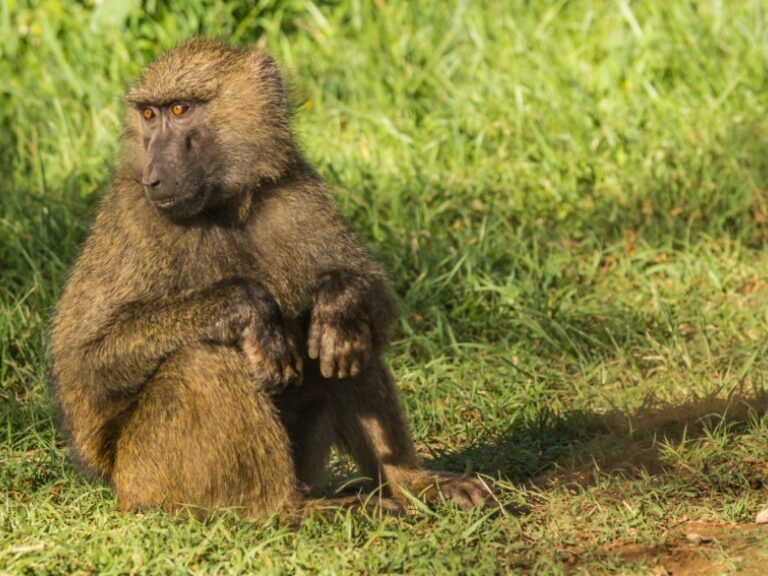
Up close and personal with baboons
Laikipia is known for its rhino conservation, but my own personal highlight in this area wasn’t the rhinos. Rather it was the day I spent with a biologist in very close proximity to around 200 habituated baboons. Having a huge male baboon shove its way past you as it bares its teeth was an experience easily on a par with gorilla and chimpanzee encounters in East Africa. The other nice thing about this particular experience is that it doesn’t involve staying inside an expensive conservancy but rather you are hosted by a grassroots Maasai womens’ project. And hardly anyone – even other Kenyans – know about it!
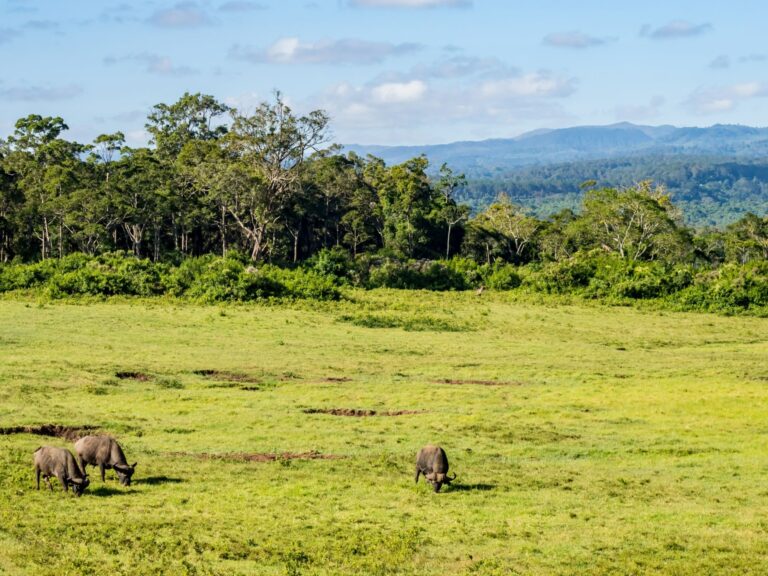
Hiking in Aberdare National Park
A world away from the African safari image of savannah grasses and drooling sunsets, the Aberdares consists of two different ecosystems. A high, cold and often bleak moorland and, below that, dense tangled montane jungle.
The wildlife here is a little different and a little harder to spot. But elephants are very common as are big grumpy buffalo. There are also montane species you won’t see anywhere else including bongo antelope, bush pigs and melanistic leopard and serval.
Unusually among Kenyan national parks, you can also get out of the vehicle here and enjoy long, lonely hikes over the moorlands: I have really enjoyed the sensation of trudging across the bleak moorlands in cold afternoon drizzle while always keeping a beady eye out for roaming buffalo.
The park also has some history. In 1952, a young English lady named Elizabeth was staying at the famed Treetops Lodge here (today’s version is actually a reconstruction of the original) when it was announced that her father had died. And so it was, that on a remote Kenyan mountain slope, that young lady became Queen Elizabeth II. Many years later her eldest grandson, and future king, proposed to Kate Middleton in a small wooden fishing cabin in a spot not so far away from where his grandmother became Queen.
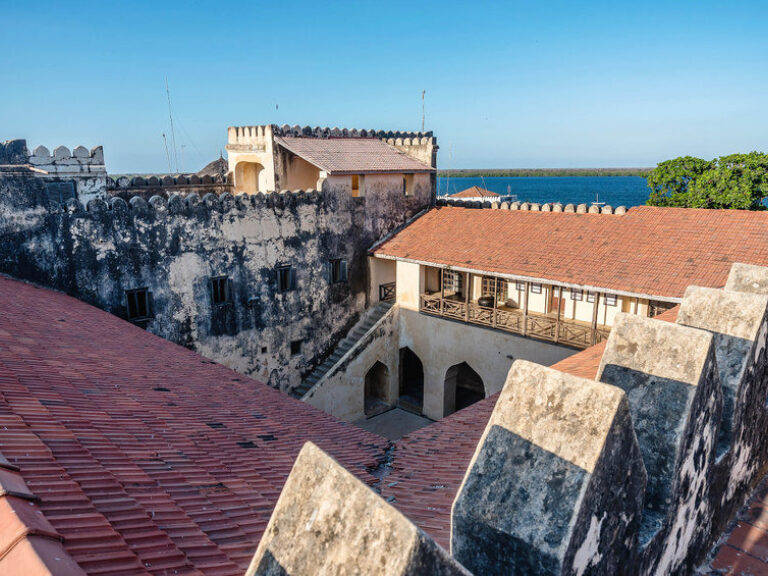
Post-safari beach time
If time allows I highly recommend you find a couple of days to wash away the safari dust on Kenya’s palm-fringed coastline. The country has many beautiful beach destinations but the standard itineraries tend to focus on Diani, south of Mombasa. My vote goes for the underrated Lamu archipelago, and in particular the old Swahili trading town of Lamu, which always leaves me enchanted.
Featured kenya safaris
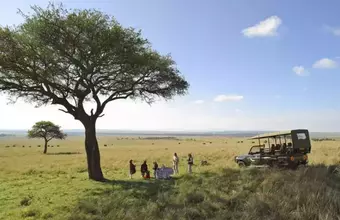
Affordable Masai Mara Safari
Samburu, Rhinos and Mara Safari
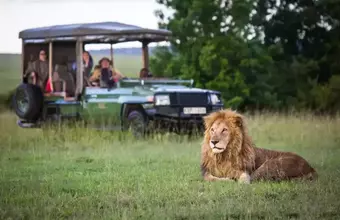
Enchanted Kenyan Safari
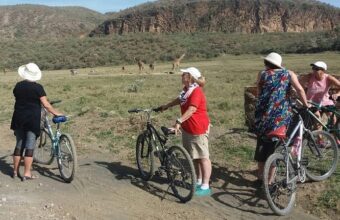
A Taste of Kenya
19 day small group tour.
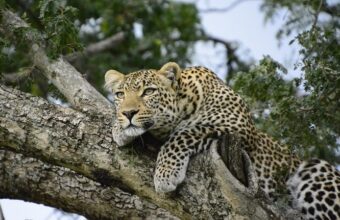
Family Memories
16 day private guided safari.
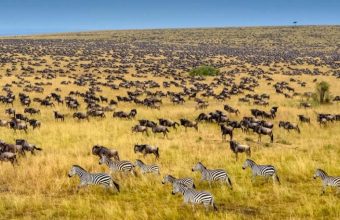
Tanzania and Kenya Safari
The greatest safari on earth, kenya's best safari parks, kenya’s most popular safari parks and lesser-known hidden gems.
In a standard two week safari it’s perfectly possible — in fact I'd highly recommend — to explore three or four different protected areas. Ideally with each one offering a totally different habitat and set of wildlife inhabitants. If I had to pick a favourite, I'd probably vote for Meru National Park, but any of the following could feature on a Kenya safari.
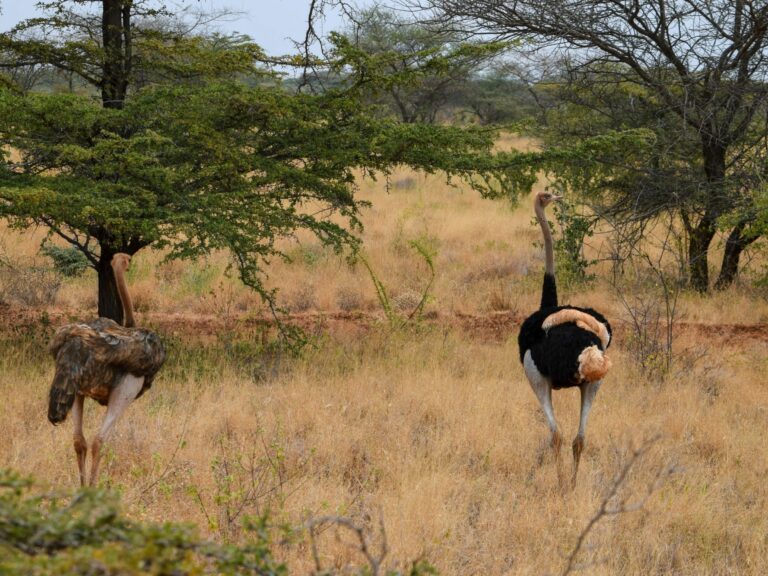
Best for tranquil, crowd-free safaris
Meru, the country’s forgotten national park, is easily one of my favourite of all Kenya’s safari parks. This was once one of the most popular parks in the country but during the 1980s, when Kenya was going through a rough political patch and instability overwhelmed some parts of the country, Meru turned into a hotbed of poaching.
Security and stability have long since returned, yet somehow this park never returned to its former fame. But for those in the know – and that now includes you – Meru National Park is safari gold.

For the classic – if busy – Kenya safari
The very essence of an African safari landscape, the Masai Mara stretches along the Kenya-Tanzania border and forms the northern fringe of the greater Serengeti ecosystem (most of which is in Tanzania ).
This is the part of Kenya in which I have spent the most time (months and months if I added it all up), and was the scene of one of my best ever travel experiences. Some years ago a Maasai friend and I set out on a five week hike that took us across the entire Mara ecosystem. By day we walked alongside the wildlife and Maasai herders. By night we camped out under the stars and slept in traditional Maasai villages. An unforgettable adventure!
This is the place to see large prides of black-manned lions, bellowing elephants, grumpy buffalo and a pick ‘n’ mix box of antelope and gazelles. And that’s before we even touch on the smaller creatures and huge array of birds. But, above and beyond all else, the Mara is renowned for the spectacular wildebeest migration .
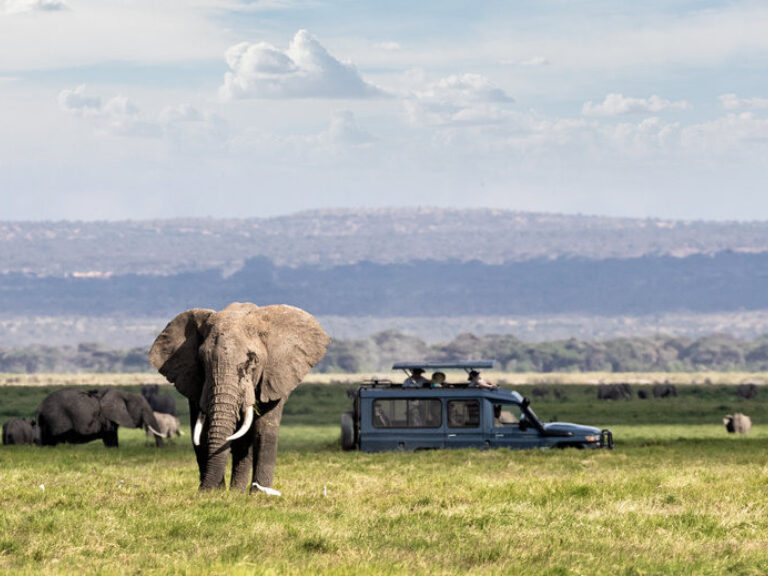
For elephants & Kilimanjaro views
Amboseli National Park is the postcard park of Kenya. This is where those photographs are taken of elephants with a backdrop of the (fast melting!) glaciers of Mt Kilimanjaro. I have spent many dreamy mornings parked under an acacia tree, a thermos of coffee in hand watching the rising sun tinge the snows of Kilimanjaro a pinky-red.
The elephants and the scenery are the real highlights of this park. In dry periods they flock here from miles around to quench their thirst in the swamps and pools that splash the dusty landscape in greens.
Another big reason to visit Amboseli is the chance to see conservation in action in the conservancies and other environmental and community projects surrounding the park.
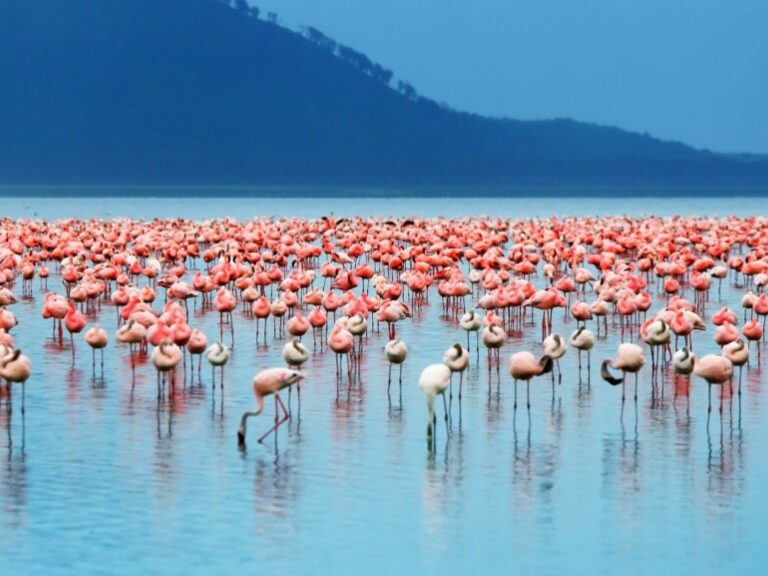
For wetland safari & birdwatching
Just 5 kilometres from the big city of Nakaru, Lake Nakuru National Park’s accessibility makes it one of the most popular Kenya safari hotspots. It’s centred on the large Rift Valley soda lake of the same name, but also encompasses fringing grasslands, acacia woodlands and rocky escarpments.
The park is best known for its sometimes huge flocks of flamingos and a large rhino population. Back in the 1990’s, Lake Nakuru was the first place where I saw a really huge flock of flamingos. I’d seen the odd handful before, but the thousands upon thousands I saw here on that day sticks in my memory. The smell (ah yes the smell!), the noise, and of course the searing pink colours; It was one of the moments that made me fall in love with Kenya.
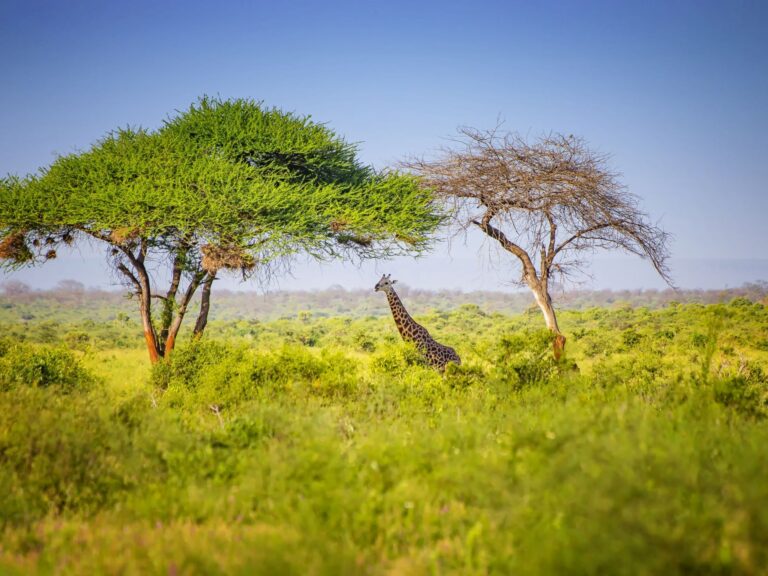
Best for wide open spaces
Combined, Tsavo East and West National Parks cover an enormous swathe of acacia scrub Kenyan wilderness. Tsavo West alone (the bigger of the two parks) covers an area greater in size than Wales, or two and half times the size of Yellowstone National Park.
The two parks are separated from each other by the Nairobi-Mombasa highway and are easy to reach from either city.
Despite being directly adjacent, the two parks are radically different from one another with the green hills of Tsavo East a marked contrast to the red soil and volcanic landscapes of Tsavo West. Because of their diversity and sheer size, I strongly recommend you devote enough time to the parks if you’re going to visit them. The rushed two-day safaris from Mombasa (or Nairobi) simply don’t allow enough time to get much out of a visit.

For world-leading conservation
The Laikipia plateau area in central Kenya is one of the most exciting places in African conservation. This isn’t a single national park or reserve, but rather a network of interlocking private and community-run conservancies where people, livestock and wildlife live together to the benefit of all.
Laikipia hosts all the classic East African safari mammals but is best known for its rhinos, including the critically endangered northern white rhino, only two of which are left alive. Both are female and so, tragically, this is a species awaiting extinction. They can be seen at the Ol Pejeta conservancy.
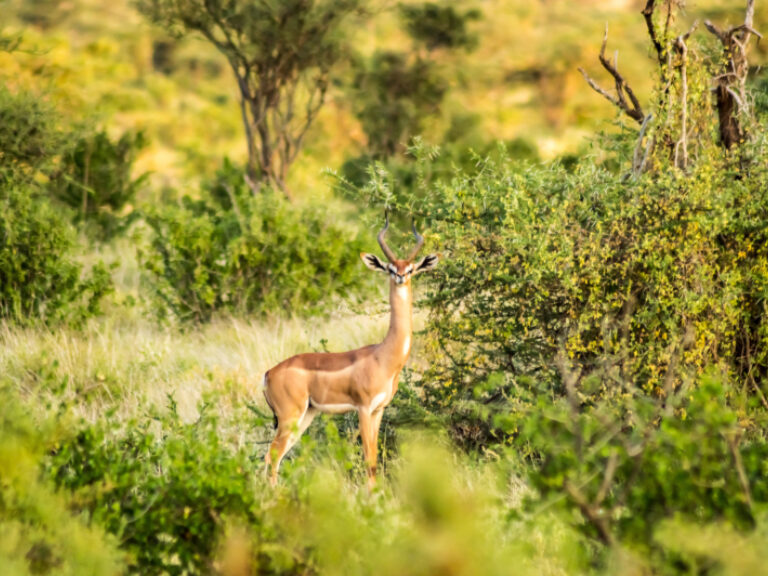
Kenya’s remote far north
Samburu, Buffalo Springs and Shaba National Reserves are three interconnected reserves on the edge of northern Kenya’s vast semi-desert wilderness.
Far removed from mainstream Kenyan life, these northern regions have a wild reputation. The landscape is harsh with endless sunburnt plains of acacia thornbush out of which rise the occasional fertile and densely forested mountain peaks, ranges, table lands and volcanic plugs.
Elephants, in particular, are the main event here. There are large herds who can migrate huge distances in search of water.
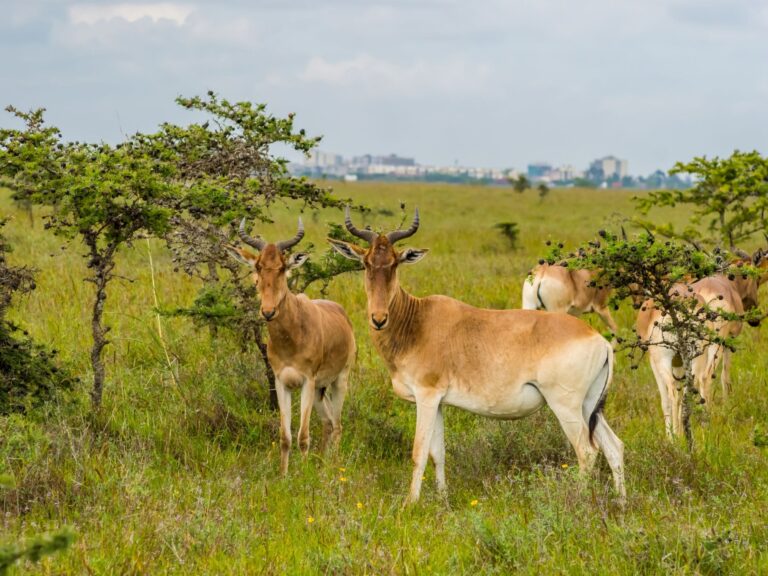
Safari in the big city
While most capital cities have their collection of ornate parks filled with neatly cut lawns, manicured flower beds and perhaps a boating lake, Nairobi has gone one step further.
Its biggest ‘park’ is in fact a 117 square kilometre swathe of undulating savannah grassland and acacia woodland. And while it doesn’t have a boating lake, it does have lions. And buffalo. And rhinos. All of which means that it’s probably not such a sensible place for an after work stroll.
It’s a fabulous safari destination but is woefully overlooked by international visitors to Kenya. This is a shame, because Nairobi National Park is an excellent safari location in its own right. I have been many times, often just for a quick half-day drive from the city. This was the place I first witnessed the thrill of a hunt: a cheetah racing, but failing, to grab dinner for her cubs.

A pair of ostrich in Meru National Park
Kenya safaris: Need to know
Everything you wish you'd known before you booked.
My first Kenya safari was in 1994 and I’ve been coming back pretty much every year since. Here’s what I’ve learned over the years about the best way to plan and book a safari in Kenya.
Mix up your itinerary
My single most important tip for Kenya safari first-timers is to avoid the mistake of non-stop game drives. Standard tour operator itineraries shuttle you from park to park with a gruelling schedule of game drives. Yes, this is the best way of seeing large mammals up close, but the bumpy tracks, early starts and long hours quickly exhaust even the most ardent wildlife-watcher. And there is so much more to safari in Kenya that you’ll miss from racing around in a jeep. Break it up. Look for operators who offer bush walks, village visits, and conservation projects. Or simply take an afternoon or two to sit back under a tree enjoying the sights, sounds and smells.
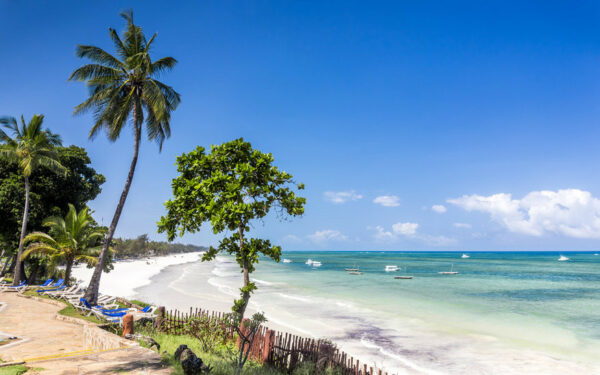
Many visitors to Kenya devote their entire trip to going on safari…
Don’t miss Kenya’s many hidden gems
Most standardised Kenya safari itineraries reduce the entire country to the blockbuster highlights: the Mara, Amboseli, Lake Nakuru… maybe Tsavo and Samburu if they’re feeling adventurous. This does a great disservice to the country’s true diversity. There’s so much more to a Kenya safari than racing around the savannah chasing the big five and I’d strongly advise you find time to visit some of Kenya’s numerous hidden gems.
For instance, out in the far west is Kakamega Forest Reserve which has more in common with the rainforests of Uganda and the Congo than the classic Kenya landscape. In my opinion this is one of the most delightful places in Kenya, yet hardly any tourists know of its existence.
Another personal favourite that’s a world away from the classic Kenya savannah is Aberdare National Park where dense tangled montane jungle gives way to a high, cold and often bleak moorland. Unusually among Kenyan national parks, you can also get out of the vehicle here and enjoy long, lonely hikes over the moorlands.
But that’s not it: Saiwa Swamp, the Chyulu Hills, Hells Gate, Ruma National Park, and many more that rarely feature on the mainstream Kenya safari circuit but are usually accessible on a self-drive safari, or with more specialist safari operators.
Get out of the safari bubble
Many safari goers, especially those on a high end tour just bounce from one heavenly safari camp to another. Sure, you live the Hollywood Africa dream but you’ve not really experienced real Kenya. Instead, hop on a bus and head out to one of the numerous small market towns where most Kenyans live. You’ll experience a totally different side of the country and it’s one that will stay with you long after the sundowner safari drinks fade from memory.
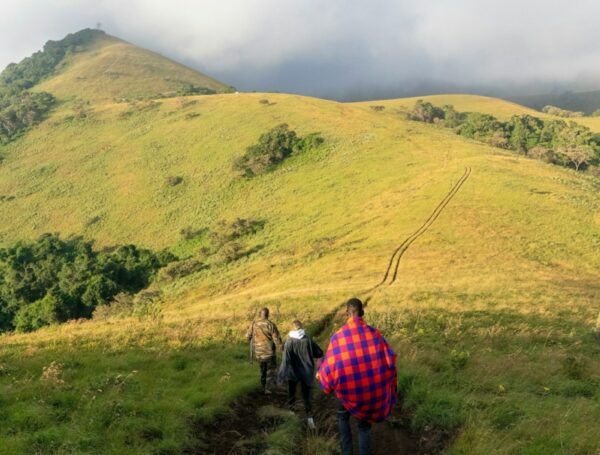
Kenya off the beaten track
The parks and reserves covered in my Kenya safari guide are only the best-known and most visited of the country's numerous protected and other natural areas…
Stay in at least one conservancy
National parks, reserves and conservancies are mentioned a lot in this guide, but just what is the difference and why does it matter?
A national park or reserve is a government or local council run protected area. Most of the best-known protected areas in Kenya fall into this category.
These areas are run solely for the benefit of wildlife and tourism, sometimes at the expense of local people. Tourism in these areas creates jobs, but locals are often forbidden from entering these protected areas other than for work reasons and communities were often (but not always) removed from their land when the parks and reserves were created. Corruption can be a problem with the money generated by these parks not always going where it should.
A conservancy is a different affair. A conservancy is normally located on either communal land owned by the community as a whole or on private ranch land and has no official government status. On a community conservancy the tourism stakeholders (i.e. the safari camps) lease the land from the local communities on the condition that the land is managed in a manner that is of benefit to both people and animals. The (normally very high) fees you pay to stay in a conservancy go toward paying the land leasing fees as well as various community and environmental projects.
Other conservancies may be located on private ranchland, in which case they have to make enough money for the landowner to financially justify turning his land over to wildlife conservation over cattle ranching.
In other words, a conservancy is run for the benefit of both wildlife conservation, tourism and the needs of local communities (in many cases local people are allowed to continue to graze their cattle on a conservancy but in a controlled and sustainable manner).
All of this means that staying in a conservancy is not just a great safari experience but it’s also very good news for conservation!
Do a homestay
For a cultural experience you’ll never forget, try spending a night at a Maasai homestay near the Masai Mara. Finding authentic, community-run homestays can be a bit of a minefield. I can recommend Sekenani Maasai Development Project (Semadep) but there are others – make sure you book with a community owned and operated outfit, and check reviews carefully.
Caution needed: "Human safaris"
In my opinion, one of the big problems with the safari industry is the way it prioritises seeing wildlife over having meaningful connections with local people. In fact, other than being served by their guides, drivers and camp employees, a typical safari-goer might not have any interaction with a local at all. To me, this is the exact opposite of how it should be done! In my experience, a good trip to Kenya isn't just about seeing wildlife: it should put intimate, authentic interactions with local people at the heart of the whole experience. You can make genuine connections and real friendships as you sit around, sharing stories, laughing and learning from each other.
On the other hand, mainstream Kenya safaris are often sold with "village tour" or even "slum tour" add-ons. These "goldfish bowl safaris" as I call them are unethical and nothing short of exploitation. They violate the privacy, integrity and dignity of local communities and undermine sustainable development by perpetuating a myth of backward, poverty-stricken people. The traveller thinks they're doing the right thing by getting some cultural interaction, but in reality it's deeply damaging. I strongly encourage visitors to avoid anything that feels contrived, and look for trips that put real people at the heart of the experience, rather than an afterthought.
How to plan & book a Kenya safari
There are three broad categories of safaris in Kenya.
The first and easiest option is to book a week(s)-long, multi-stop itinerary through a tour operator, either locally-based or international. This provides the most hand-holding and support for cautious visitors, plus more protection should things go wrong. The potential downside is getting shunted onto one of the more formulaic itineraries and simply following the crowds around the most popular parks. If you book a full tour with an operator, try to find a genuine specialist and ask about visiting some of the lesser-known locations mentioned in this guide.
Secondly you can simply show up and book a safari tour once in-country from the hundreds of operators in Nairobi. There’s nothing inherently wrong with doing it this way but I strongly advise you don’t just book something in the street. Do your homework first and find a reputable, responsible operator. Things to double check include whether park entry fees are included in the price, vehicle type (avoid cramped minibuses), and accommodation type.
Thirdly, and probably my recommendation for all but the most cautious of visitors, is to book the accommodation yourself, rent a car (or a car plus driver), and head out solo. You can take your own camping gear or book into lodges or camps (booking ahead is essential!), or mix camping with more comfortable nights in lodges. I strongly advise renting a vehicle plus driver. It’s often cheaper plus you get an unofficial local guide who knows the ropes. A good driver will become a cultural and language translator, wildlife guide, fixer, and general guardian angel.
Aim for shoulder season if possible
High season in Kenya is the peak summer months of July to September, before the rains begin. In my experience the best time to visit – especially in the busier parks – is either June before the crowds arrive or September-October as the crowds are thinning out, wildlife viewing is excellent and temperatures are ideal.
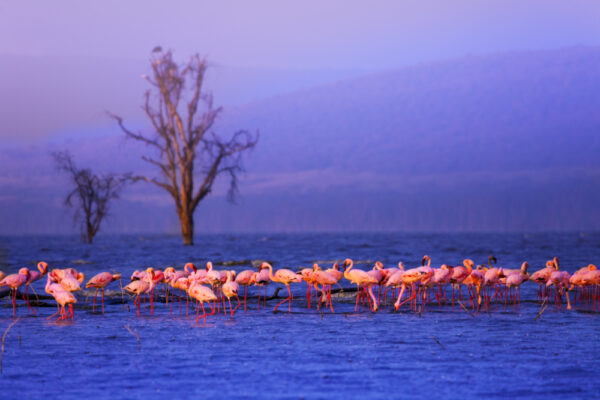
The best time to visit Kenya for safari
January & FebruaryThis is a hot and dry period…
Be prepared to splash out!
There are almost as many different ways of doing a safari as there are stripes on a zebra and how, when and where you safari makes a huge difference to what you pay. Expect to pay anything from $150 to $1,000+ per person per day.
You can find very low budget two or three day safaris to the Mara from around $250 all in, but these are generally rushed, crowded and uncomfortable. If you’re looking to shave off some costs without compromising on the experience, consider doing a DIY camping safari with your own vehicle and driver.
My other big Keny safari tip is to spend as much as your budget allows on fewer nights in better conservancies and camps. Packing more into fewer days gives you much greater bang for your buck.

Kenya safari costs
For a multi-day, mid-range safari visiting some of the big name parks and reserves then you’re looking at around USD $300-600 per person, per day…
Kenya safari FAQs
Your questions, our expert answers, is it safe / a good idea to rent a car in kenya and drive yourself around, or is it better to join a tour.
Yes, it's perfectly easy to do a self-drive Kenya safari . When you ask if it's "safe" that depends a little on what you mean. If you mean are there bandits, car jackings, dangers from wildlife, etc, then no you are quite safe. Instead the danger is from other drivers, as the driving conditions can be a little 'hectic' in places and accidents are common.
I'd recommend hiring a car with a driver, which can be a cheaper and, in my opinion, a much better option. A good driver will know the lay of the land, the driving conditions, best places to stop for lunch, etc. And they are often knowledgeable of the wildlife. A good driver will be both your driver and guide, and probably become your friend!
Almost any tour company in Nairobi or Mombasa can organise a private vehicle with a driver. Standards and prices vary hugely, so explain to the tour company exactly where you want to go and get in writing exactly what is and isn't included. Pay particular attention as to whether fuel, and the drivers food and accommodation is included in the rates. Also make sure you're booking the right vehicle: a 4WD may be needed for more remote areas.
Where’s the best place to see the big five in Kenya?
Seeing all the big five (lion, leopard, elephant, buffalo & rhino) in one park is hard. Only Lewa and some of the conservancies in Laikipia can honestly claim to offer easy sightings of all five. But, who cares! This fixation on racing around to tick off just five species is an anachronism from colonial-era big game hunting days. There’s so much more to Kenya’s wildlife and the modern safari experience.
We're visiting the Masai Mara but would like to visit another area on safari in Kenya. Can you recommend anywhere very different to the Masai Mara to see different wildlife and landscapes?
The most common combinations for a short add-on to the Masai Mara are Amboseli , Laikipia or the Samburu area.
For your requirements of a different habitat and wildlife then without doubt I would suggest Samburu National Reserve. This is a much drier and hotter area than the Mara with different vegetation and animals. And, even the animals you might have seen in the Mara are different up here with different species of giraffe, zebra and ostrich all present (and in my opinion all more beautiful than the kinds in the Mara). The park is also superb for elephants.
Samburu, though still popular, is notably quieter than the Mara and, once away from the river, it's easy to feel you have the place all to yourself (and especially if you go into the co-joined Buffalo Springs and Shaba reserves). Depending on when you are there you will find direct flights from the Mara, but otherwise will have to go via Nairobi. If you're driving it's a long way – a 10 hour non-stop drive, so flying is the better option.
Would you recommend staying at Elephant Bedroom Camp in Samburu Reserve, or at Sarara Camp in Namyunak Conservancy?
The quantity and ease of seeing the wildlife is better in Samburu Reserve than in the neighbouring Namyunak Conservancy (because the wildlife is drawn to the river running through the reserve). But there's not a huge difference in habitats or species between the two.
Elephant Bedroom Camp, in Samburu, is a fabulous, small camp. You'll see a lot of elephants and the owners are some of the worlds foremost elephant experts.
In Namyunak Conservancy, Sarara Camp is one of the most exclusive – yet low-key – camps in Kenya. There's slightly less wildlife than in the reserve but it's very close to the reserve and safaris from Sarara often enter the reserve.
The bonus with Sarara is exclusivity. You and the other camp guests will have the entire place to yourself meaning no crowding around animals (though that's rarely a problem in Samburu).
Unlike in the reserve itself you can do walking safaris in the conservancy and there will be more interaction with local people. The final plus is that by staying on a conservancy you will be actively helping to fund private/community conservation initiatives, which isn't always the case when staying only in a reserve or national park.
Overall then, I would opt for Sarara Camp, but I suspect it does cost more, so it might come down to budget!
We are travelling with a large group of 5 families with 3-4 kids per family. What are the best budget friendly safaris in Kenya in July?
If most of the children in your group are very young, your options are fairly limited as the reality is that a longer, multi-day safari can be a bit much with very young kids. I first did a safari with my kids when they were five and two years old and although it was good I probably wouldn't do it again! Past the age of about eight or nine the safari experience gets much easier, as they'll will tolerate sitting in a jeep on a bumpy road for longer.
Do be aware that some safari camps don't accept children below the age of 12. These are normally the unfenced camps and it's done for safety reasons.
You will also need to keep in mind that you will either need several safari jeeps and to travel in convoy or a bus (and these aren't always allowed in some parks). Because you will be travelling with so many children I would suggest small safari camps which you can book out for your group alone. Some of these are more child friendly than others. Some possibiltles that I believe might work well for your group are: Maji Moto Eco Camp, Loita Hills Basecamp, and if you are interested in a Maasai homestay style experience then I'd suggest Semadep Camp, who can arrange homestays around the Masai Mara.
As for specific parks and reserves the Masai Mara area is good because there's a lot of animals to see everywhere you look which keeps children interested. Also good are Nairobi and Narok national parks because of easy access and good roads. Lake Naivasha is good for families too.
It would be easy to combine all these places into a 10 day safari and then you could maybe finish up on the beach (Lamu and Watamu are both superb for families).
Can you recommend any family-friendly camps/lodges in the Masai Mara?
I would suggest rather than staying within Masai Mara proper, stay in one of the conservancies that now fringe the Mara.
In the most basic of terms these are like private, community-run wildlife reserves. Conservancy operators lease the land from local people and each local family receives a guaranteed monthly payment. The conservancy also provides employment and sets up development projects. People continue to graze their cattle but in a more controlled manner. And in return, fences are removed and the wildlife encouraged to return to the lands they were once driven out of. The conservancies have been a great success both for wildlife and local people. And, for tourists, they offer a very exclusive experience and the world's finest safaris.
Each conservancy has only a handful of very discreet high end camps and only guests of those camps can go on a safari in the conservancy, which means crowds of vehicles around a lion are non-existent.
The conservancies also allow activities not permitted within the reserve such as walking (highly recommended), bush camping, night safaris, etc. This makes them ideal for kids because it breaks up the routine and allows a little more freedom.
The safari vehicles and guides used in the conservancies are absolutely the best in the game and the wildlife populations are the equal of the actual reserve. However, there's a catch (of course...), conservation like this doesn't come cheap. All of the conservancies are superb but some names are Naboisho, Mara North and Nashulai Maasai Conservancy (this last one being slightly cheaper than the others and lots of focus on meeting local people). As for actual camps you cannot go wrong with any of them. All the conservancy camps are superb. I'm a big fan of the Basecamp offerings, Off-Beat and Kicheche. All are a little less extravagant than some of the other camps.
If you want to only visit the reserve and not a conservancy then I suggest either Basecamp Mara, Oldarpoi or you could go for a Maasai homestay in Sekenani village. Expect basic but perfectly comfortable rooms but an amazing experience. Your kids would really enjoy this.
Is February a good time to visit the Masai Mara, or would June-July be better? What would be the differences?
February is a very good time for safari in the Masai Mara , but also very different to the experience in June and July.
It's hotter and drier in February and generally there are fewer other tourists. There will still be plenty of zebra and wildebeest around but these are the non-migrating resident herds, so they don't form the massive iconic herds that you might see on TV.
July is good because the migrant wildebeest are all normally in the Mara by then, but its also absolute peak high season so can be busy and expensive. June is perhaps my overall favourite month. Everything is green after the rains and it's nice and cool with far fewer tourists than July, but the first migrant wildebeest might start to arrive (it all depends on rains and the state of the grass).
In short, all three months are excellent but each is different so it might be best to go with whatever just suits your timings better.
I will be in Kenya in early March and am looking for a five day safari for wildlife photography and birdwatching. Where would you recommend for me noting it is the start of the rainy season?
Early March is still a bit early for the rainy season so you might just get the odd thunderstorm. If birds are your real interest and you only have five days then probably the easiest is to go down to the Masai Mara via the Rift Valley lakes of Naivasha and Elementia or Nakuru. This would give you a good range of avian habitats and species in a short space of time. Don't forget as well that Nairobi itself has some excellent birding in the various forests and parklands in and around the city. Plus of course, there's the superb Nairobi National Park where you will see a lot of wildlife and birds.
We can't travel during the migration river crossings, are there other impressive spectacles at other times of year?
Yes! I think calving season during the wildebeest migration is just as spectacular as the more famous river crossing period.
This period runs from December to March around the Ndutu Plains to the south of Serengeti. During this time the wildebeest and zebra stampede over the plains preparing to give birth to thousands of calves. At the same time the big cats are on the lookout for an easy snack. With vast numbers of animals, their sounds and smells, all of the little calves, and the big cats on the lookout... it's theatre on an epic scale and you cannot be disappointed. And the extra benefit is that it's a much shorter drive here than to see the river crossings.
Robbin Meulemans
In this guide:, typical prices for a safari in kenya, when to go on safari in kenya, things to do in kenya other than safari, best safari camps and lodges in the masai mara, about the author.
Stuart is an award-winning travel journalist covering safari, trekking and conservation in Africa for the Lonely Planet, Rough Guides, BBC, Bradt Travel Guides, amongst many others. He is the author of Walking With The Maasai , a journey through some of Kenya's lesser-visited Maasai lands.
Featured tours

Kenya & Tanzania East African Adventure
21 day small group tour.

Other guides you might like
Gorilla safaris, an expert guide to seeing gorillas in the wild.
Philip Briggs
South africa safari, an expert guide to safaris in south africa.
Anthony Ham
Wildebeest migration safaris, an essential guide to planning a migration safari in tanzania and kenya.
Hans Cosmas Ngoteya
Safari in zambia, an expert guide to zambia's best safari parks, camps & lodges.
Sarah Kingdom
Safari in tanzania, an expert guide to tanzania's best safari parks & camps, safari in botswana, an expert guide to botswana's best safari reserves, camps and experiences, where and how to see the big 5 on safari in africa, safari in africa, our travel writers' top africa safari picks, zimbabwe safaris, an expert guide to the best safari camps in zimbabwe, chimpanzee trekking, an expert guide to seeing chimpanzees in the wild, namibia safari, an expert guide to the best safaris in namibia.
Melanie van Zyl
Featured tours view all.

Why Horizon Guides?

Impartial travel guides
Our guides are written by the leading experts in their destinations. We never take payment for positive coverage so you can count on us for impartial travel advice.

Expert itineraries
Suggested itineraries and routes to help you scratch beneath the surface, avoid the tourist traps, and plan an authentic, responsible and enjoyable journey.

Specialist advice
Get friendly, expert travel advice and custom itineraries from some of the world's best tour operators, with no spam, pressure or commitment to book.
Our guides are 100% impartial and are written by independent, professional travel journalists. We make money by charging carefully-screened travel companies to list their business on our website. Our advertisers have no influence on our editorial content and we never accept payment for positive coverage.
Read more about how we work and what we believe in here .
- Travel guides
- Work with us
Sitemap , Privacy Copyright © 2024 Horizon Guides

IMAGES
VIDEO
COMMENTS
For a trip to Kenya, travellers are required to apply for a visa. The easiest, most commonly used visa for going on a safari in Kenya, is the Kenya e-visa . It is valid for 90 days, and can even be extended once to 180 days once you arrive in Kenya. The visa can easily be applied for online and will save you the hassle of having to apply at an ...
13-Day From Kenya to Tanzania and Zanzibar. $5,070 to $6,590 pp (USD) Kenya & Tanzania: Private tour Mid-range Lodge & Tented Camp. You Visit: Nairobi (Start), Lake Nakuru NP, Masai Mara NR, Serengeti NP, Ngorongoro Crater, Lake Manyara NP, Zanzibar (End) Unlimited Expeditions: The Soul of Tanzania. 4.9 /5 – 438 Reviews.
4. Family Safari in Masai Mara & Laikipia Duration: 9 Days | Destinations: 3 | Accommodation: Boutique Hotel, Private Farmhouse, Safari Villa. Enjoy the freedom to determine your family’s preferred Kenya safari tour schedule which could include activities like game drives, guided nature walks, helicopter flights and a memorable trout-fishing excursion on Mount Meru.
3 Days Private Tour at Masai Mara National Reserve. 30. Safaris. 3 days. In the Masai Mara, Kenya’s most popular park, you will encounter wildlife on a scale few imagine, much less get to see right…. Free cancellation. Recommended by 100% of travelers. from. $885.
10 days • 3 locations. NAIROBI AIRPORT TO NAIROBI AIRPORT. This example of a mid-range Kenya safari and beach trip explores the wildlife of Tsavo West's volcanic plains and woodlands, Tsavo East's immense plains and the white-sand beaches and lush environment of Diani Beach. US$5,120 - US$5,780 per person.
By Stuart Butler. Meru, the country’s forgotten national park, is easily one of my favourite of all Kenya’s safari parks. This was once one of the most popular parks in the country but during the 1980s, when Kenya was going through a rough political patch and instability overwhelmed some parts of the country, Meru turned into a hotbed of ...